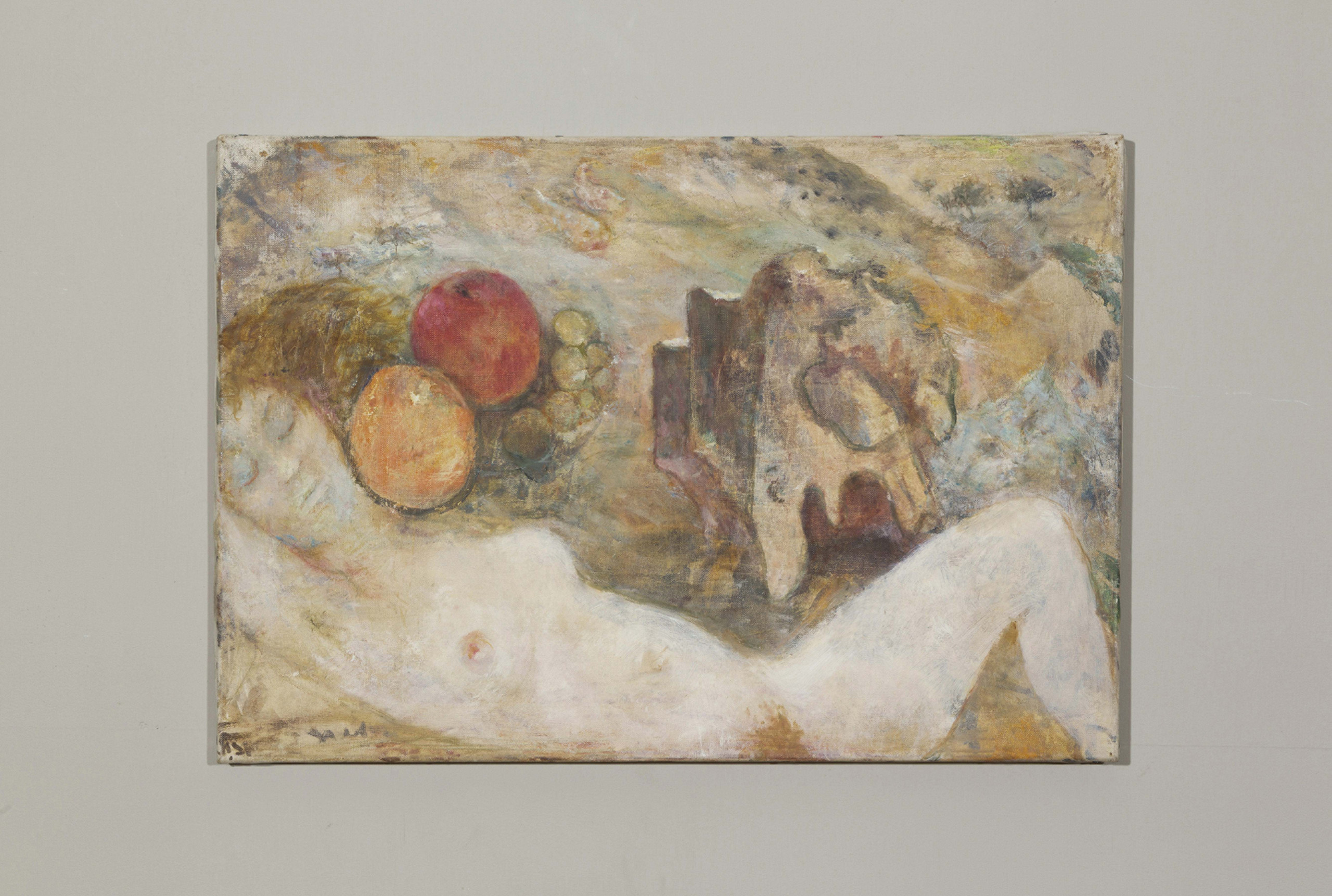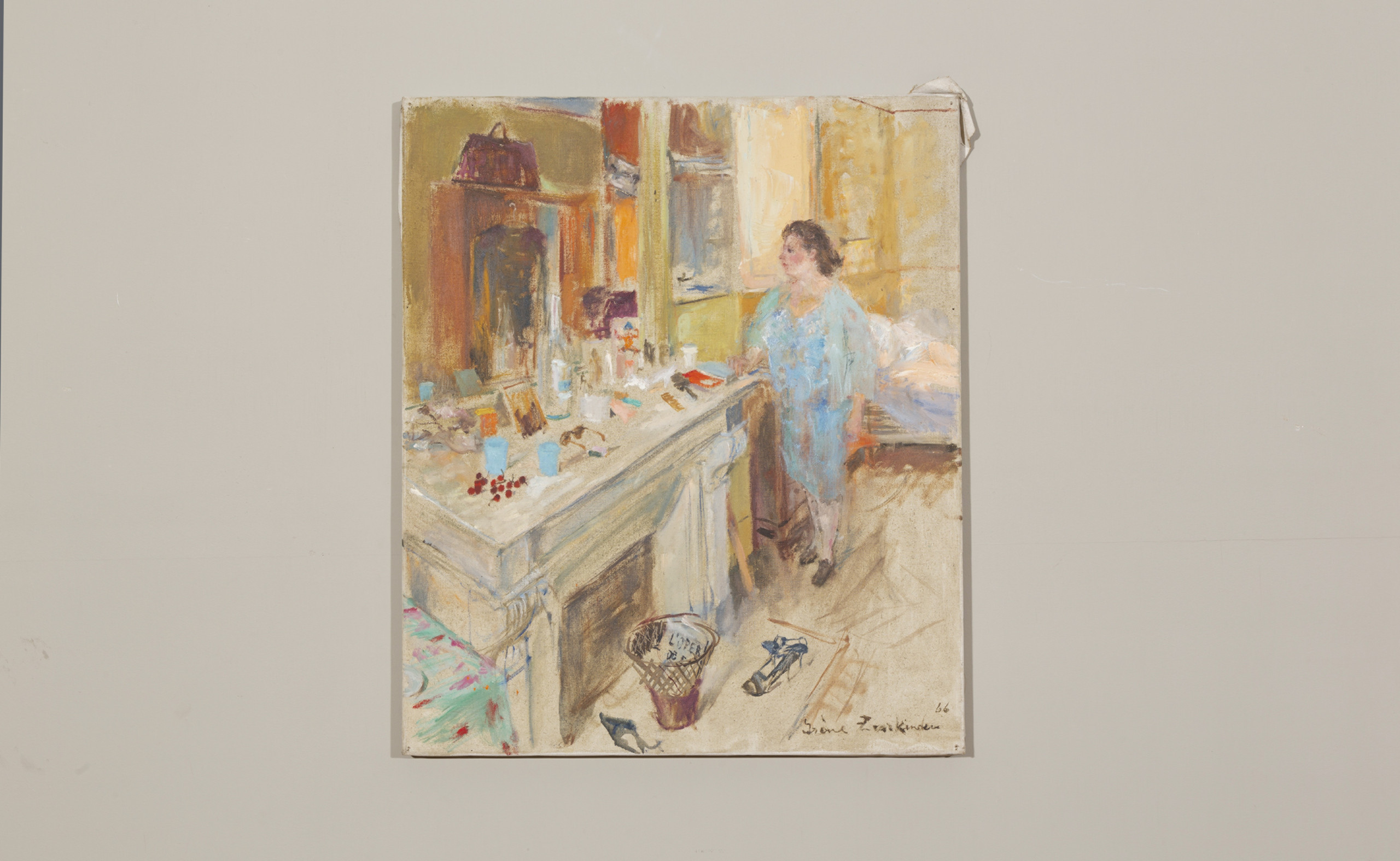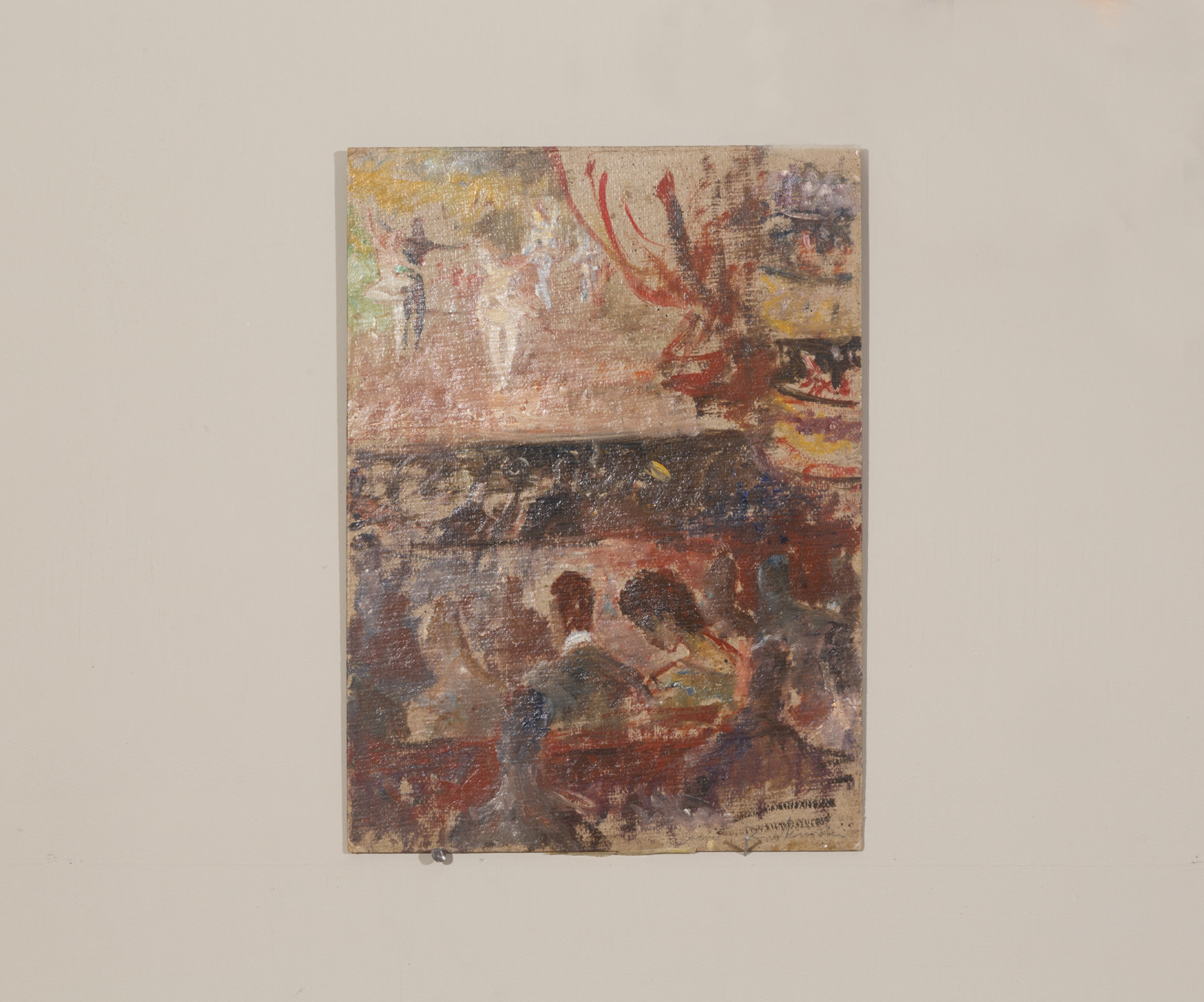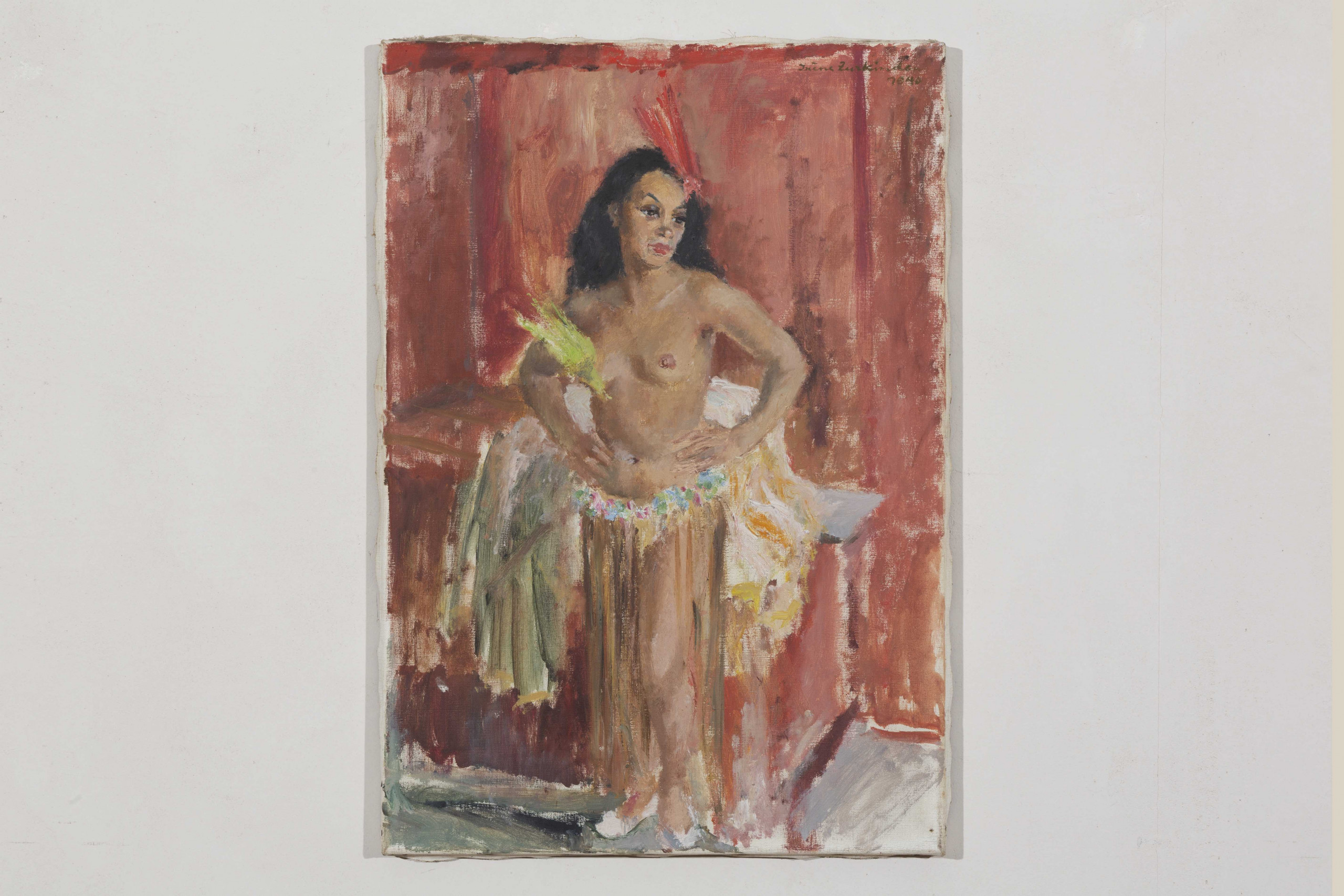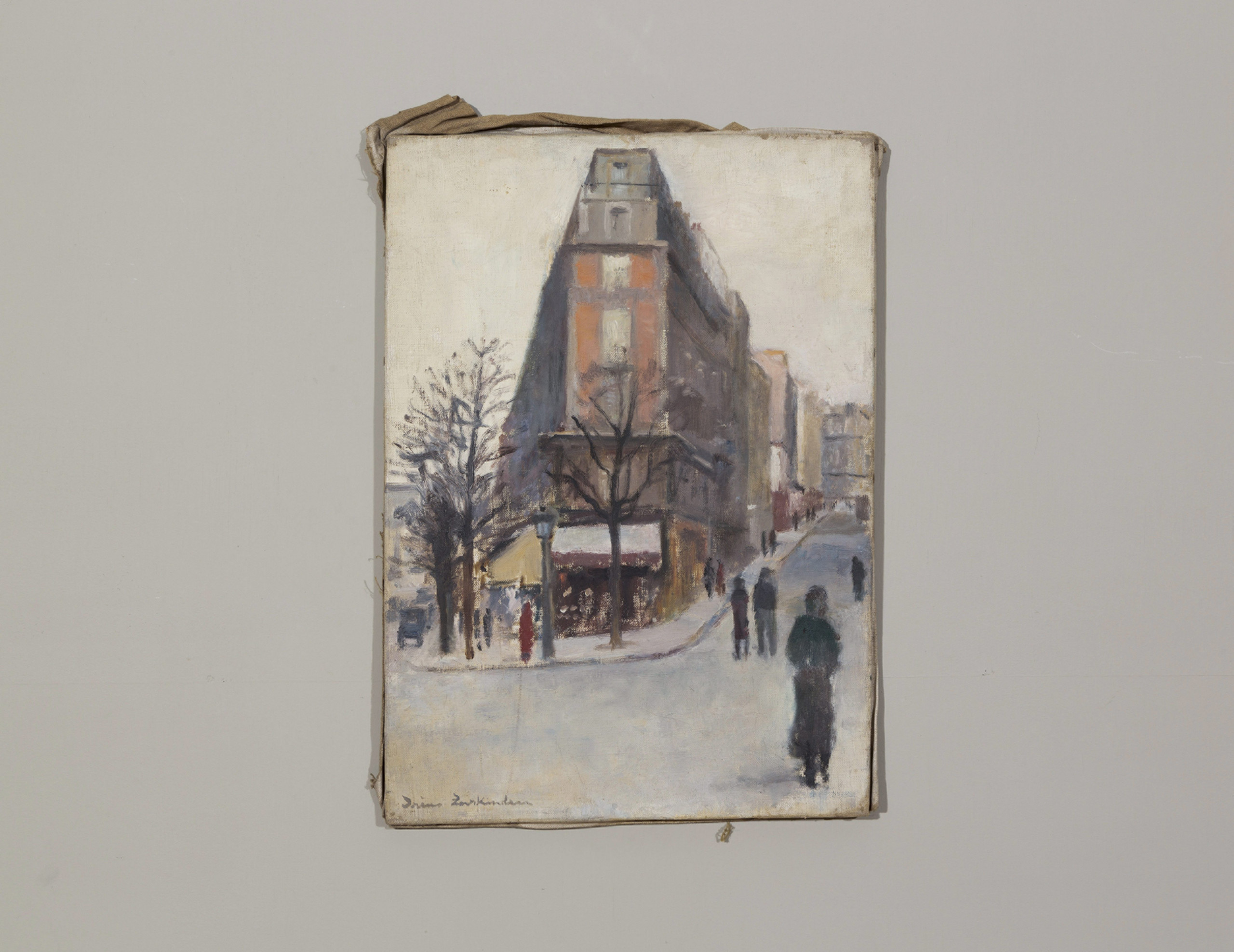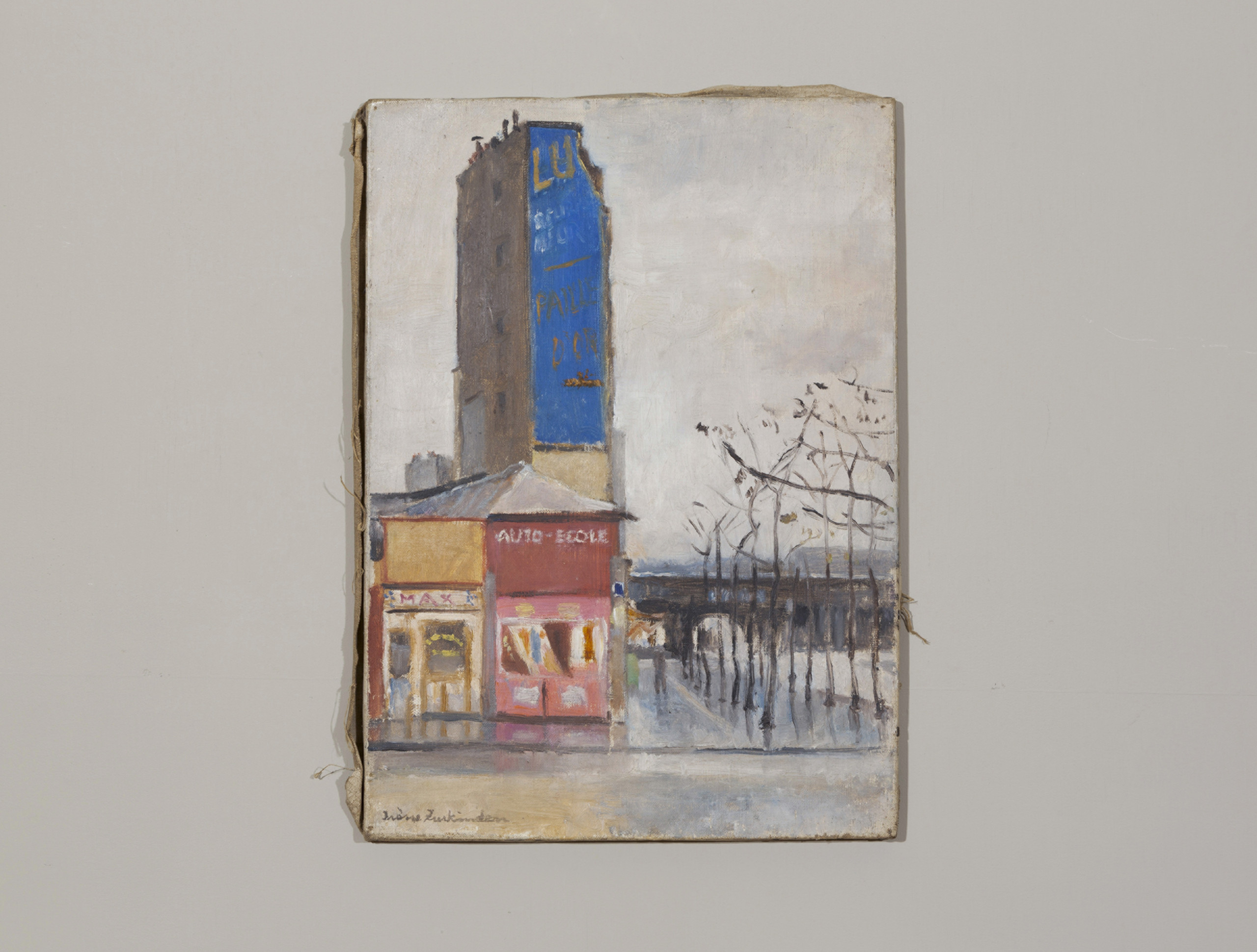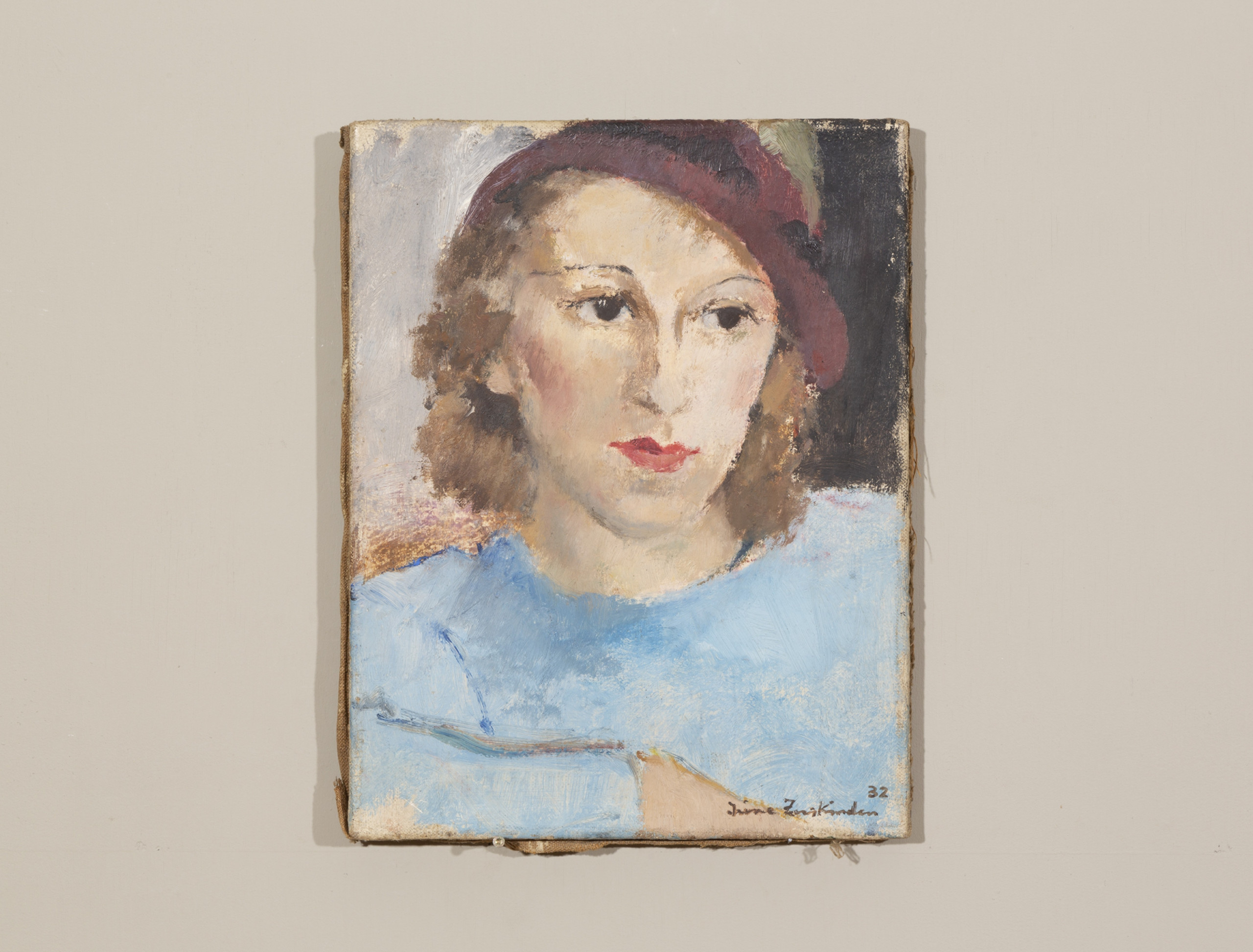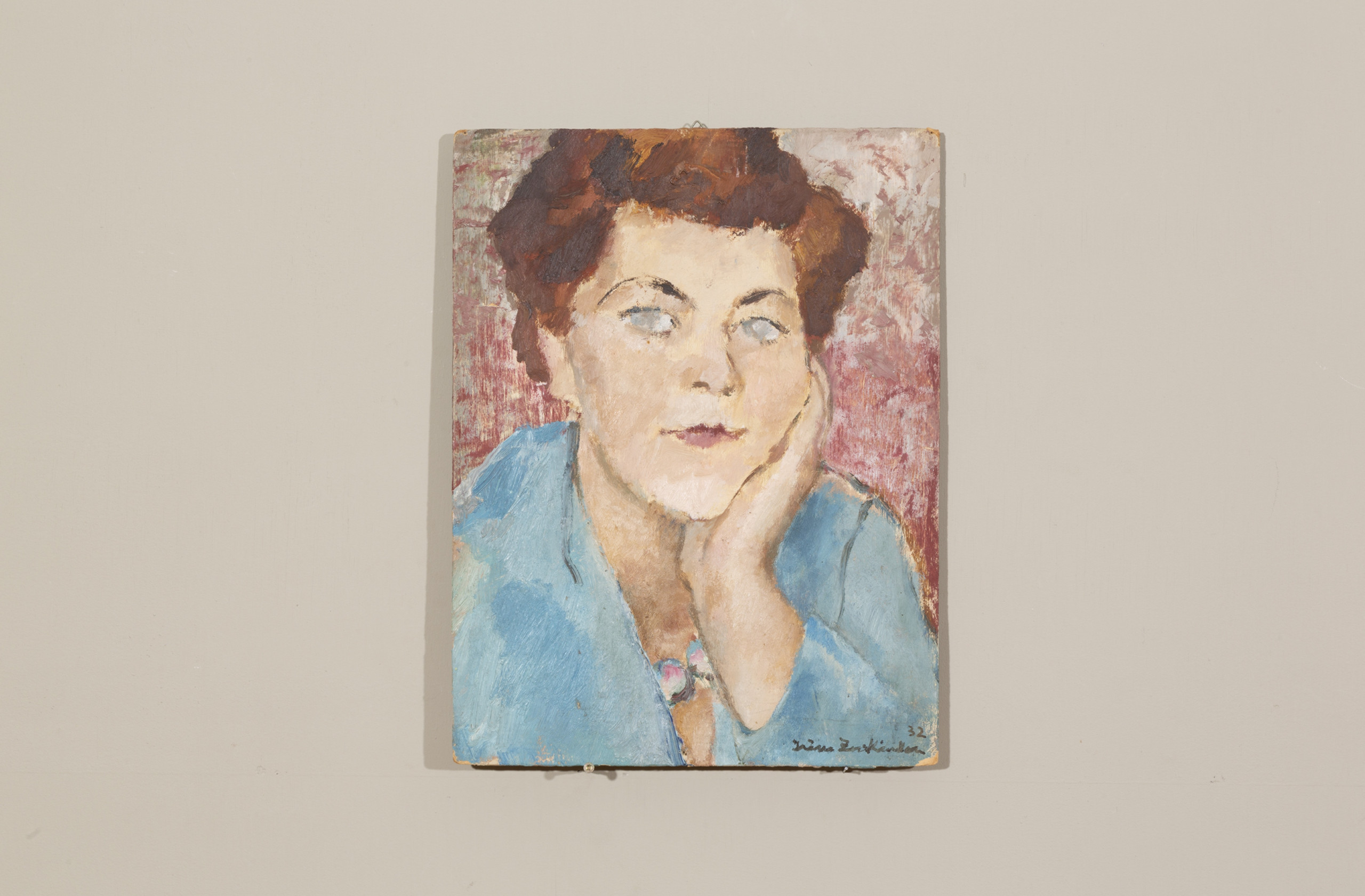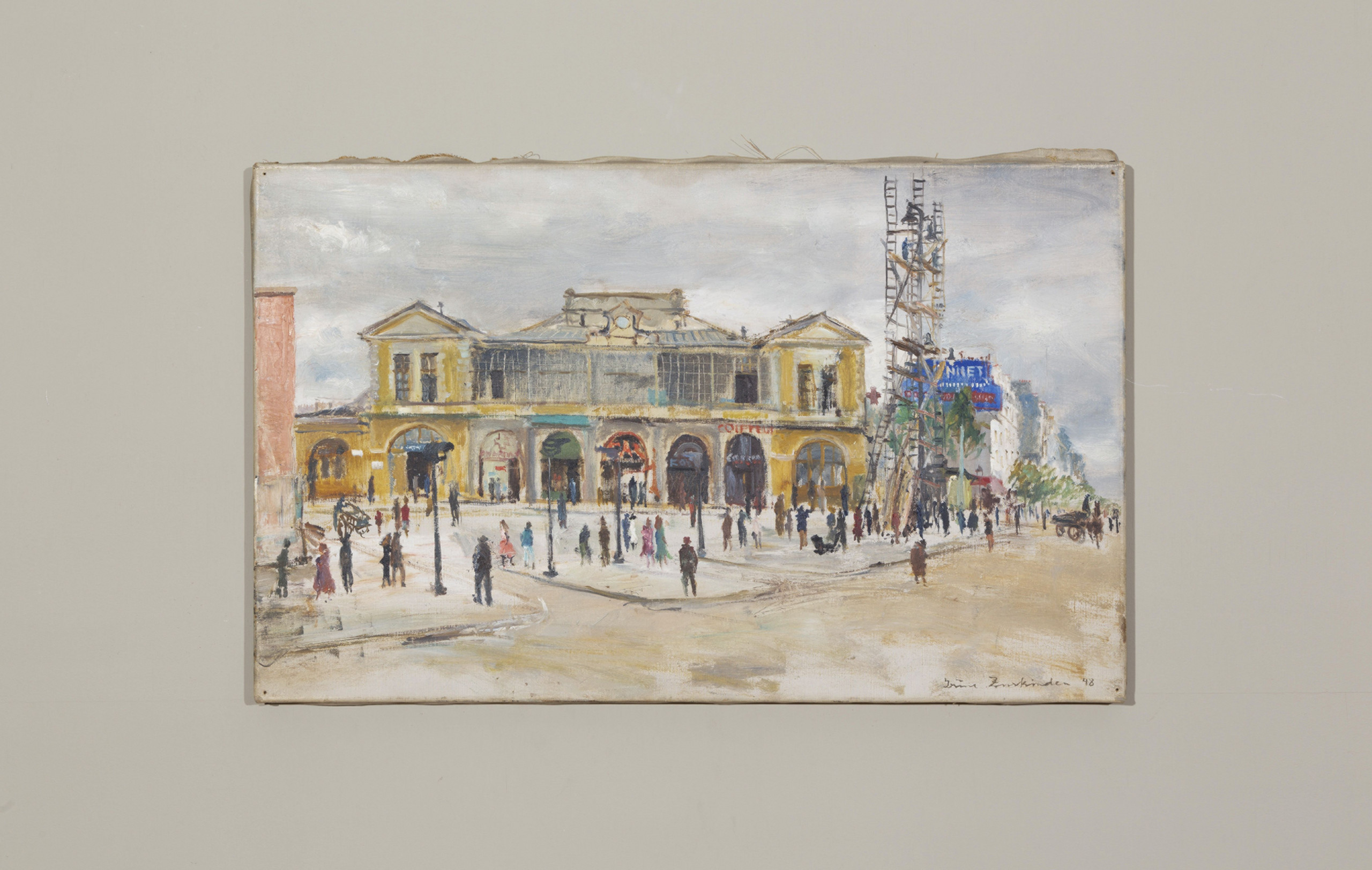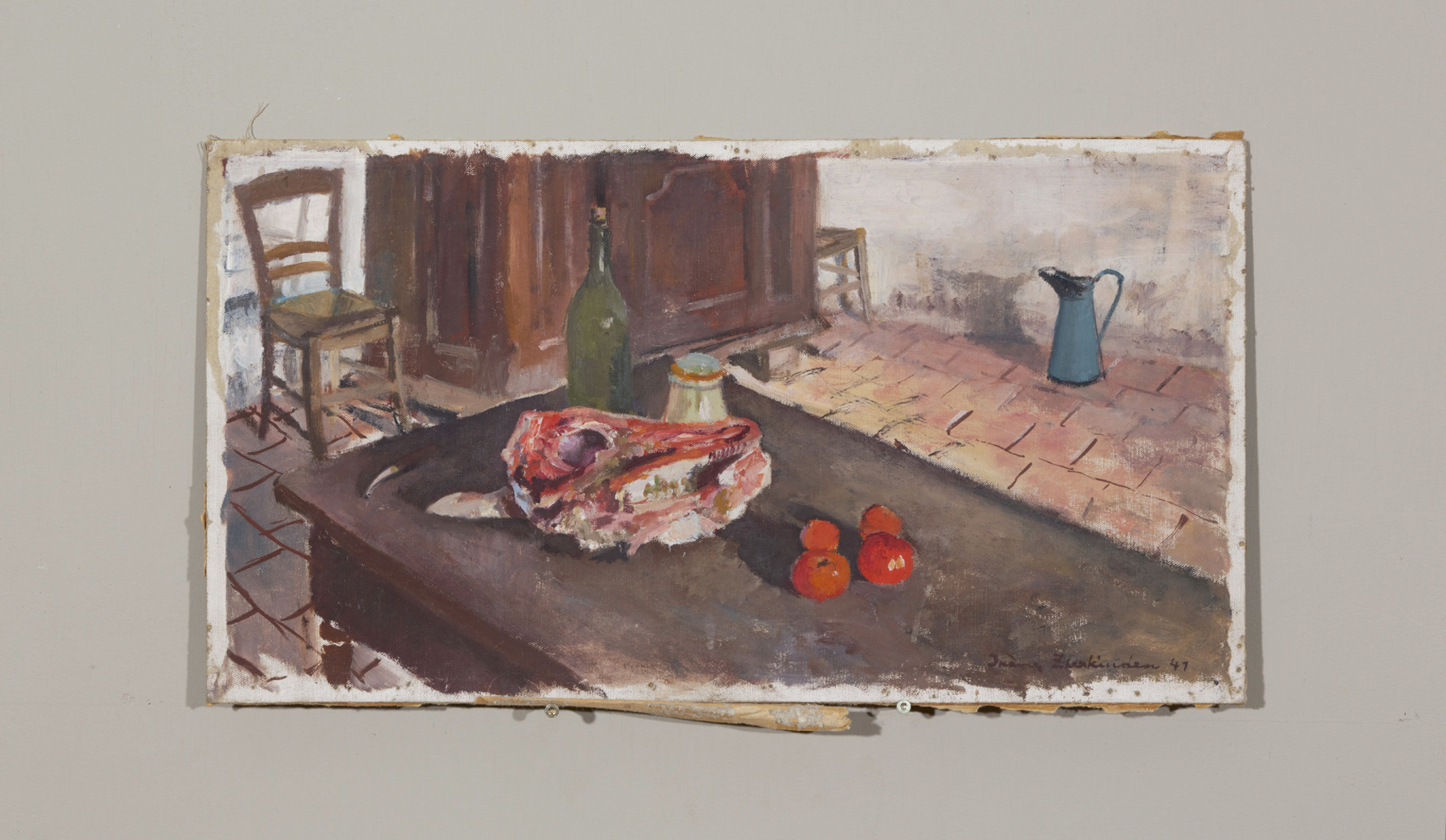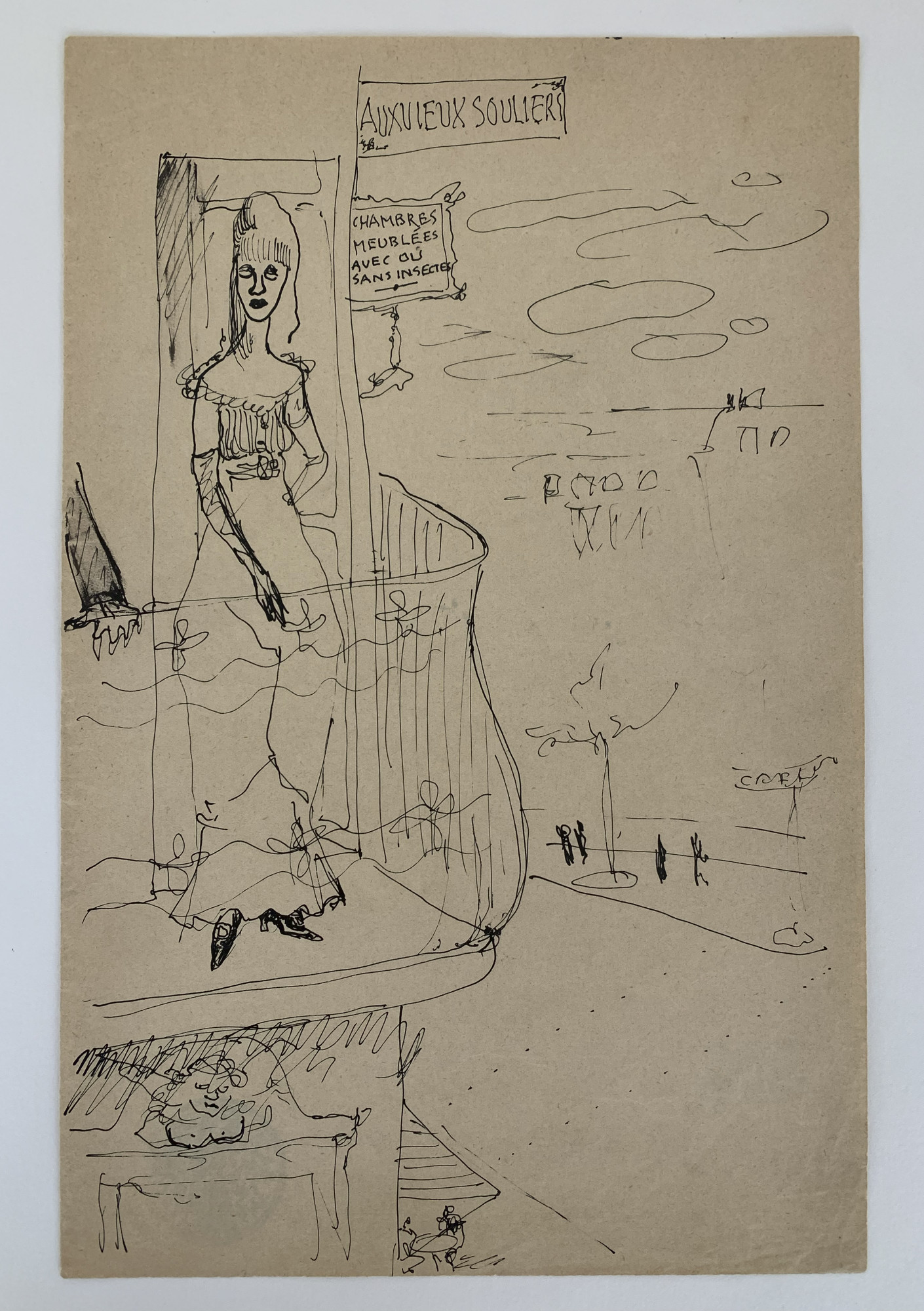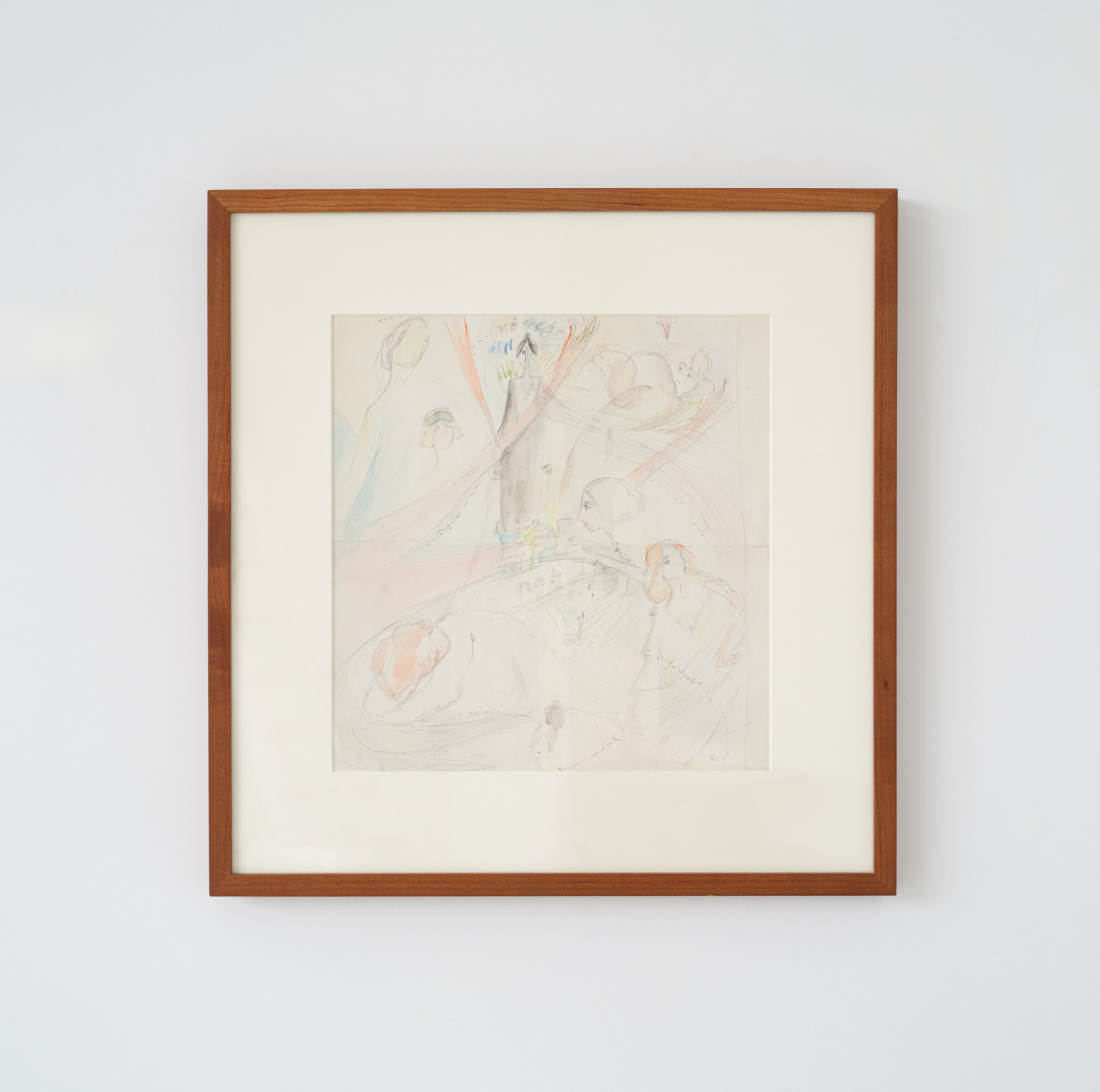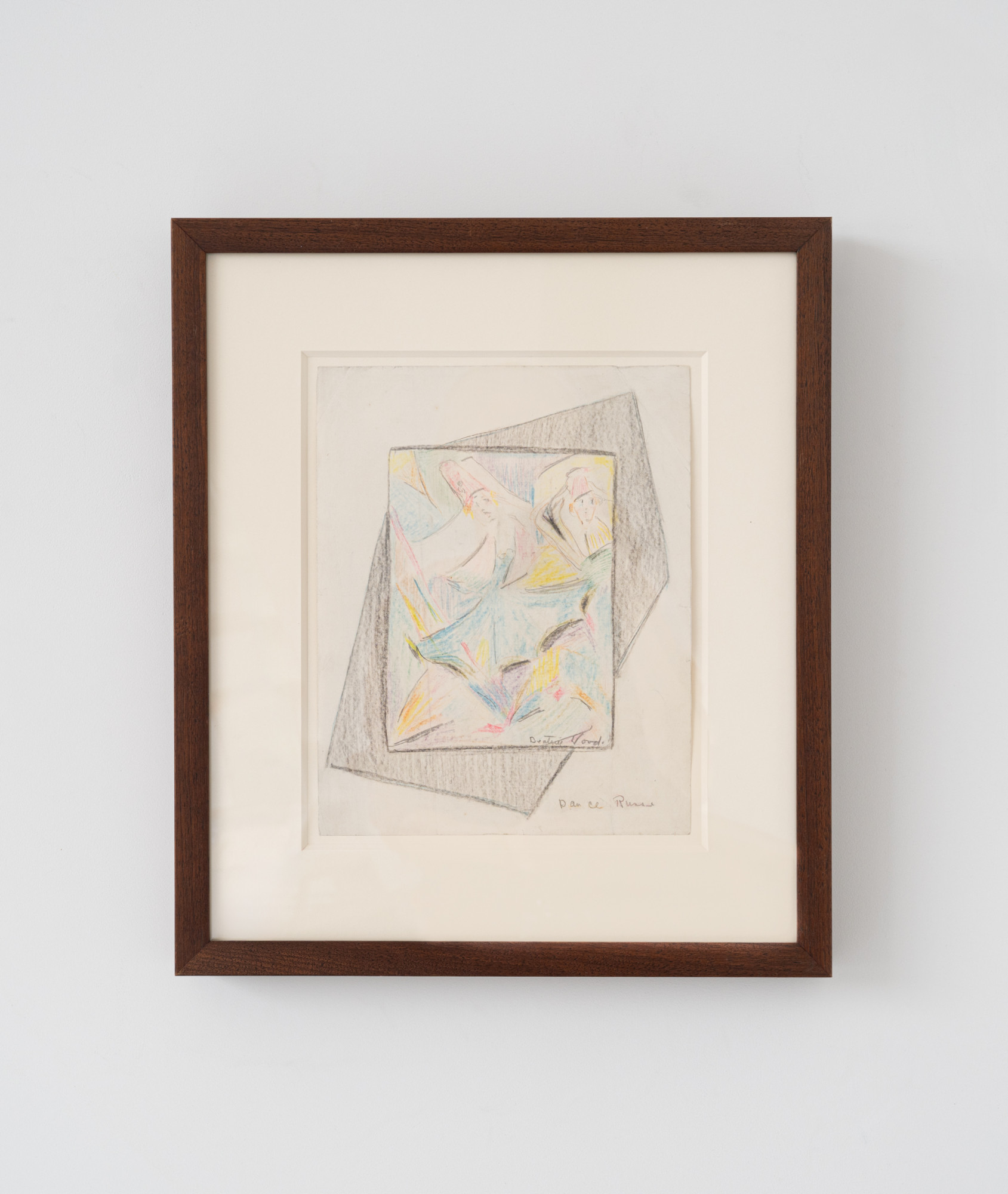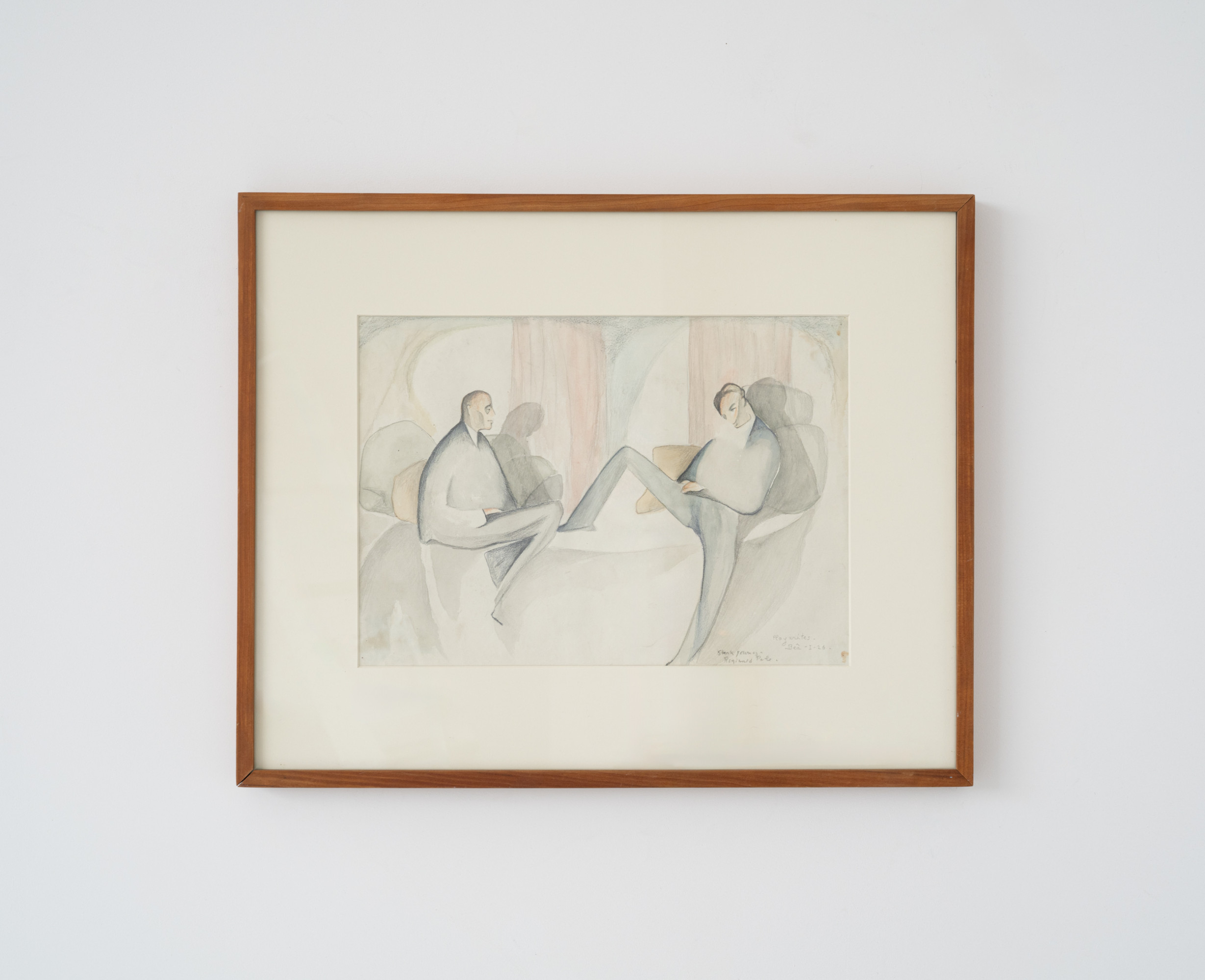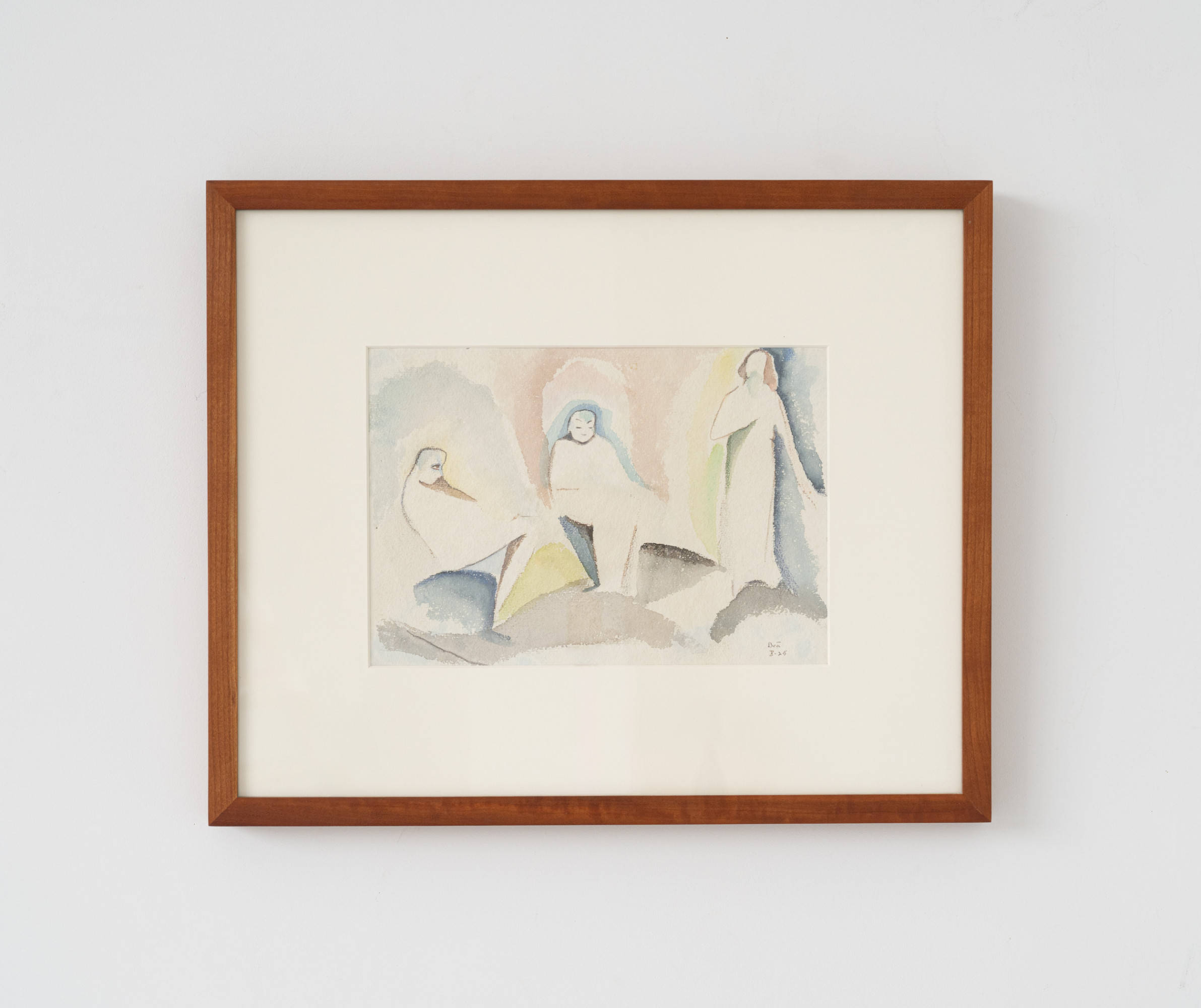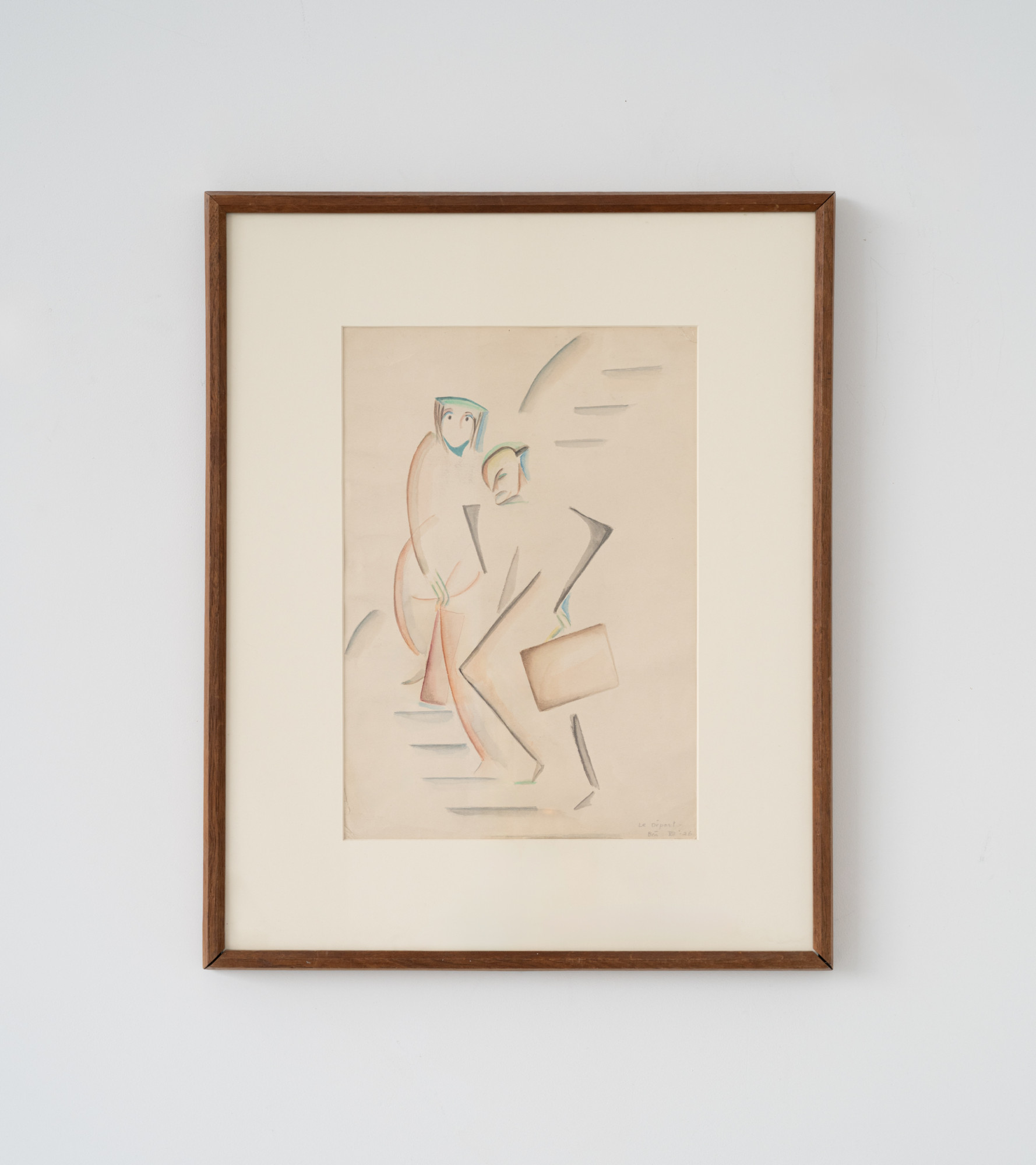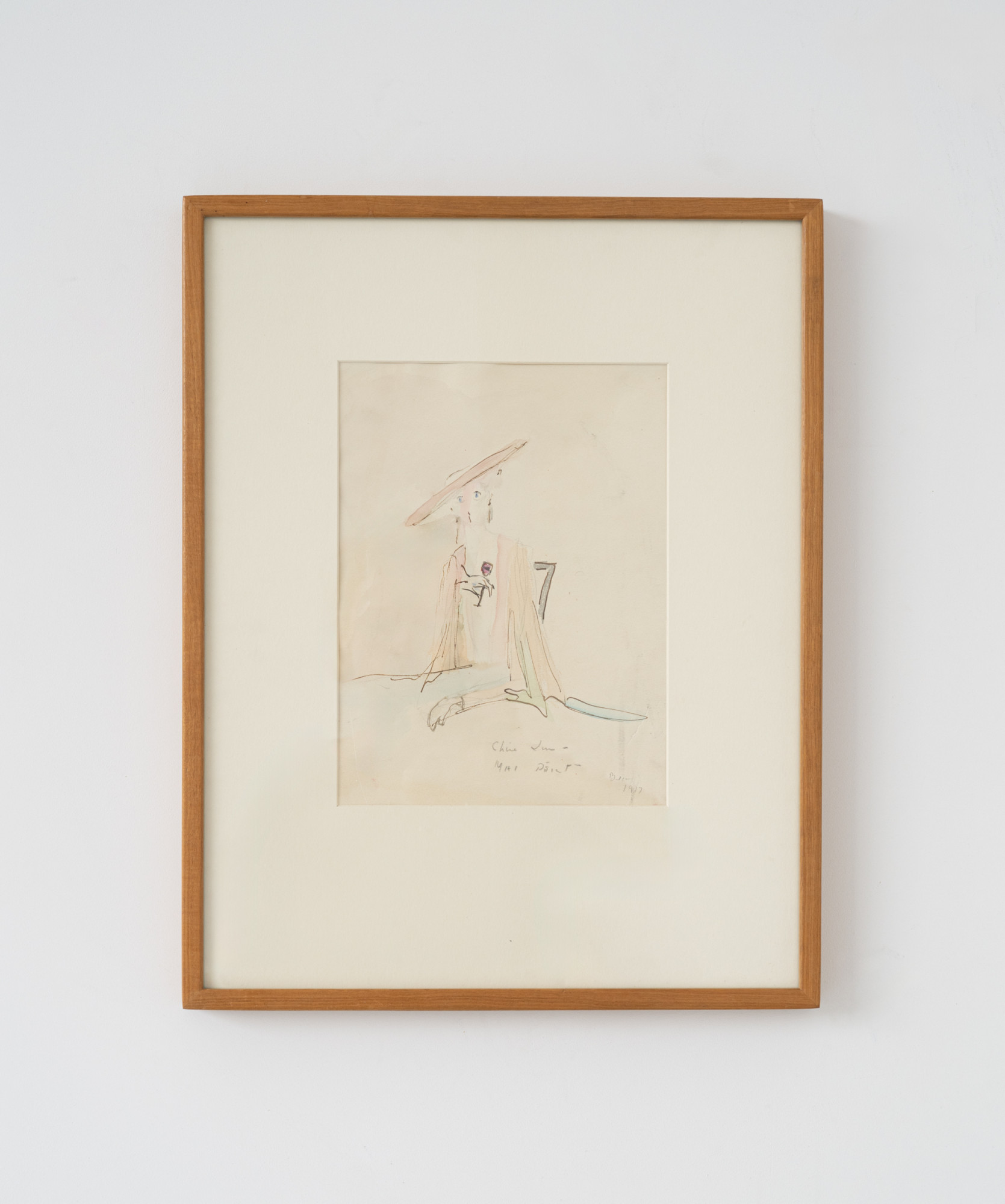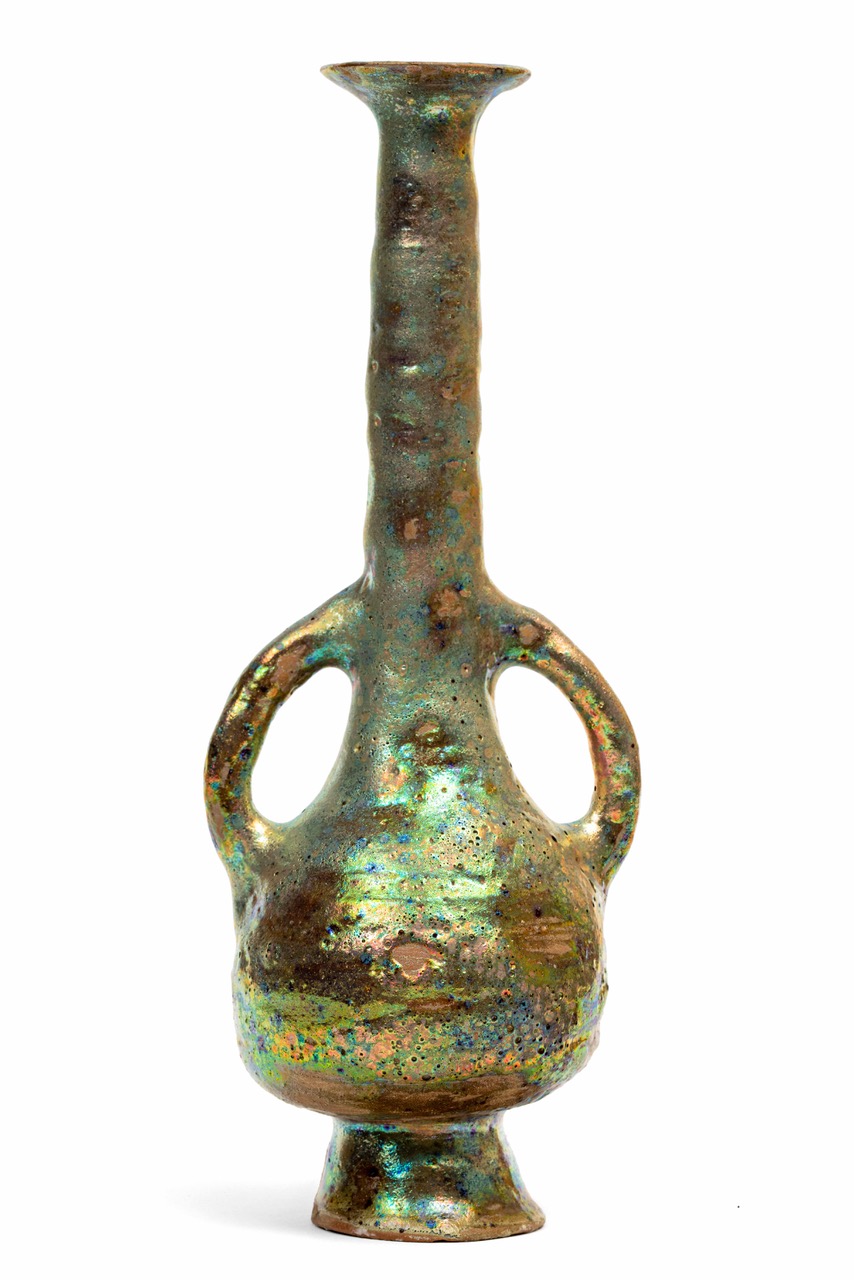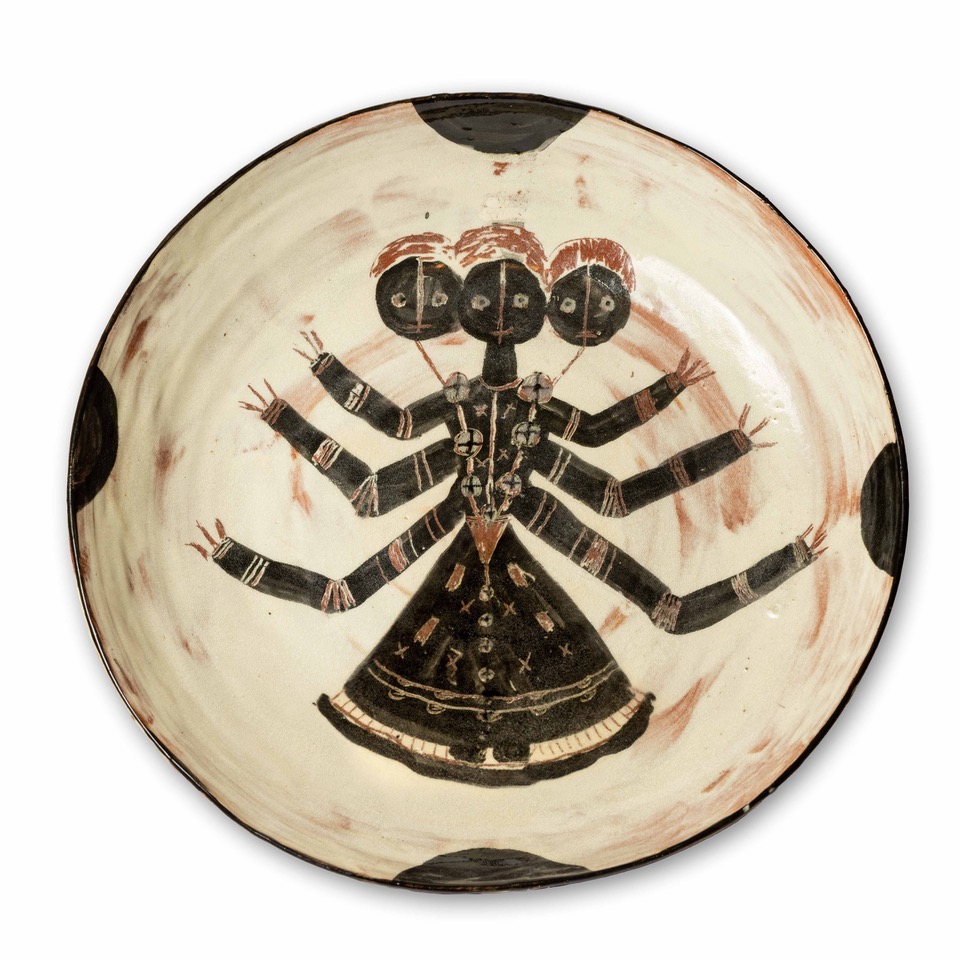Maison Ozenfant
Paris
Beatrice Wood, Irène Zurkinden
Dépasser
Mar 22, 2025
Apr 06, 2025
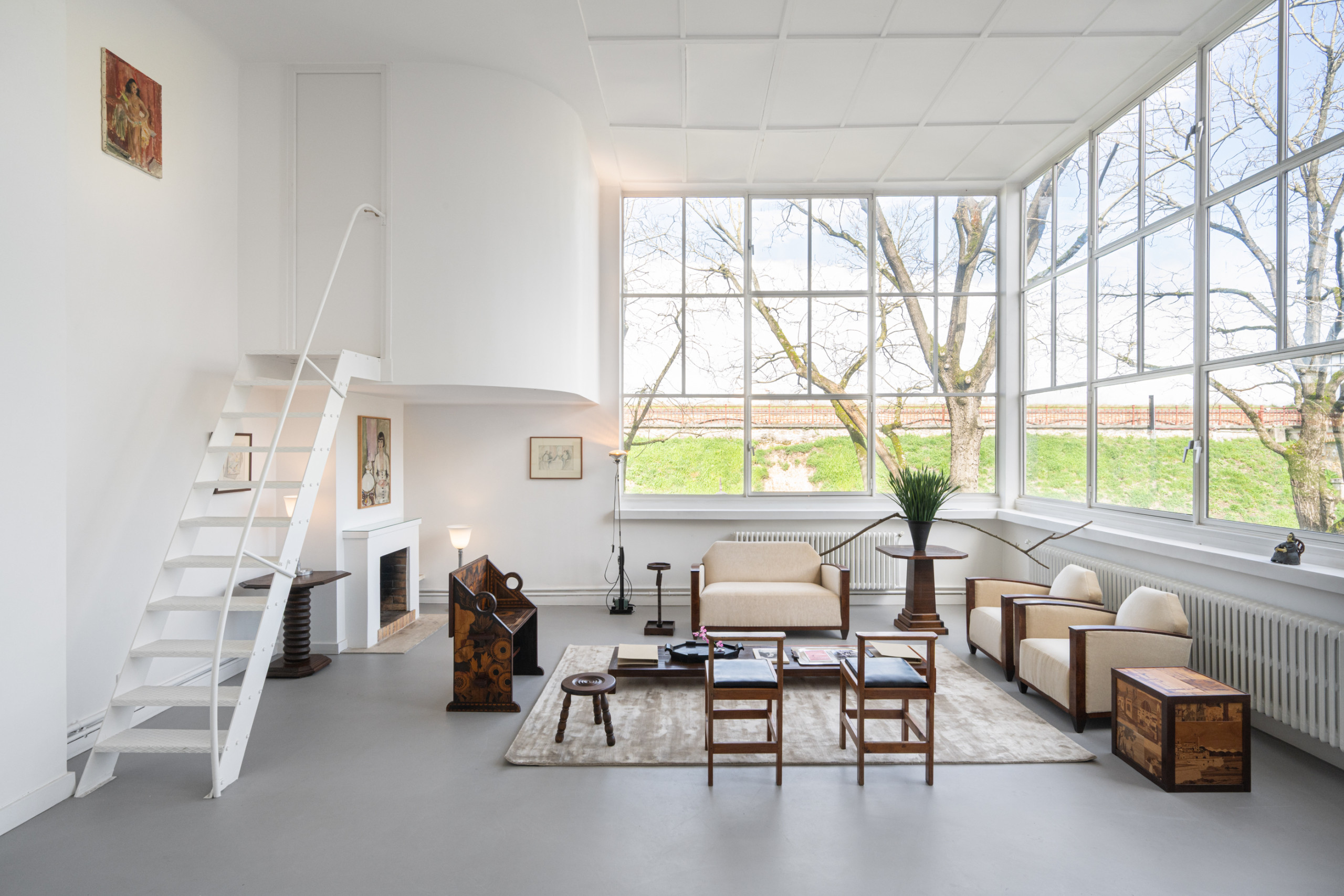
Fitzpatrick Gallery is proud to announce Dépasser, opening on March 22nd at Maison Ozenfant, the first villa designed by Le Corbusier in Paris. The exhibition will commence the gallery’s program of exhibitions in site-specific locations, and brings together the works of Beatrice Wood (1893-1998) and Irène Zurkinden (1909- 1987), initiating a previously unexamined dialogue between the two artists, whose careers and lives unfolded along strikingly parallel trajectories following their formative years in Paris.
The constraints placed upon women in the early 1900s—modesty, dependence, and societal restraint— were conditions that Wood and Zurkinden categorically rejected. Separated by the span of a decade, both artists defied conventions of gender, class, sexuality, and age, forging independent artistic paths against the prevailing currents of their time.
Born worlds apart—Wood in San Francisco (1893) and Zurkinden in Basel (1909)—each was drawn to Paris in their youth, a move that proved decisive in shaping their artistic practice and ideological stance. Wood, whose parents sought to temper her creative impulses, was sent to Paris to study theatre at the Comédie-Française and drawing at the Académie Julian; however, the outbreak of World War I forced her return to New York, altering the course of her artistic evolution. By contrast, Zurkinden’s family actively encouraged her pursuits, securing a grant that enabled her to study at the Académie de la Grande Chaumière in the late 1920s. Immersed in Montparnasse’s avant-garde milieu, she introduced her childhood friend Meret Oppenheim to the Surrealist fold before departing Paris at the onset of World War II.
Though their direct encounters with Paris were brief, the city remained an enduring presence in their artistic identities. Dépasser seeks to frame these two pioneering artists around their Paris years. The exhibition’s setting—Maison Ozenfant, designed by Le Corbusier and Pierre Jeanneret for artist Amédée Ozenfant— underscores the exclusionary structures of the early modernist canon and the resilience required of women artists to navigate such spaces.
Despite their differing backgrounds, both Wood and Zurkinden arrived at similar forms of artistic autonomy. Wood, a rebellious socialite in her youth, ultimately fled her privileged life and turned to ceramics as a means of survival. Zurkinden, raised in modest circumstances, maintained a practice that spanned commercial and non-commercial work, yet always remained financially independent. Their defiance of artistic and societal expectations was not just a matter of creative expression but of lived experience.
While the two artists never crossed paths, their circles overlapped. Wood’s proximity to Marcel Duchamp led to her becoming a key figure within Dada’s experimental vanguard, earning her the moniker Mama of Dada. Zurkinden, fluidly moving between Basel, Paris, and Berlin, cultivated a radical artistic network, shifting between Surrealism and Neo-Impressionism while maintaining a distinct visual language rooted in the raw energy of her subjects. Man Ray, a founding figure of Dada and the surrealist movement, serves as a direct connection between the two; having photographed Zurkinden in the 1930s in Paris, while decades earlier, in New York and later in Los Angeles, Ray frequented the salons of collectors like the Arensbergs, where Wood was a prominent fixture.
Theatre, too, shaped both artists’ practices. Wood’s background as a dancer and actress in New York informed the performative quality of her work—its humor, exaggeration, and flamboyance. Even her iridescent glazes and ornamental ceramics carry an inherent theatricality. Zurkinden, by contrast, approached her subjects with a quiet but incisive gaze, privileging observation over spectacle. Her later work in set and costume design for Basel’s theatres further reflected her preference for working behind the scenes rather than occupying the limelight.
Their personal lives, much like their artistic practices, eluded conventional narratives. Wood, ever the iconoclast, spent much of her life in quiet defiance of her family’s prescribed notions of propriety—marrying three times and remaining an irrepressible flirt well into her centenary. Zurkinden approached relationships with the same fluidity that defined her artistic sensibility, engaging in affairs with both men and women. Motherhood, however, left her caught between artistic ambition and maternal duty—she moved between the avant-garde circles of Paris and the domestic pull of Basel, perpetually negotiating a life suspended between creation and care.
Wood’s Et toujours pourquoi (1917) contains the words Impulse and Dépulse, the latter an invented term, suggesting an interplay between compulsion and resistance, movement and constraint. Created during a period of familial obligation in New York, the work hints at her longing to reclaim the artistic autonomy she first tasted in Paris. Zurkinden, too, imbued her work with poetic fragments: Le retour à la réalité comme un rêve dissipé. (…) Laisser le temps partir seul, ne même pas le suivre du regard ni du regret. (The return to reality is like a dissipated dream… Let time leave alone, not even following it with a glance or a regret.) These words encapsulate the artist’s perpetual motion, her refusal to be tethered to any one place, identity, or medium.
Neither artist remained fixed in one place for long, each embodying a restless pursuit of reinvention. Though their time in Paris was fleeting, it marked their first experiences of true autonomy, setting the stage for their uncompromising careers. In this spirit, Dépasser—meaning to surpass, or to exceed—reflects their shared defiance of limits and their embrace of artistic and personal freedom. This ethos, and that of the artists’ peripatetic nature, mirrors Fitzpatrick Gallery’s own evolution into a nomadic model, unfolding as an itinerant series of exhibitions worldwide.
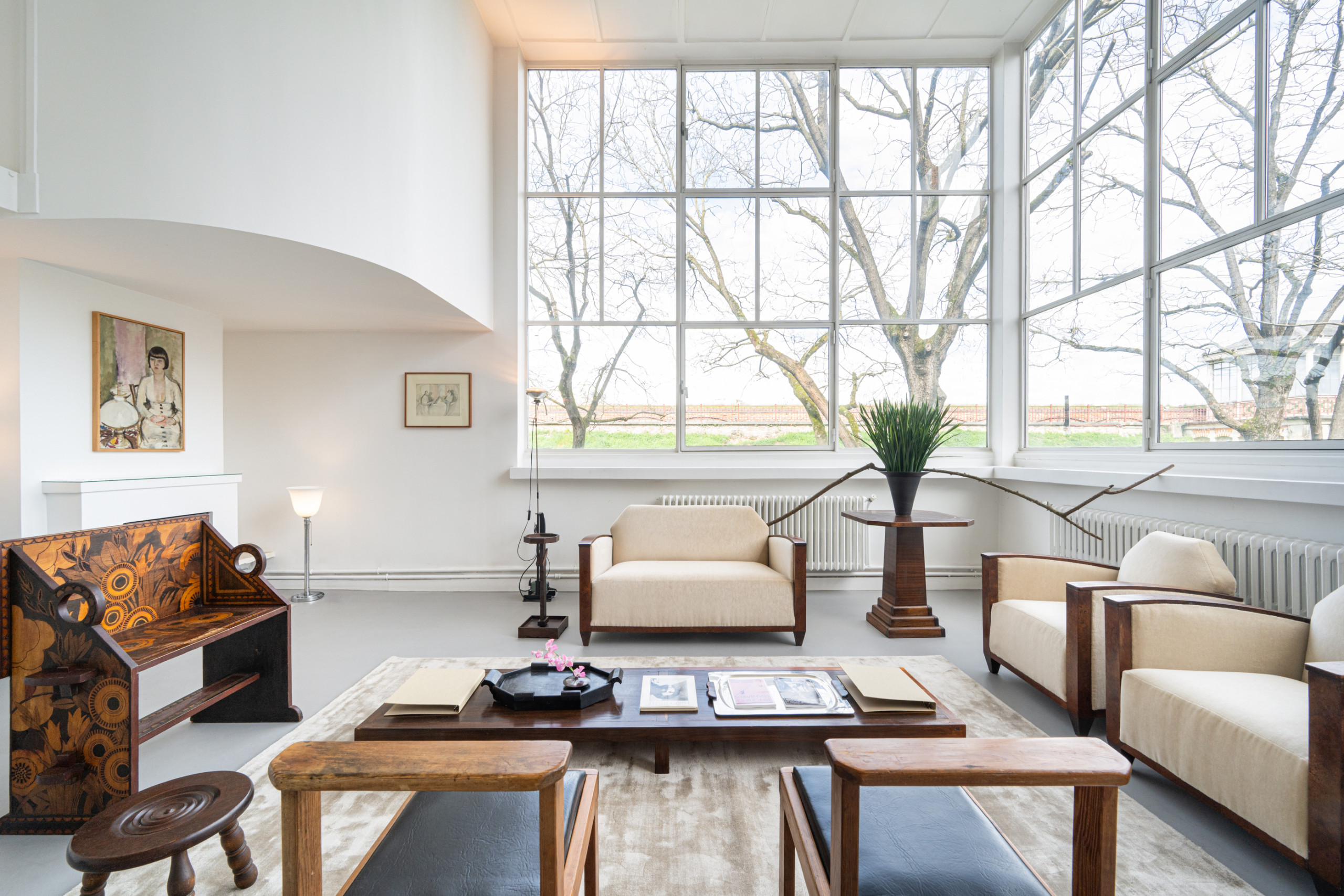
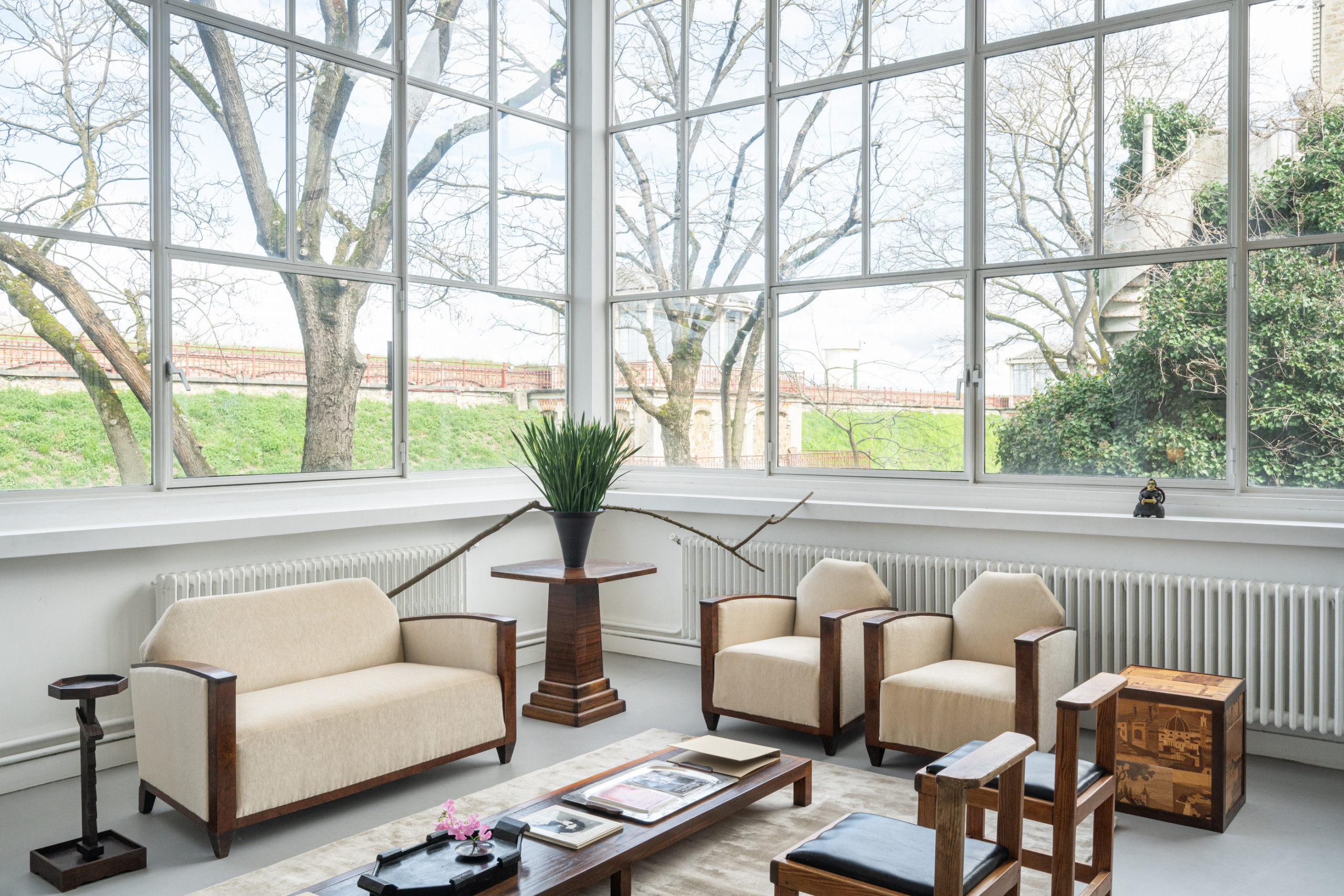
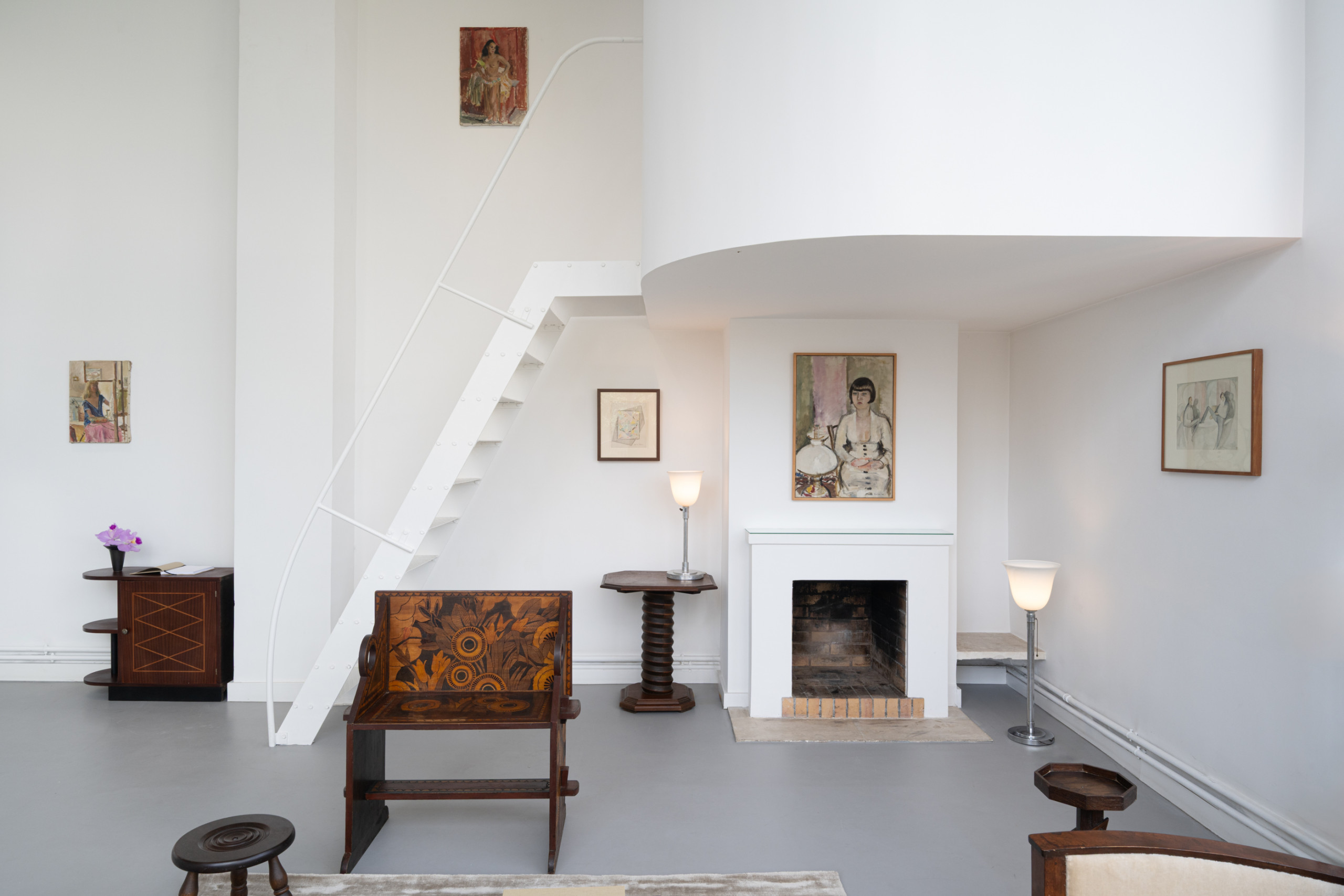
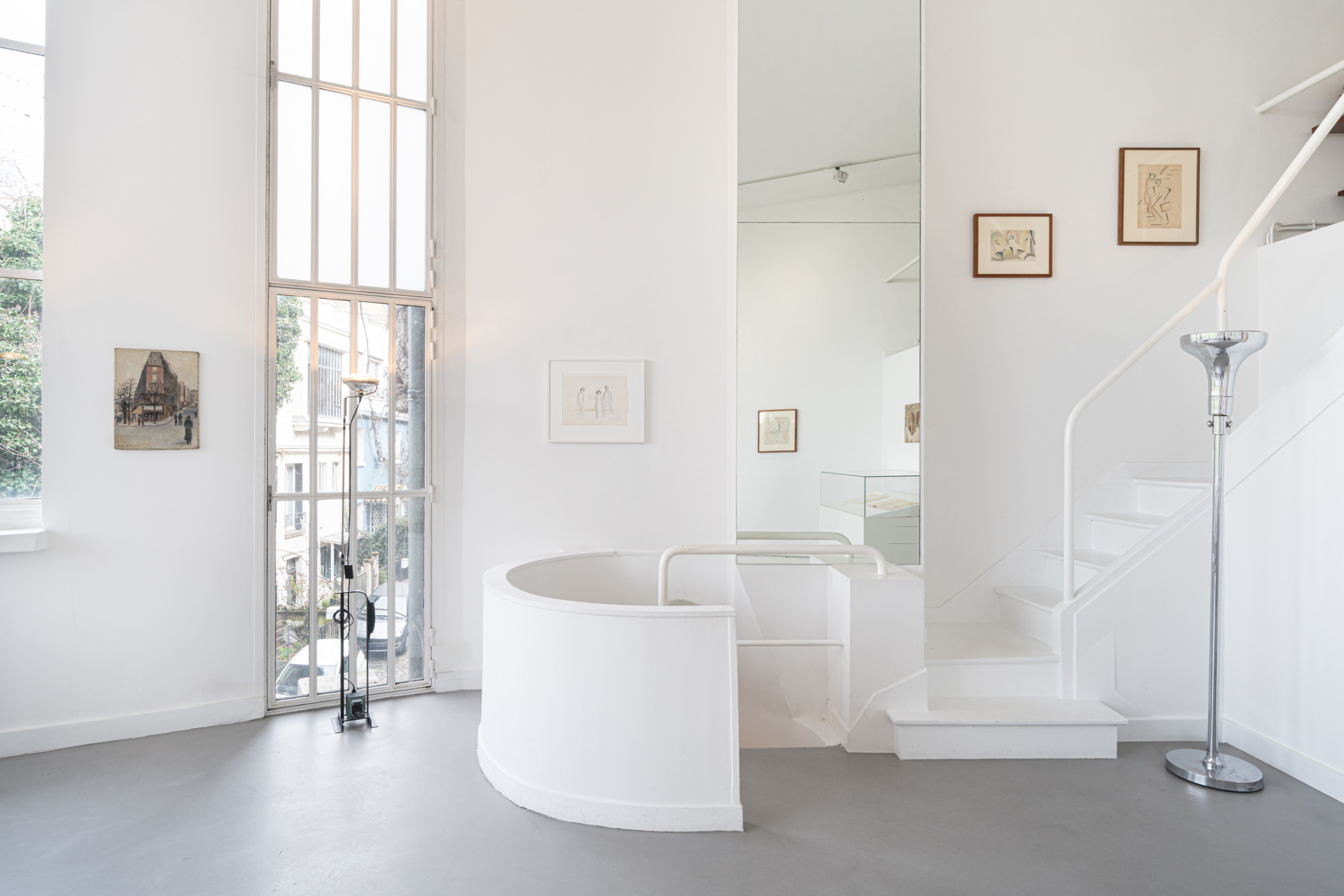
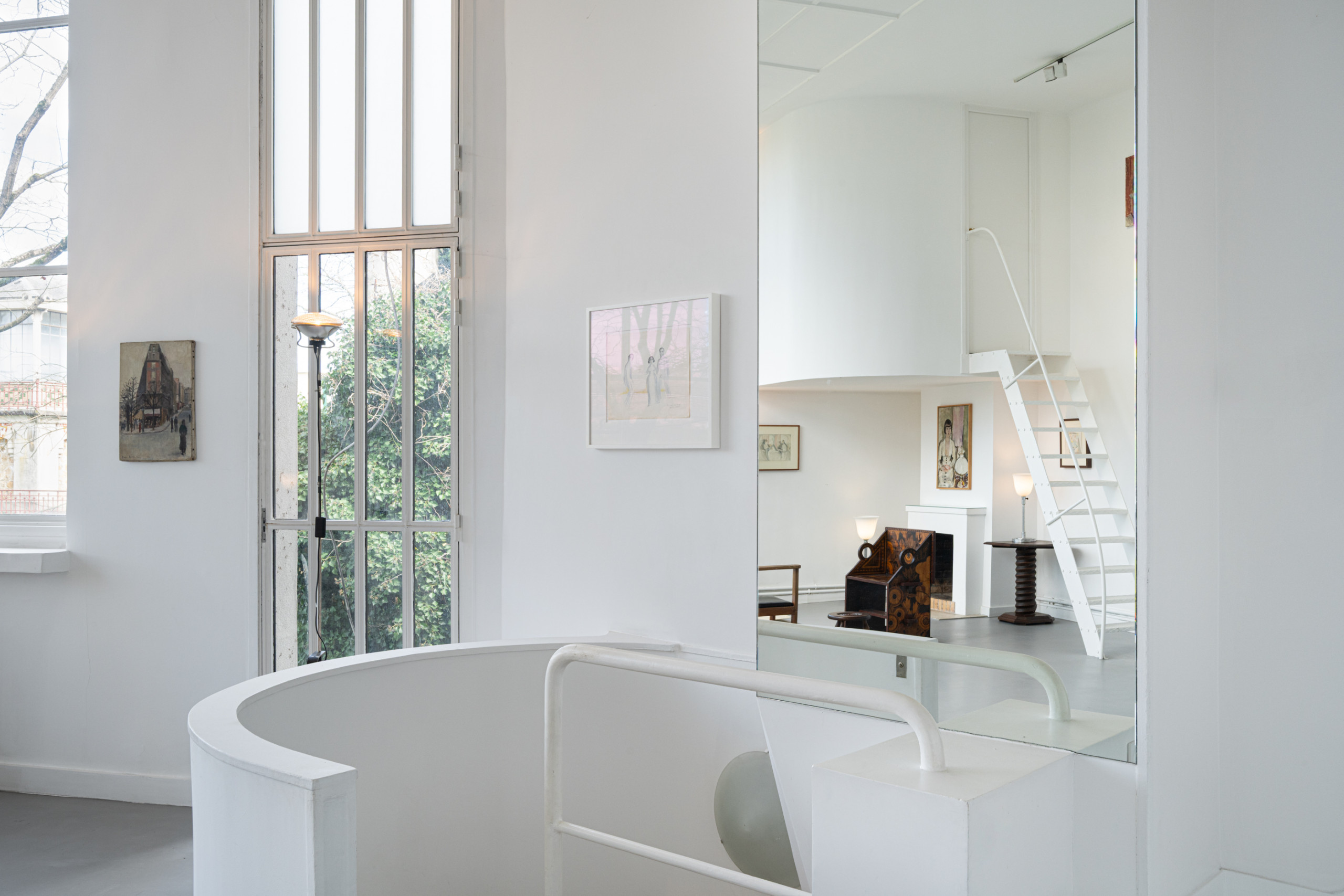
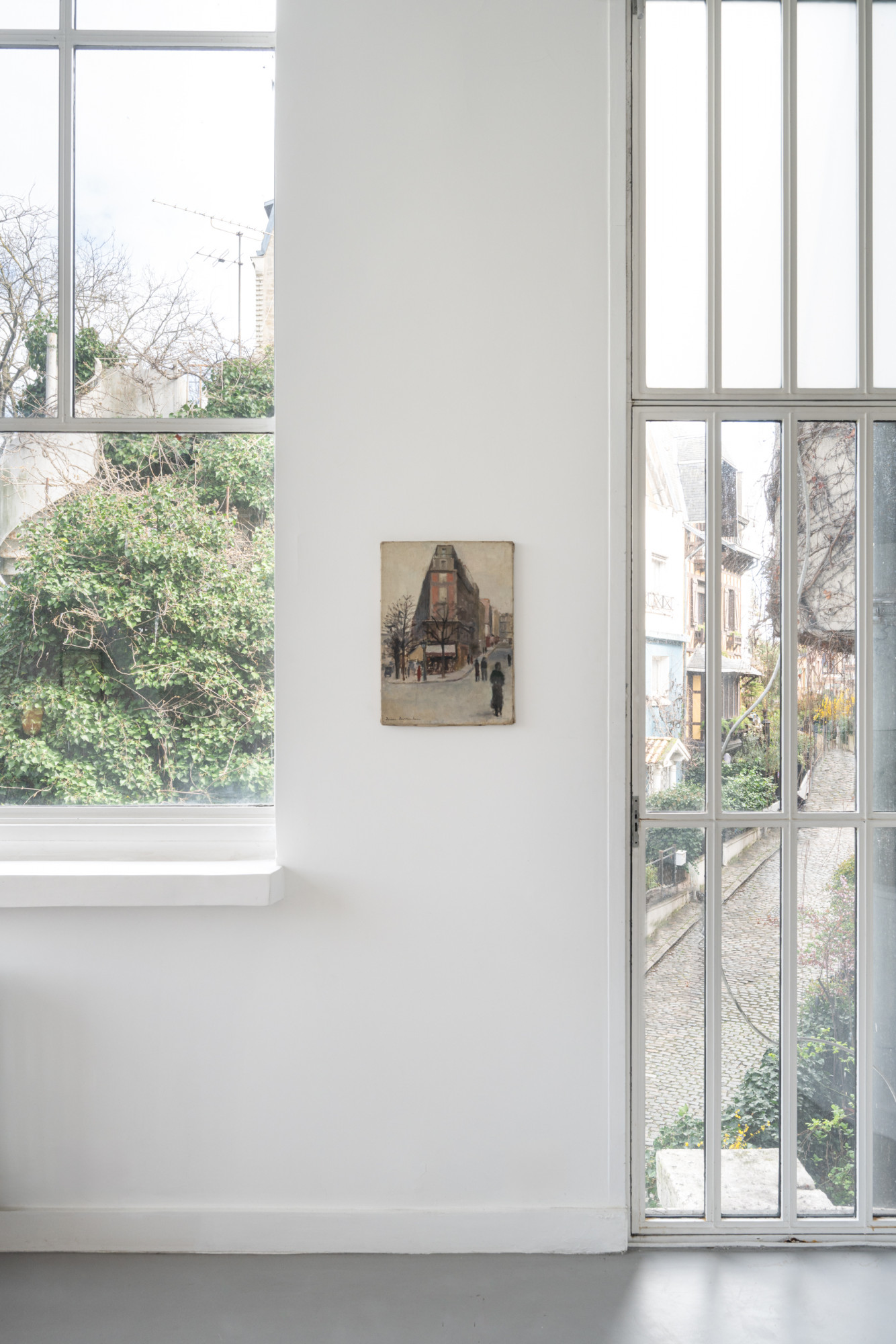
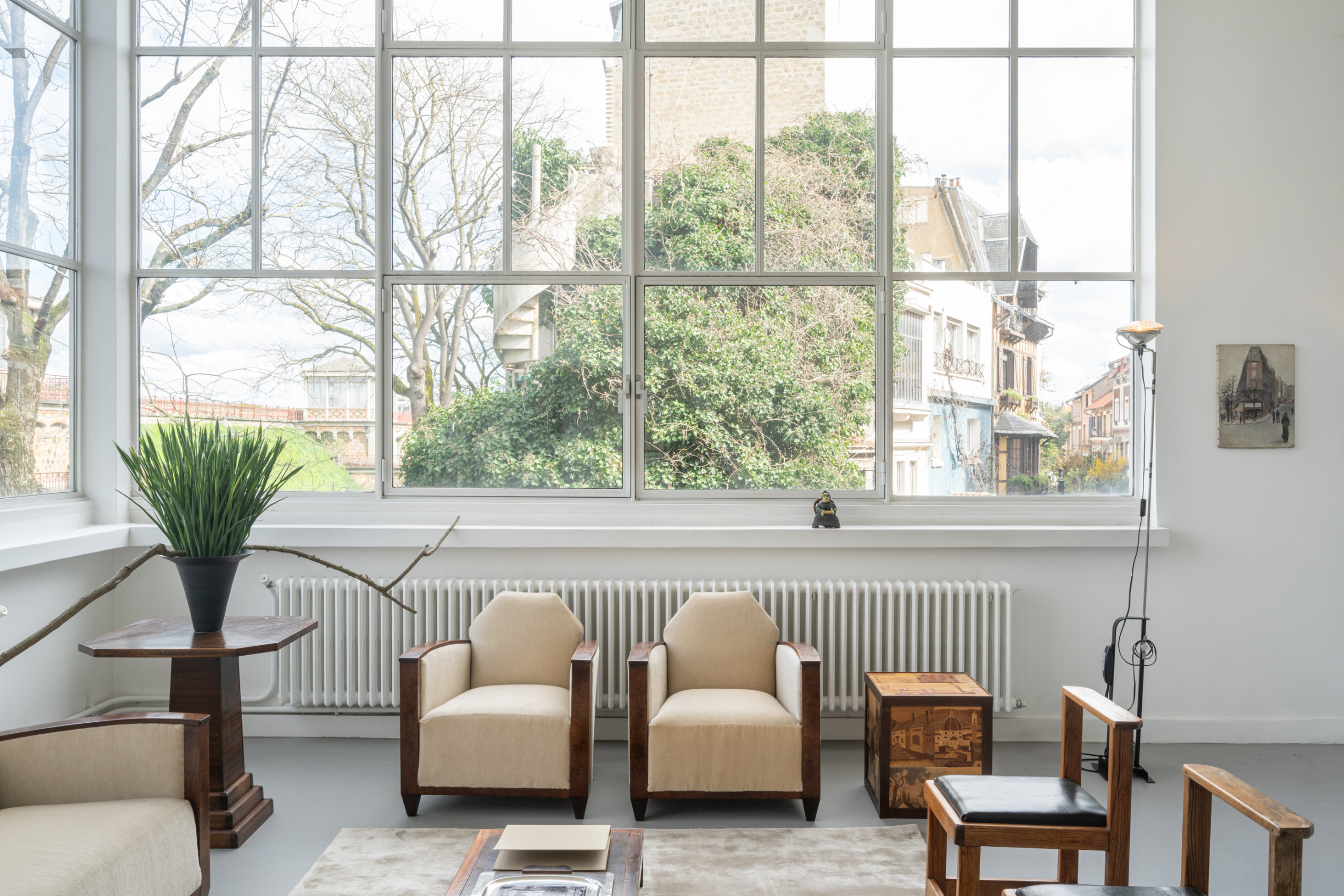
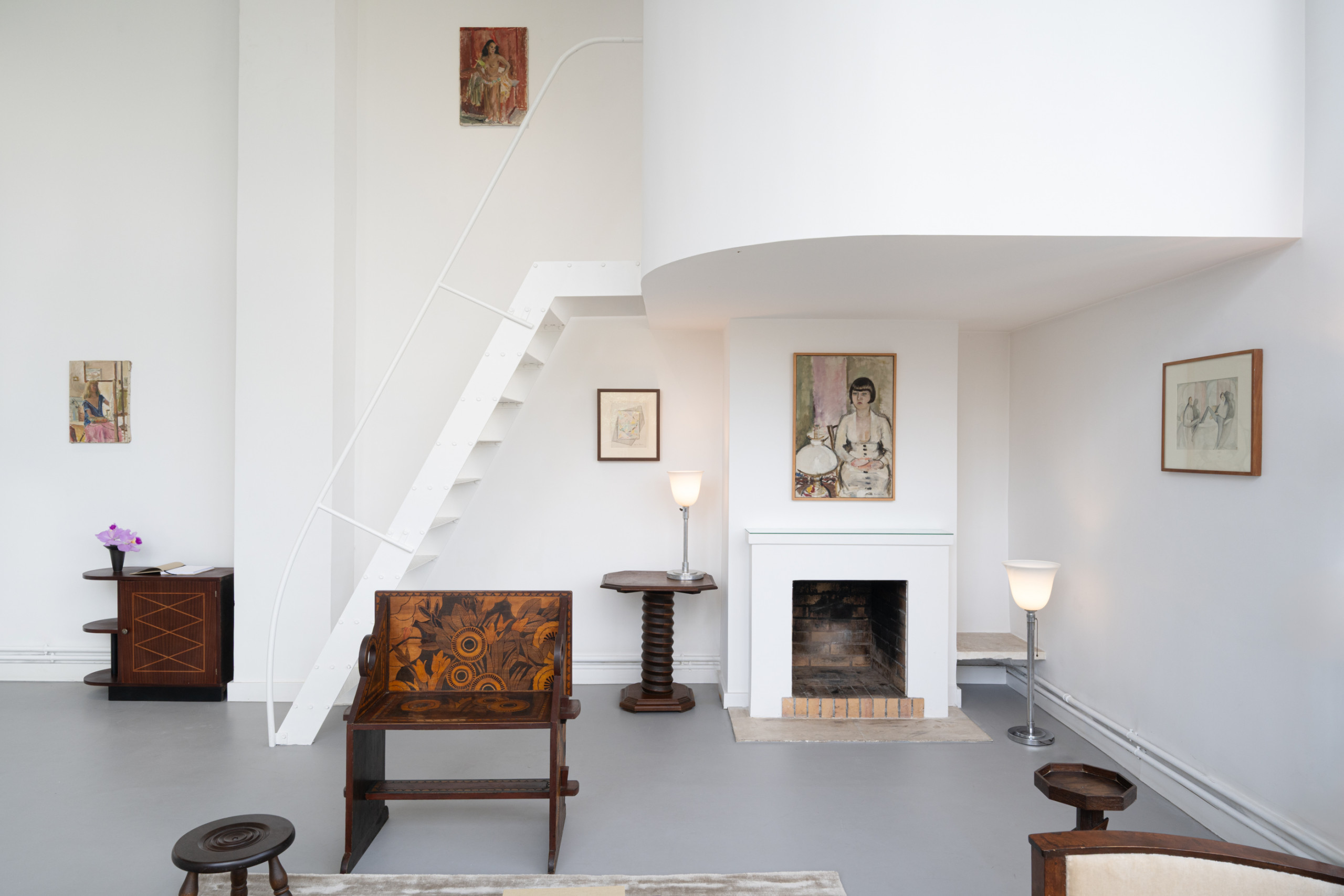
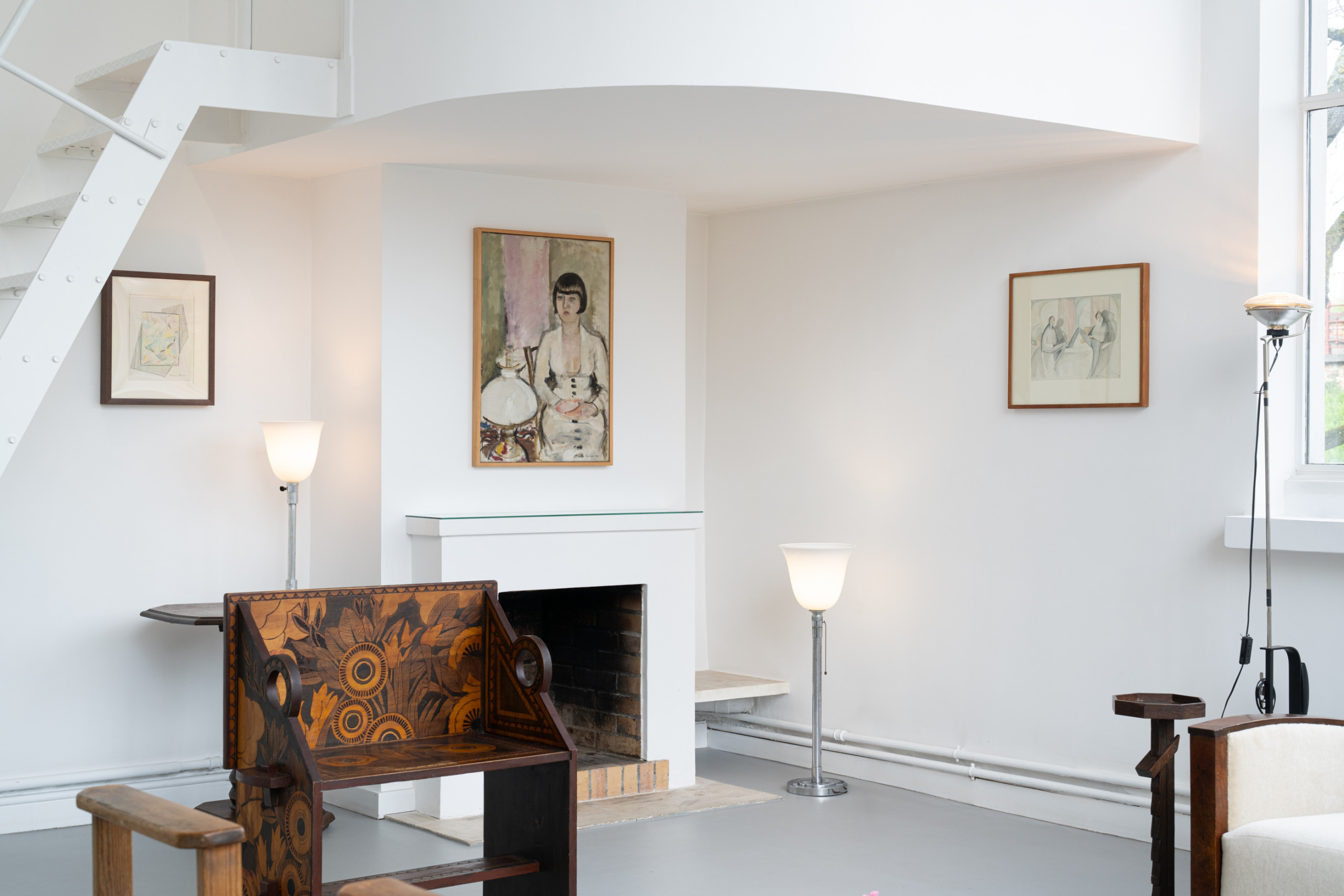
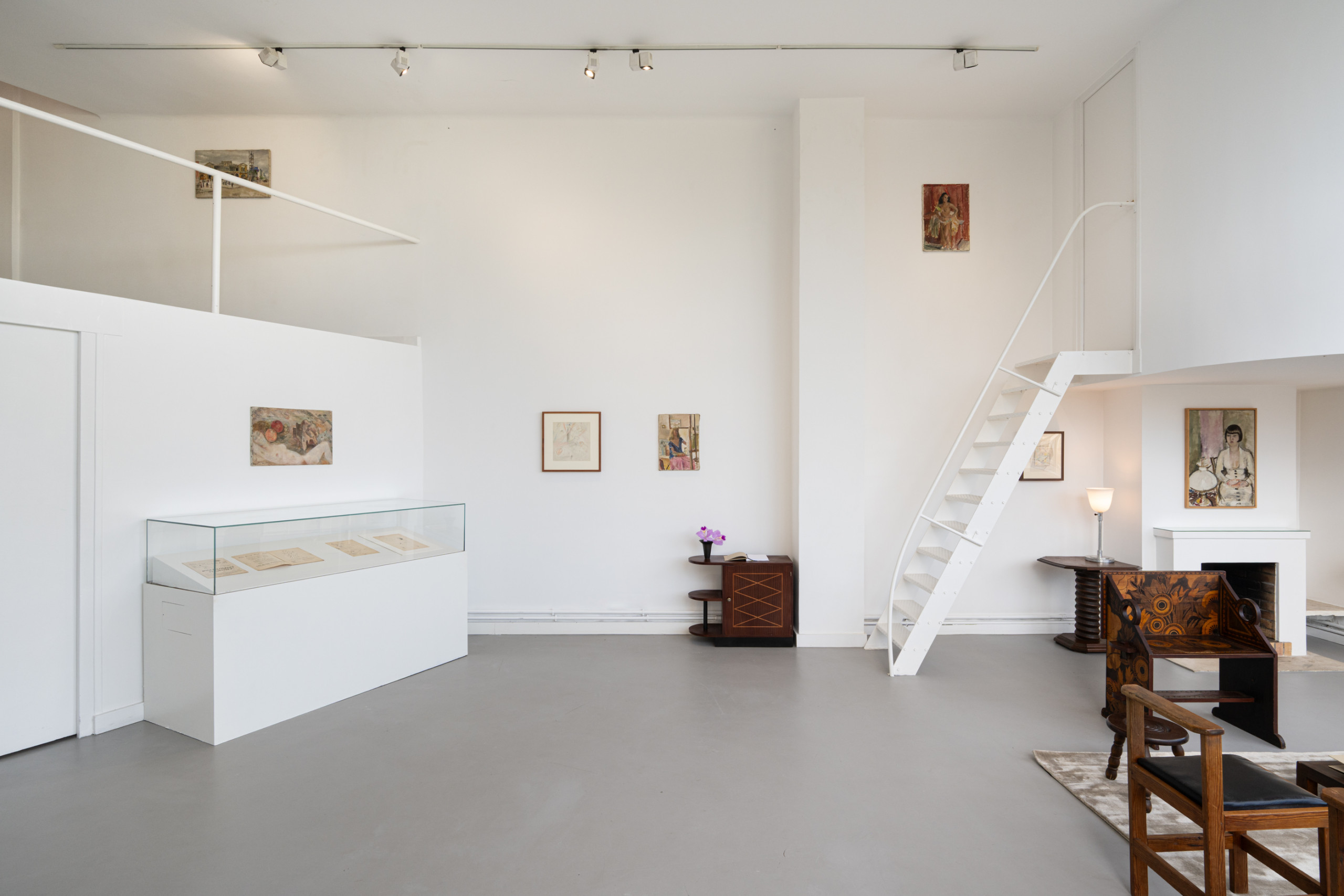
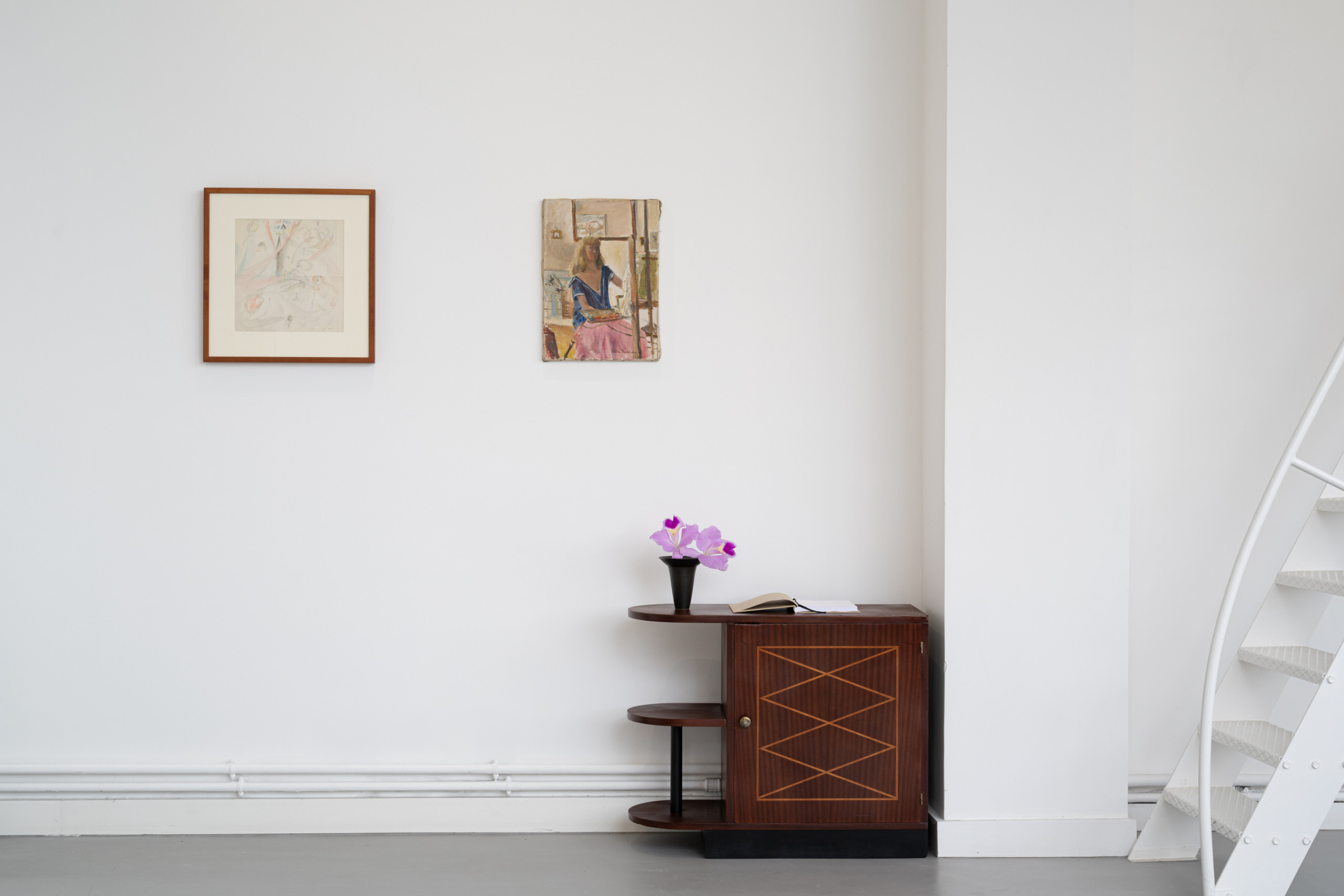
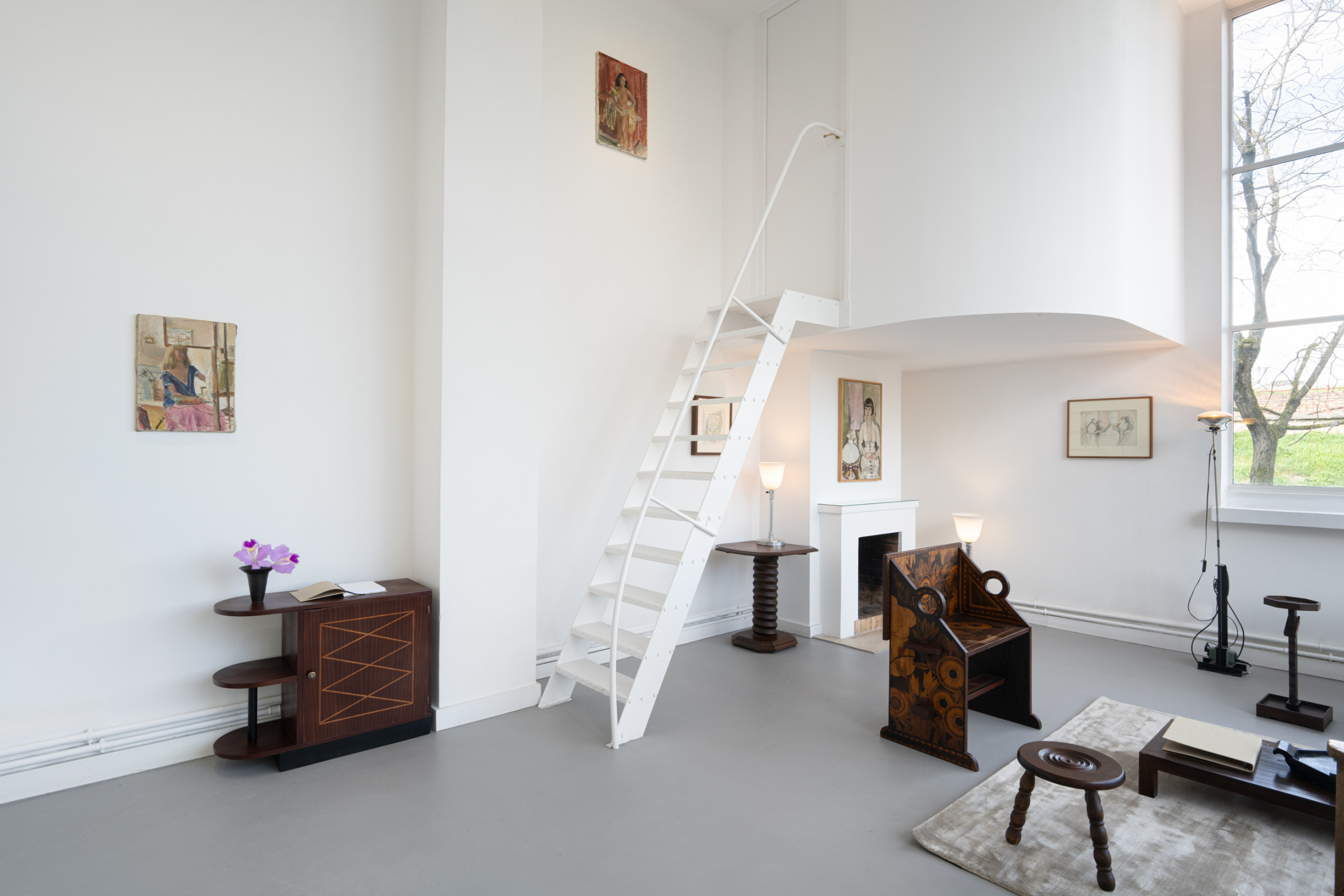
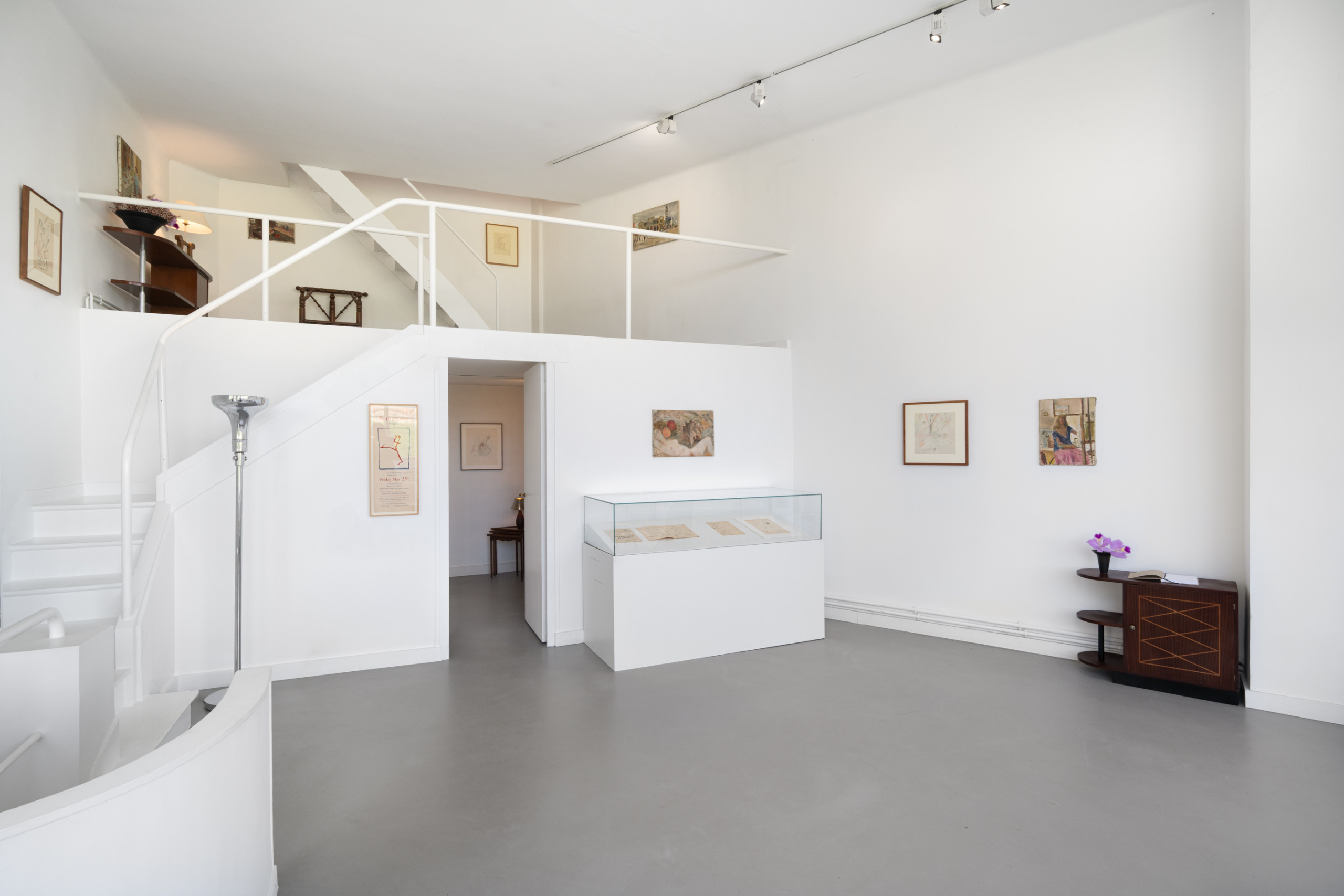
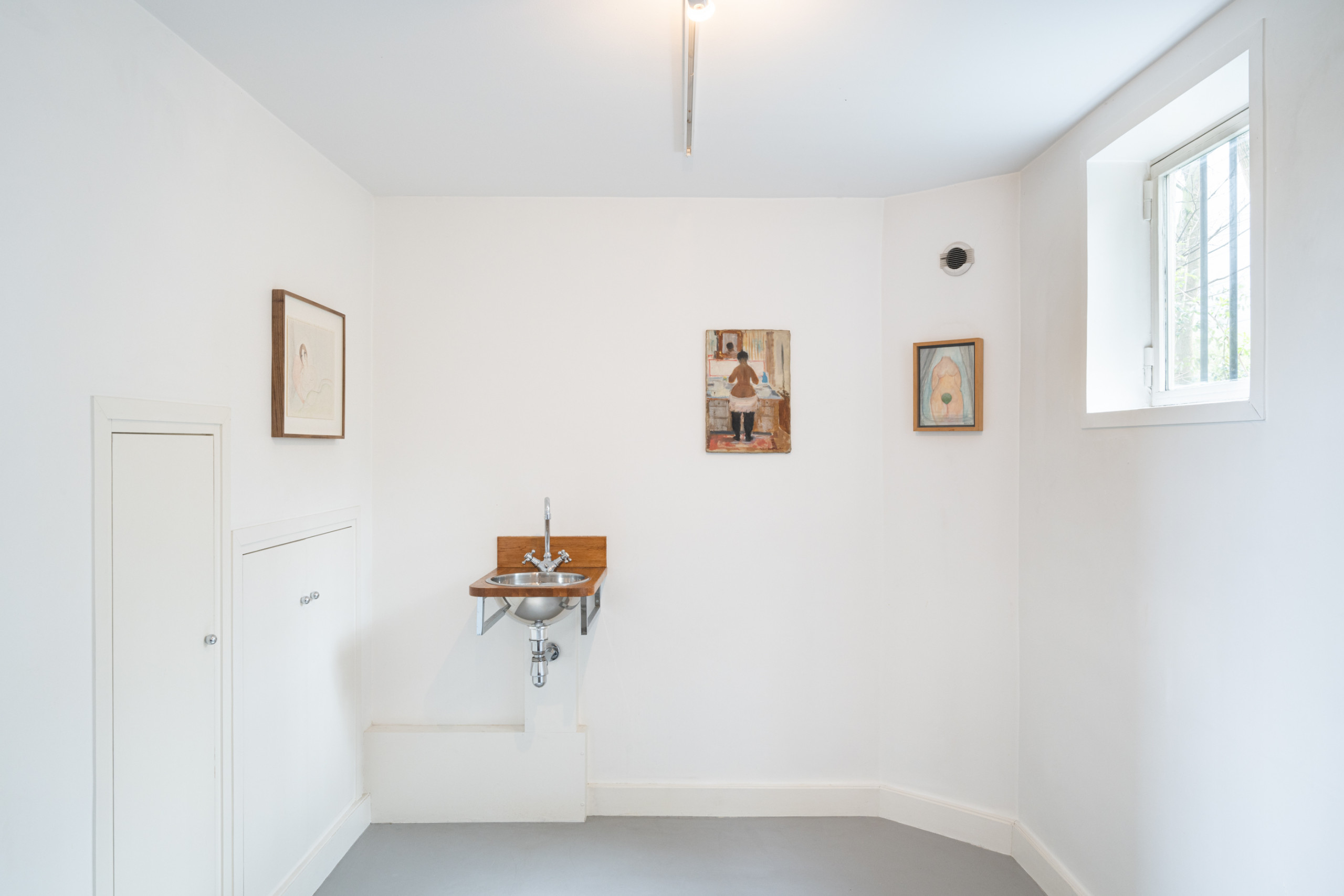
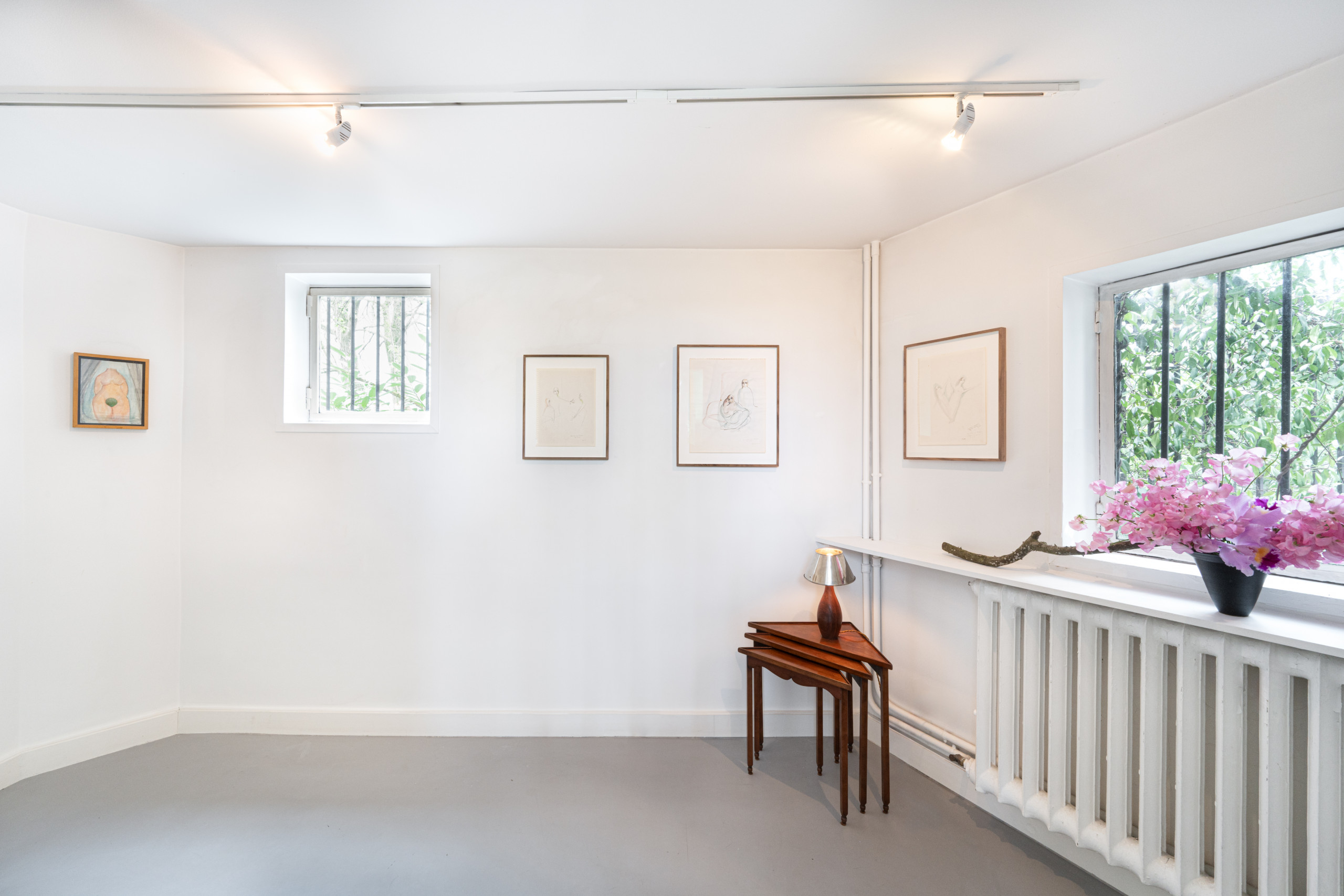
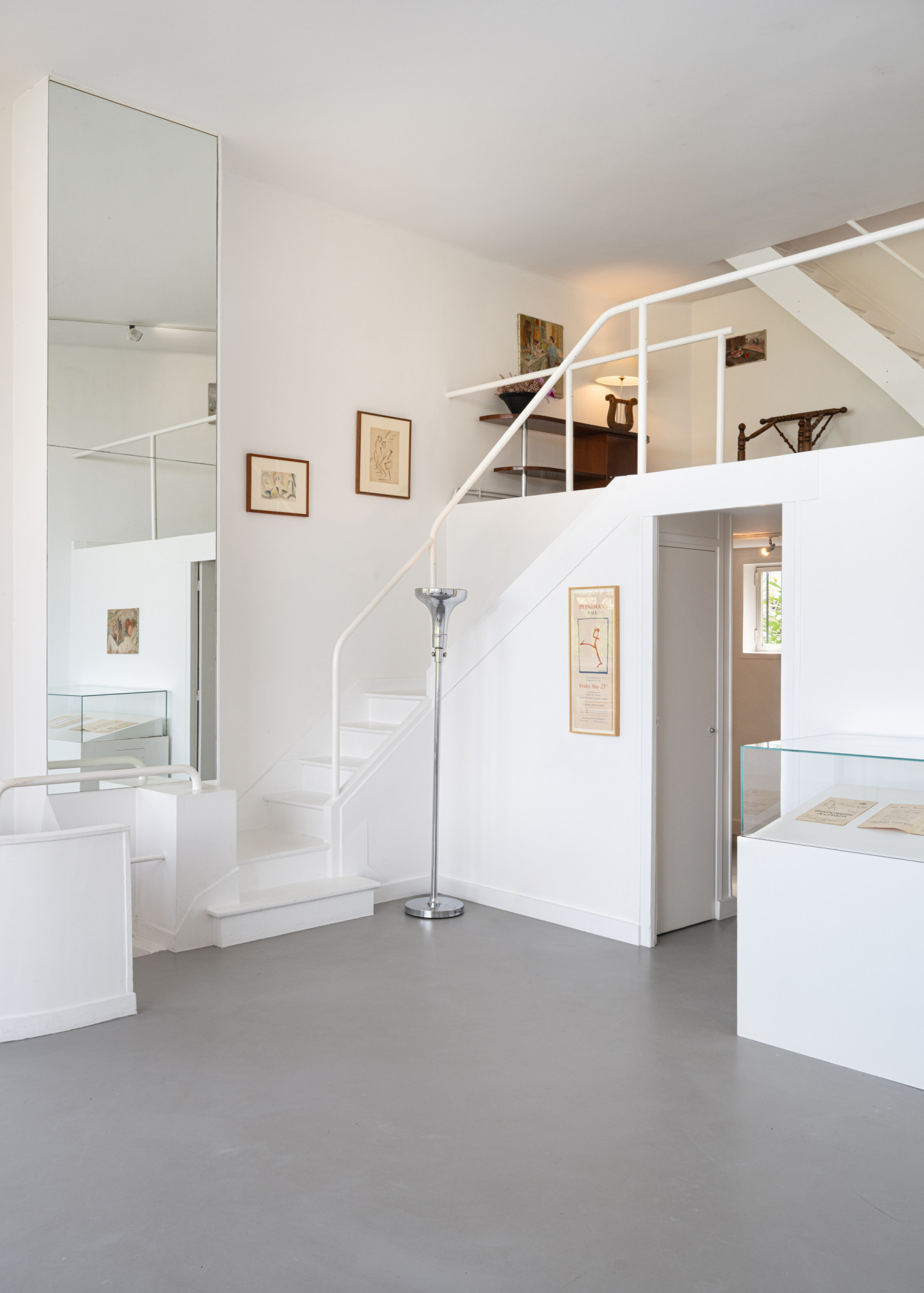
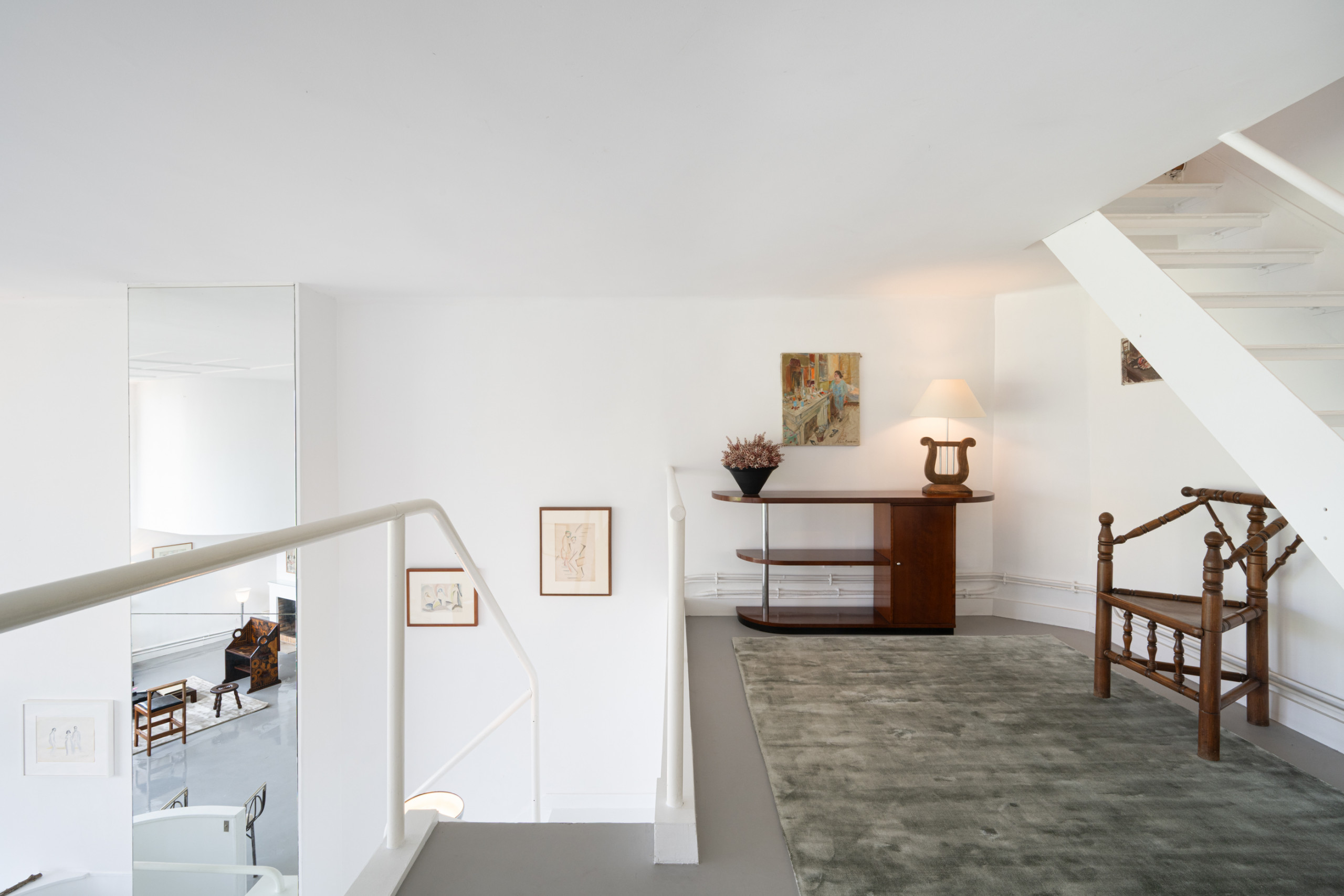
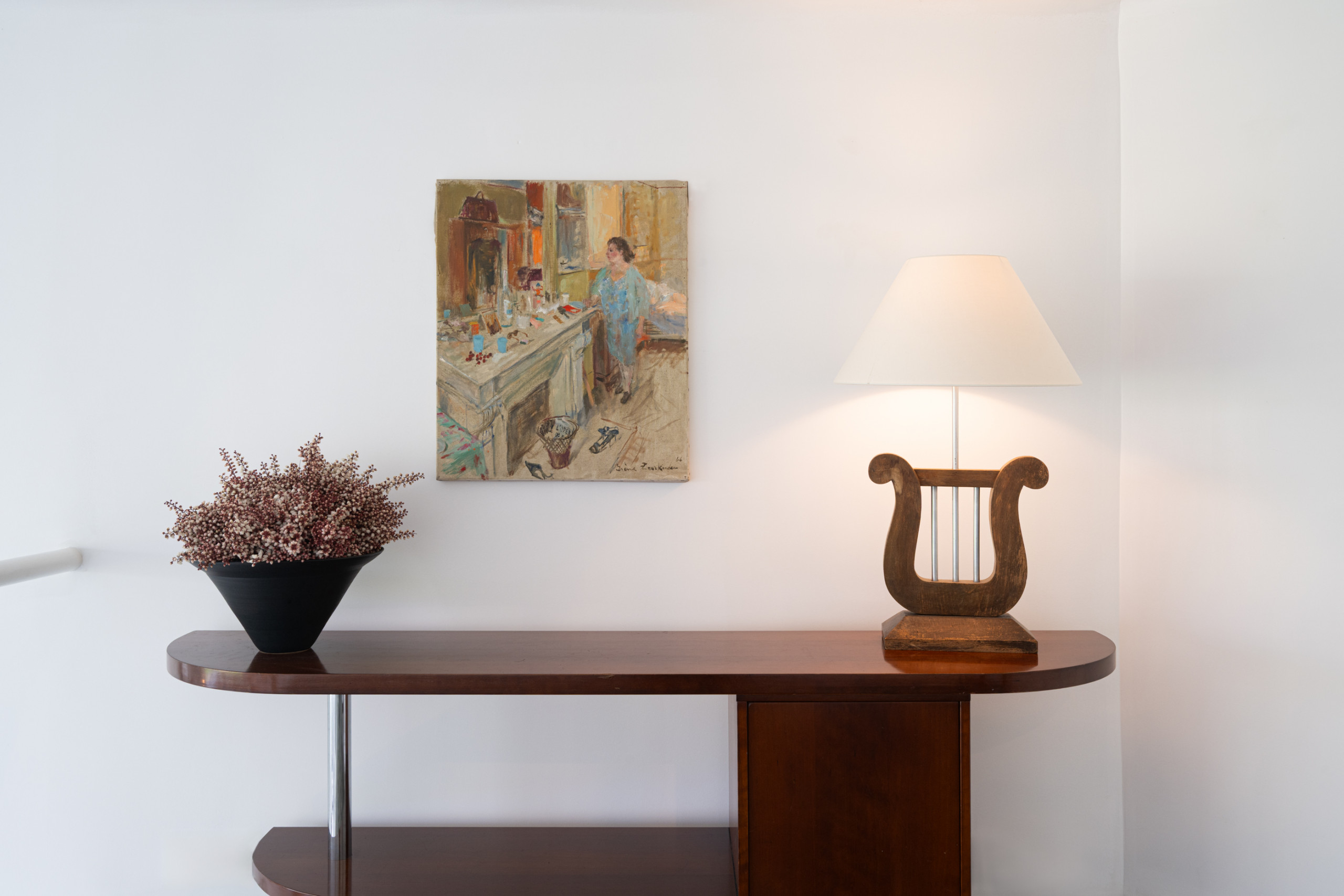
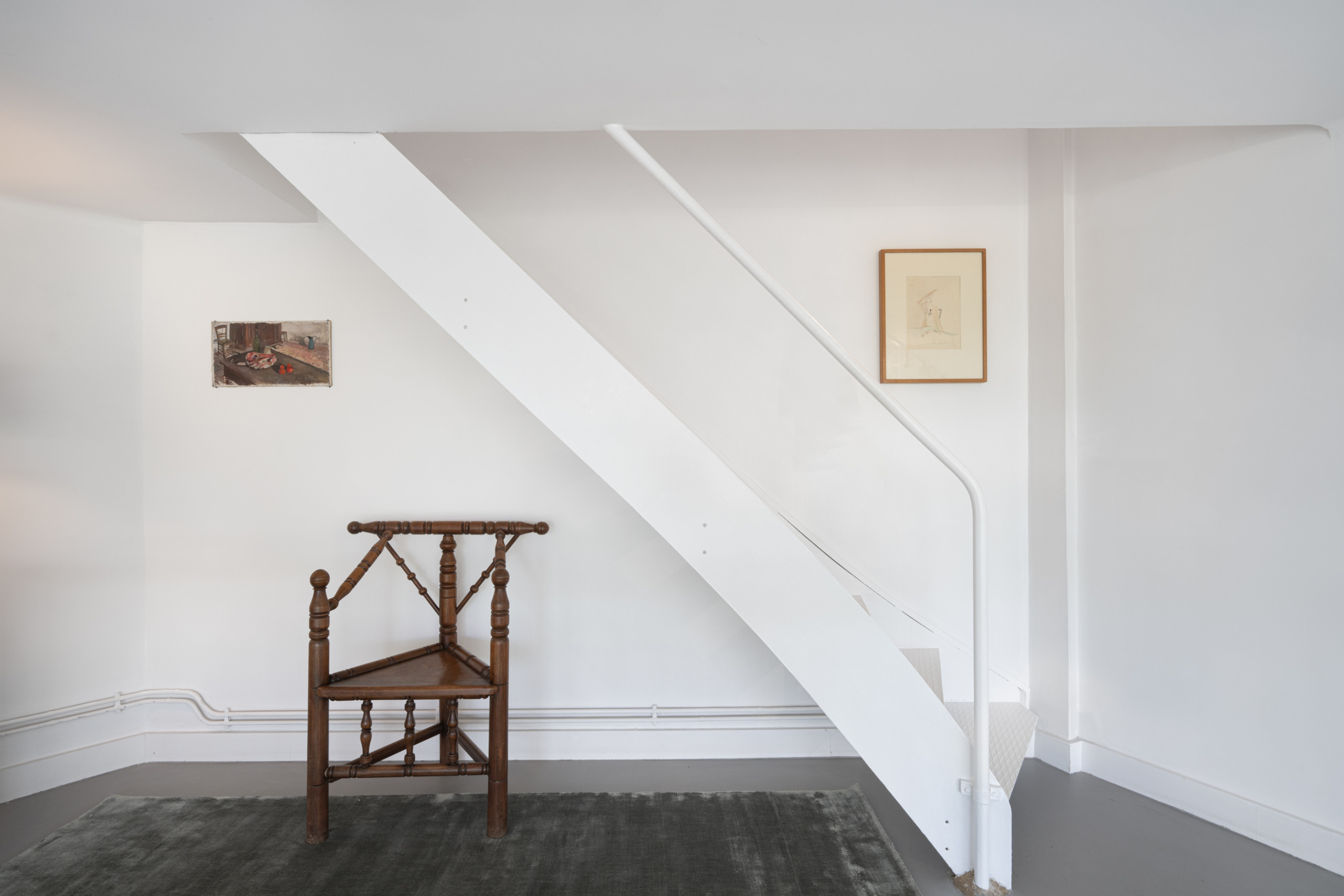
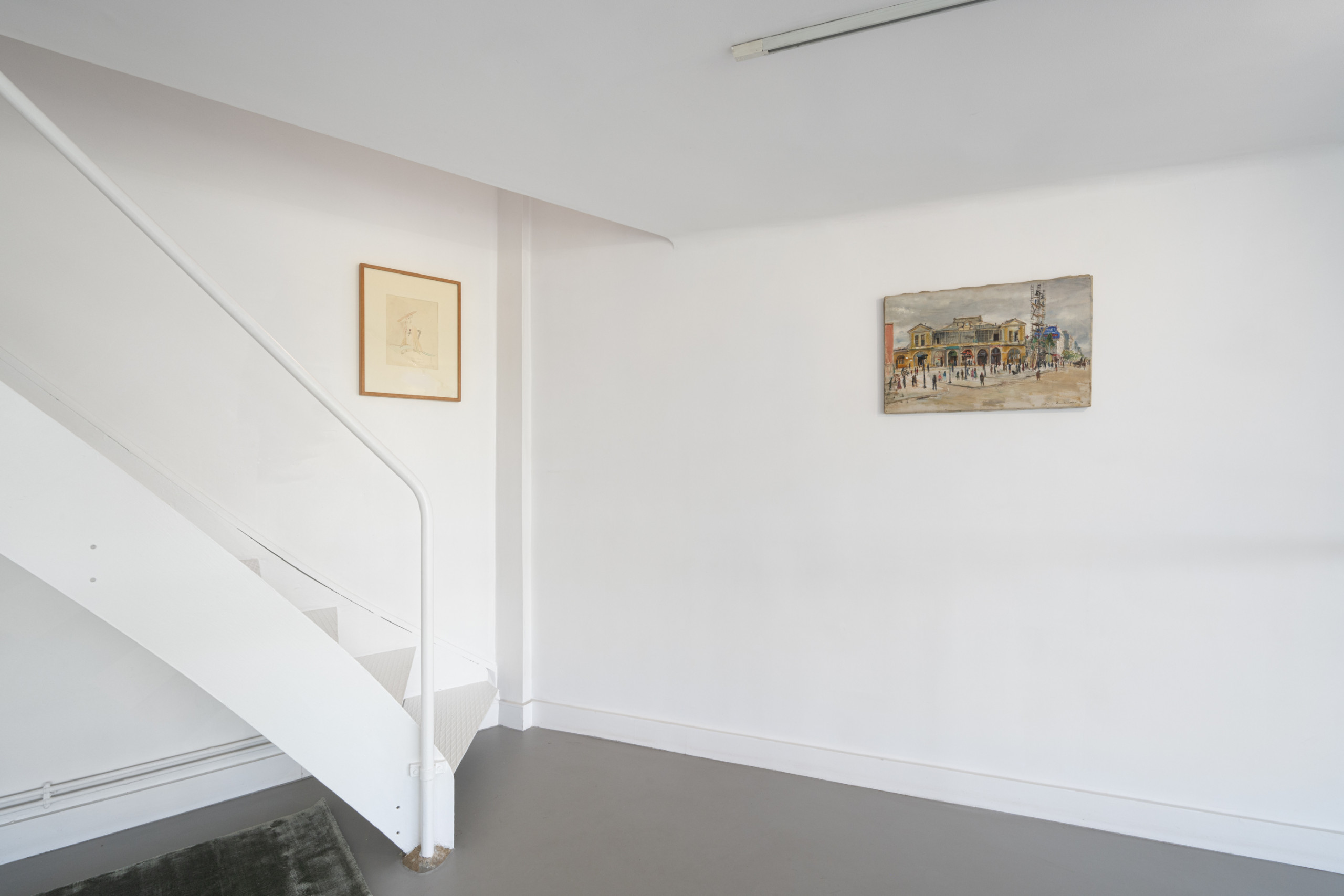
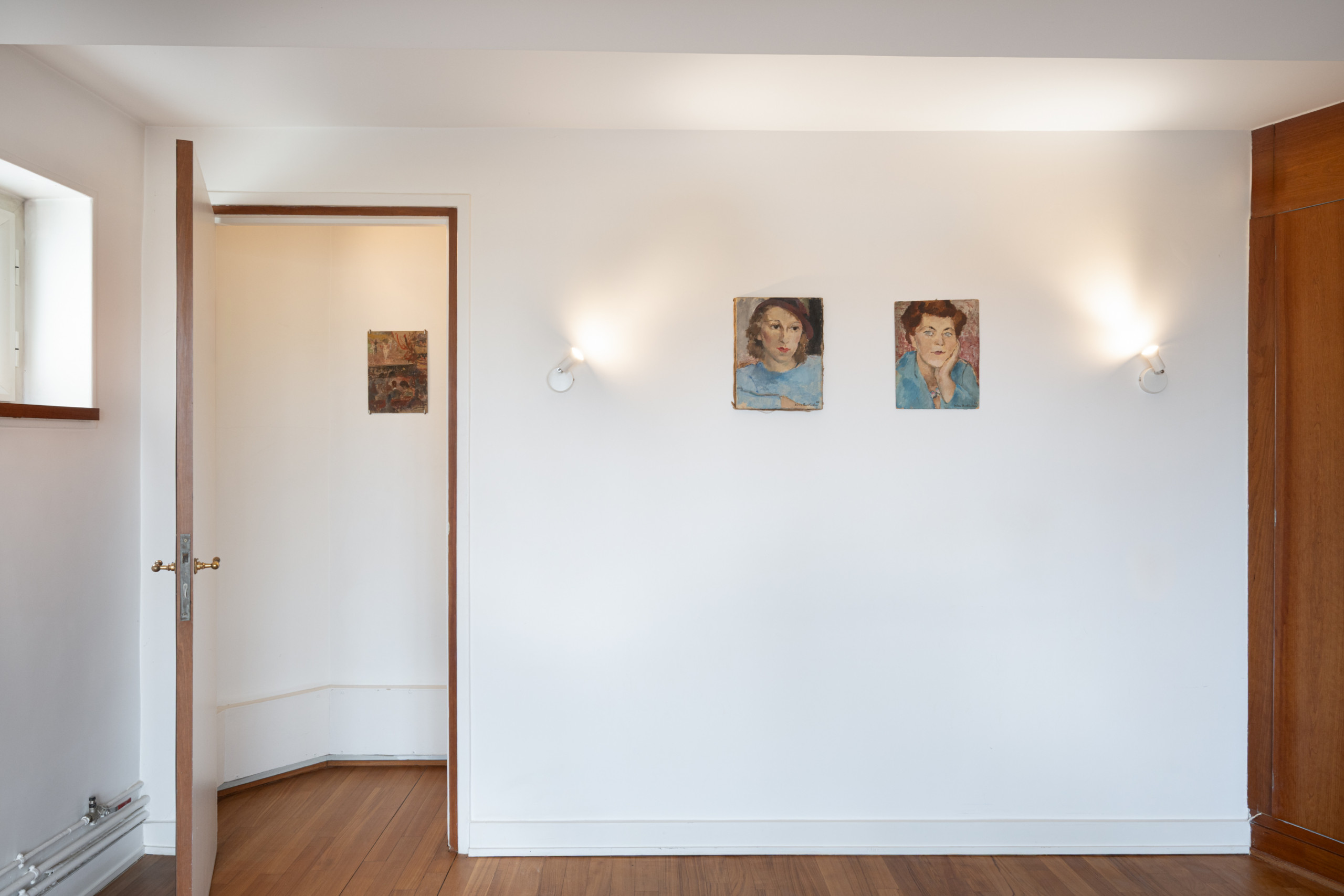
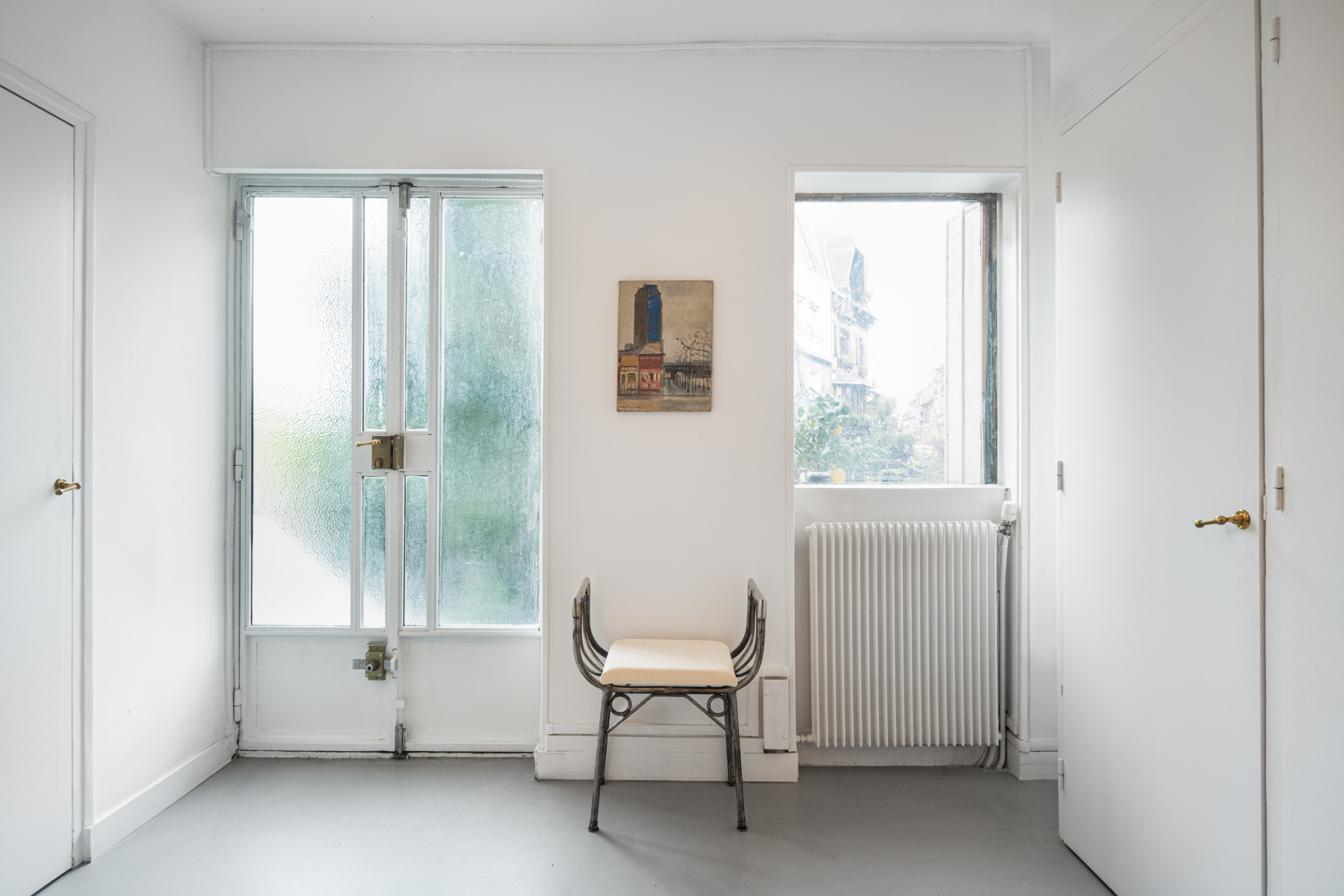
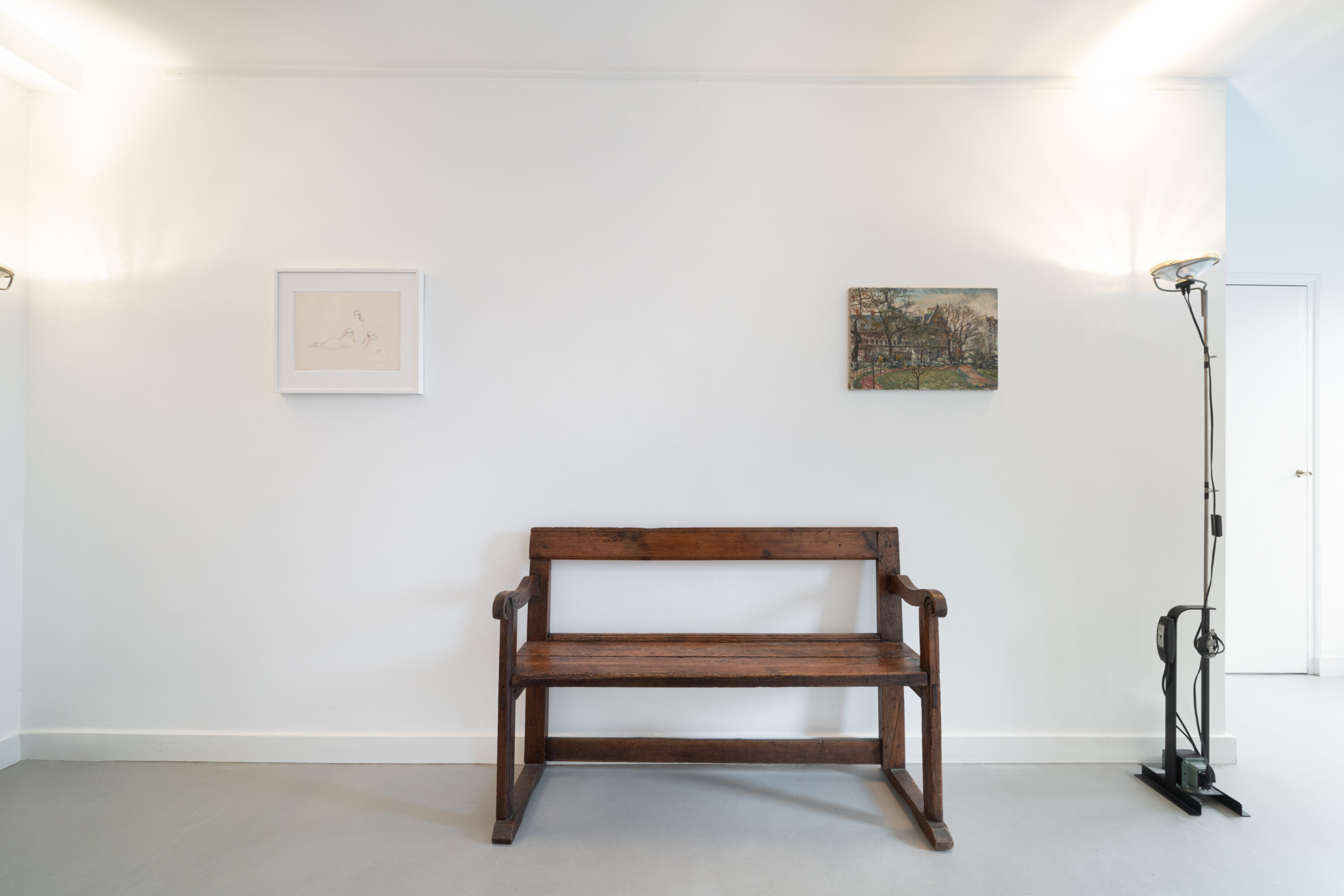
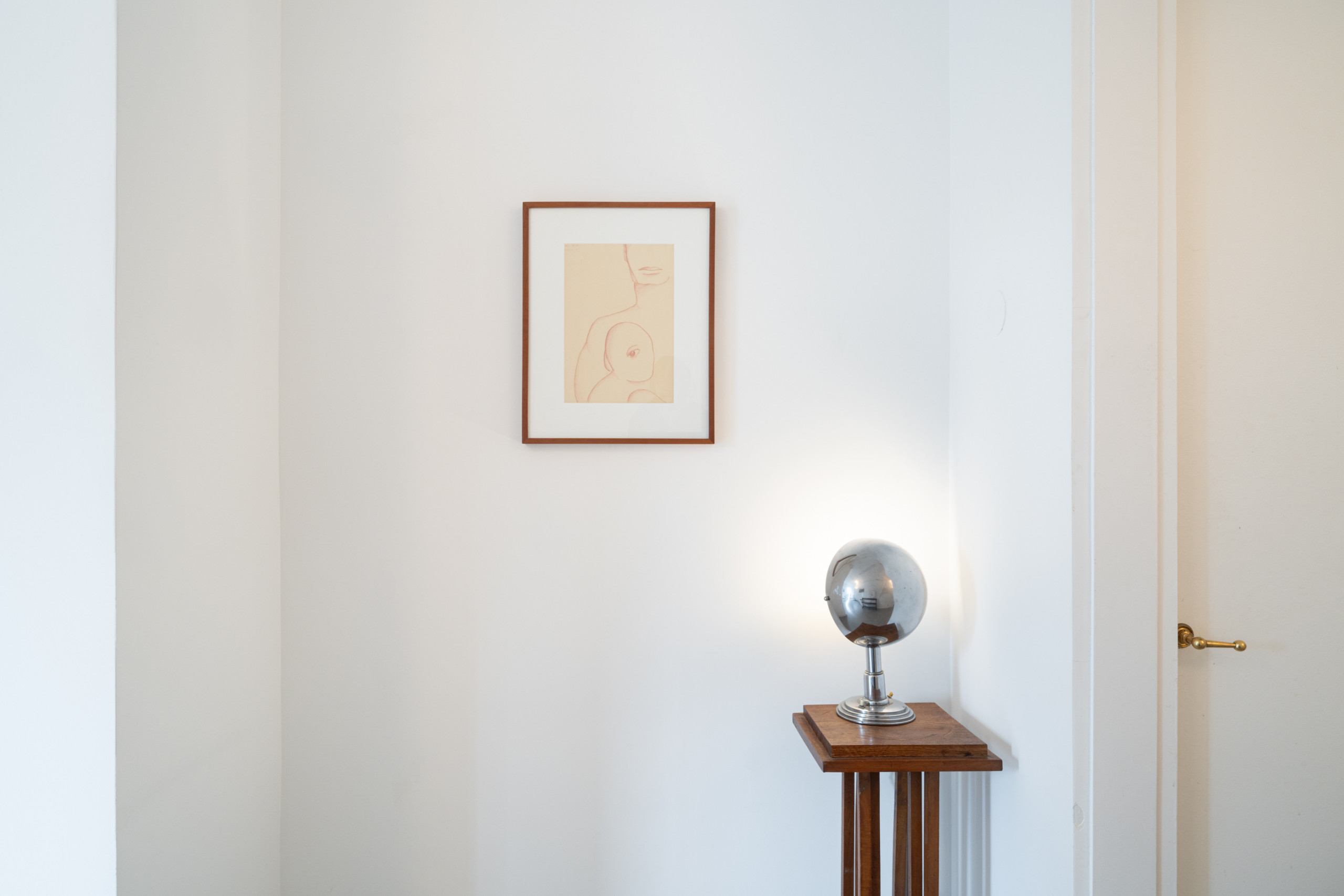
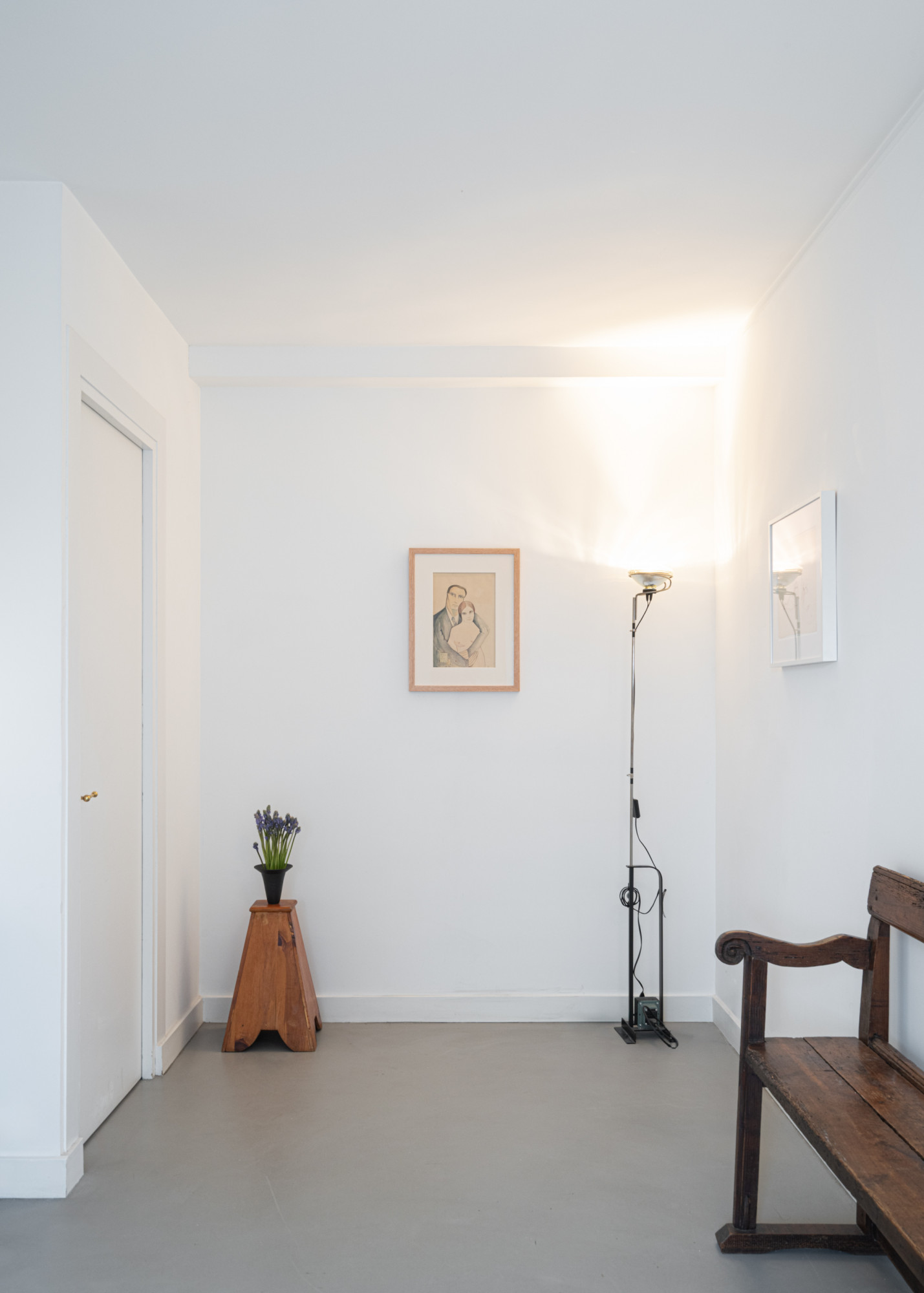
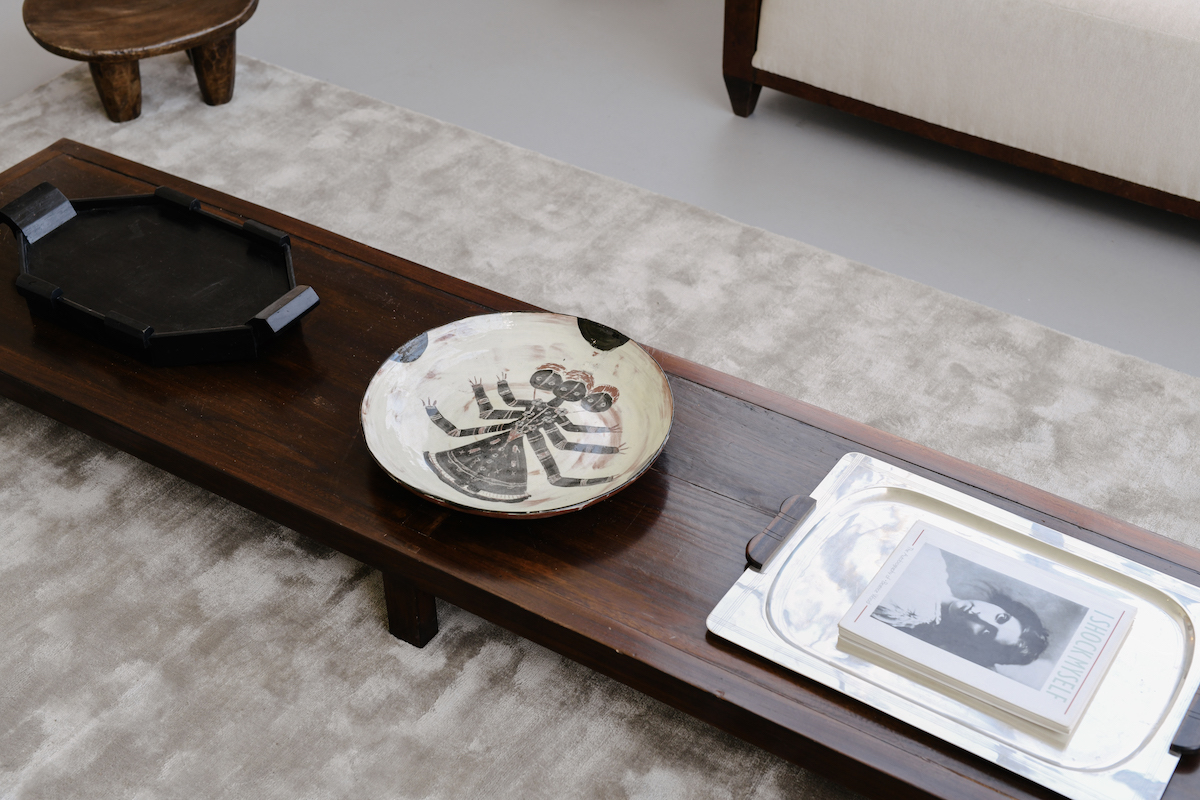
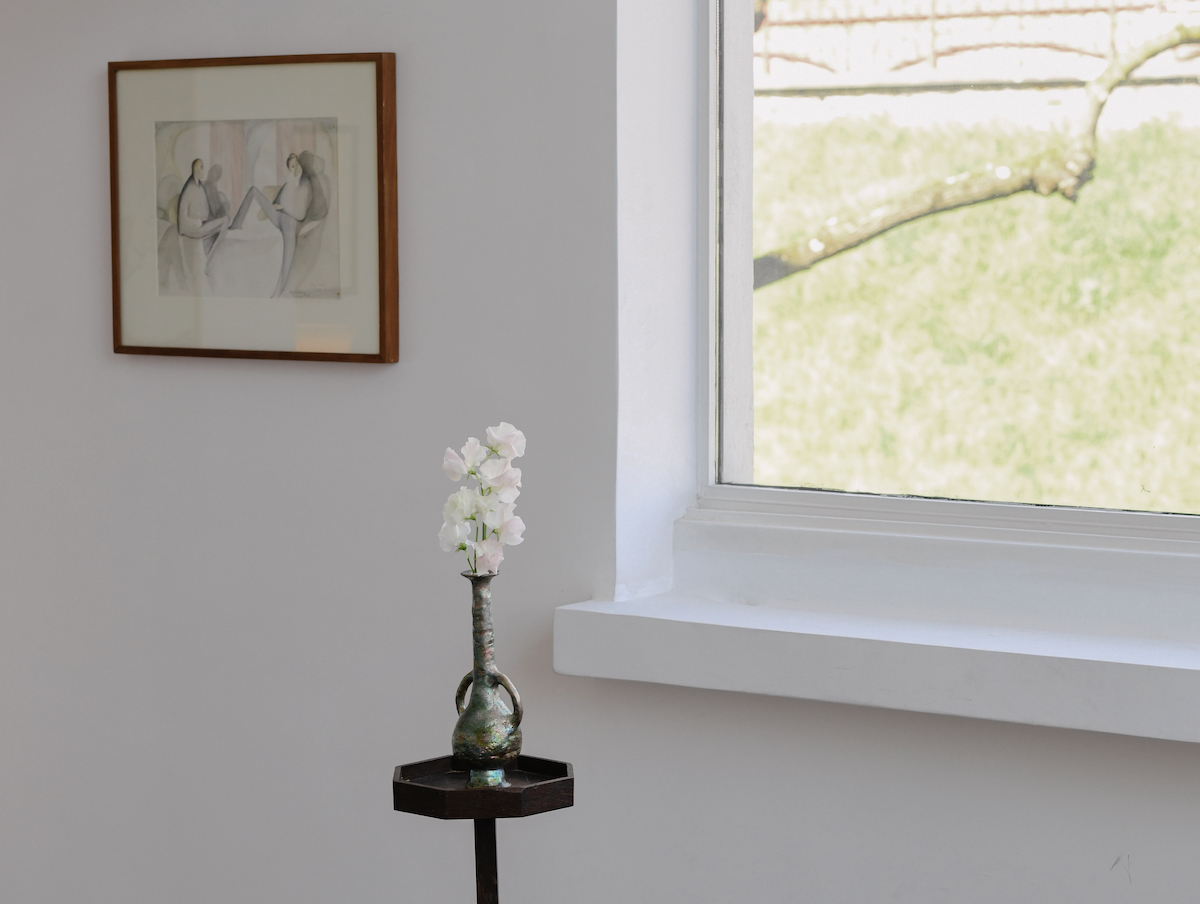
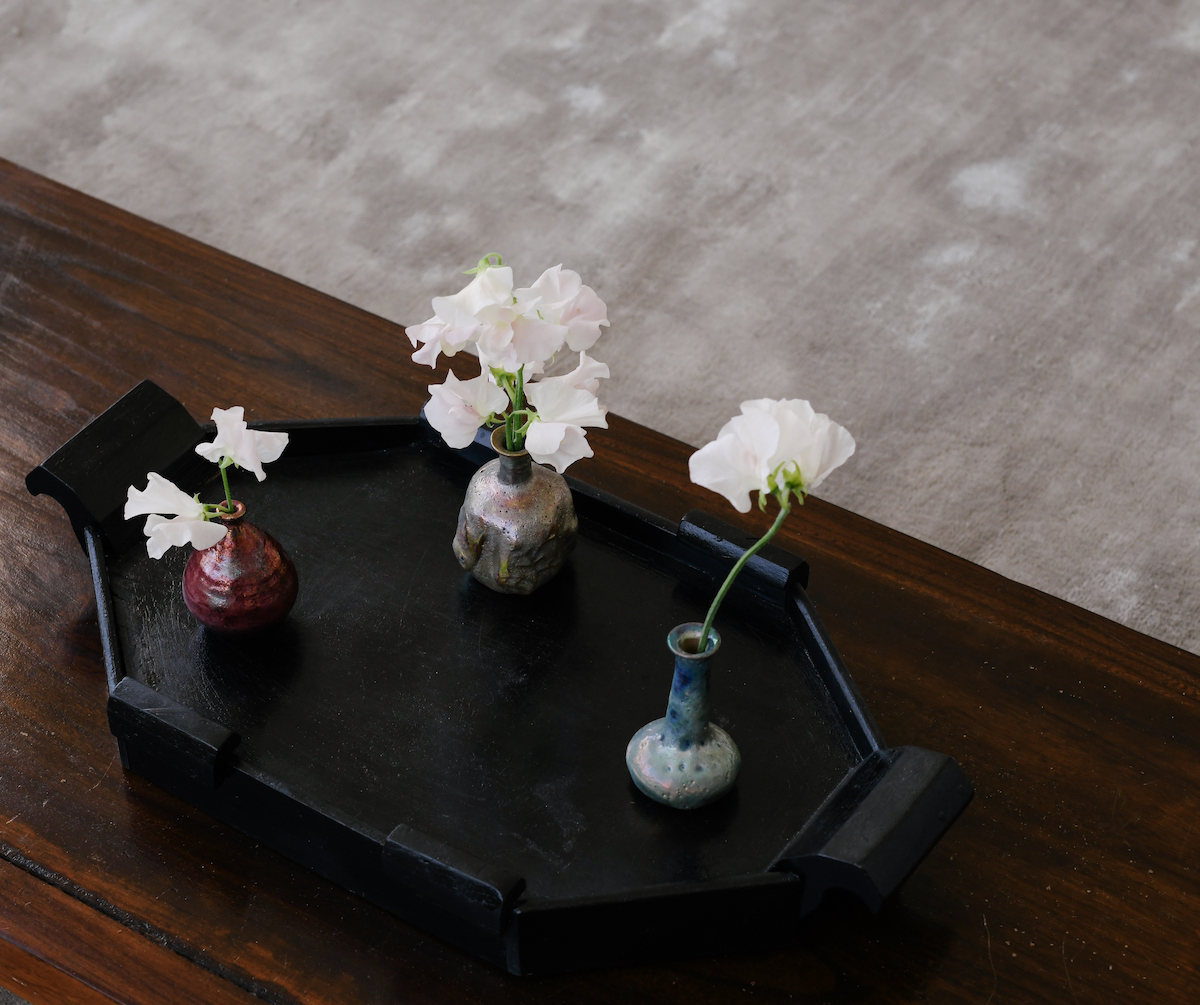
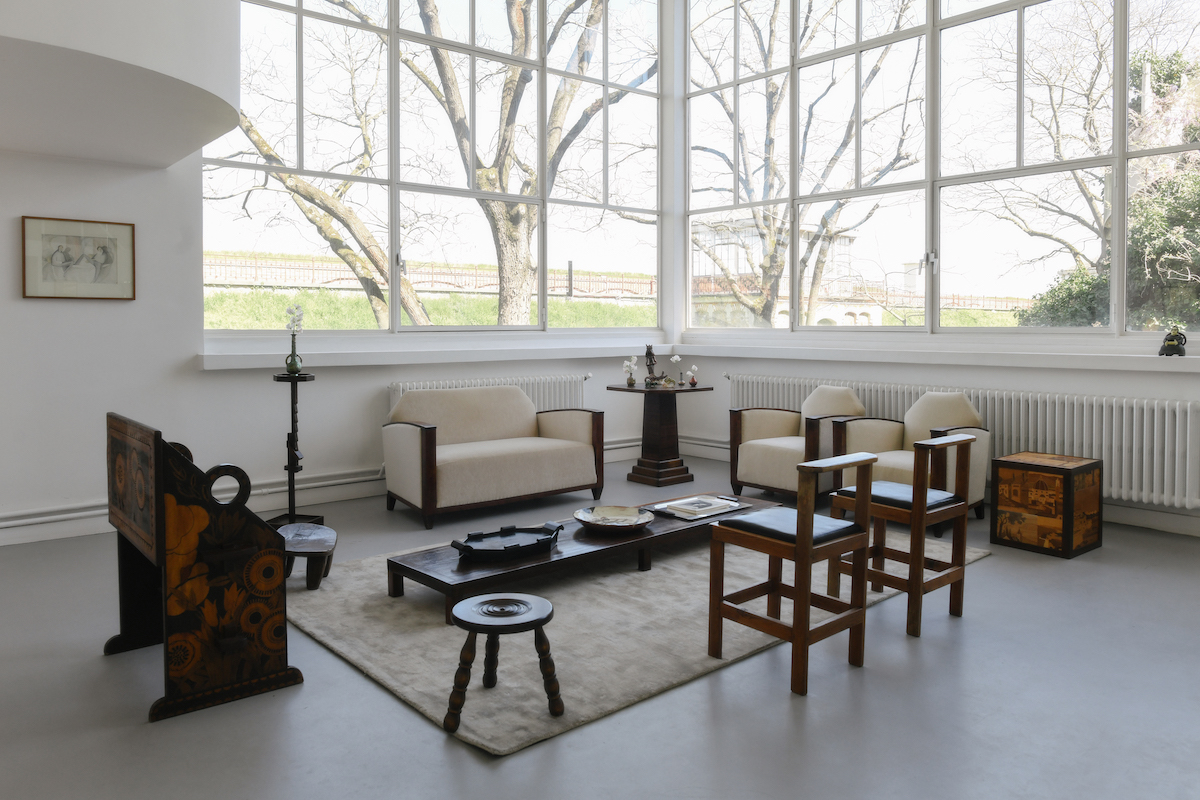
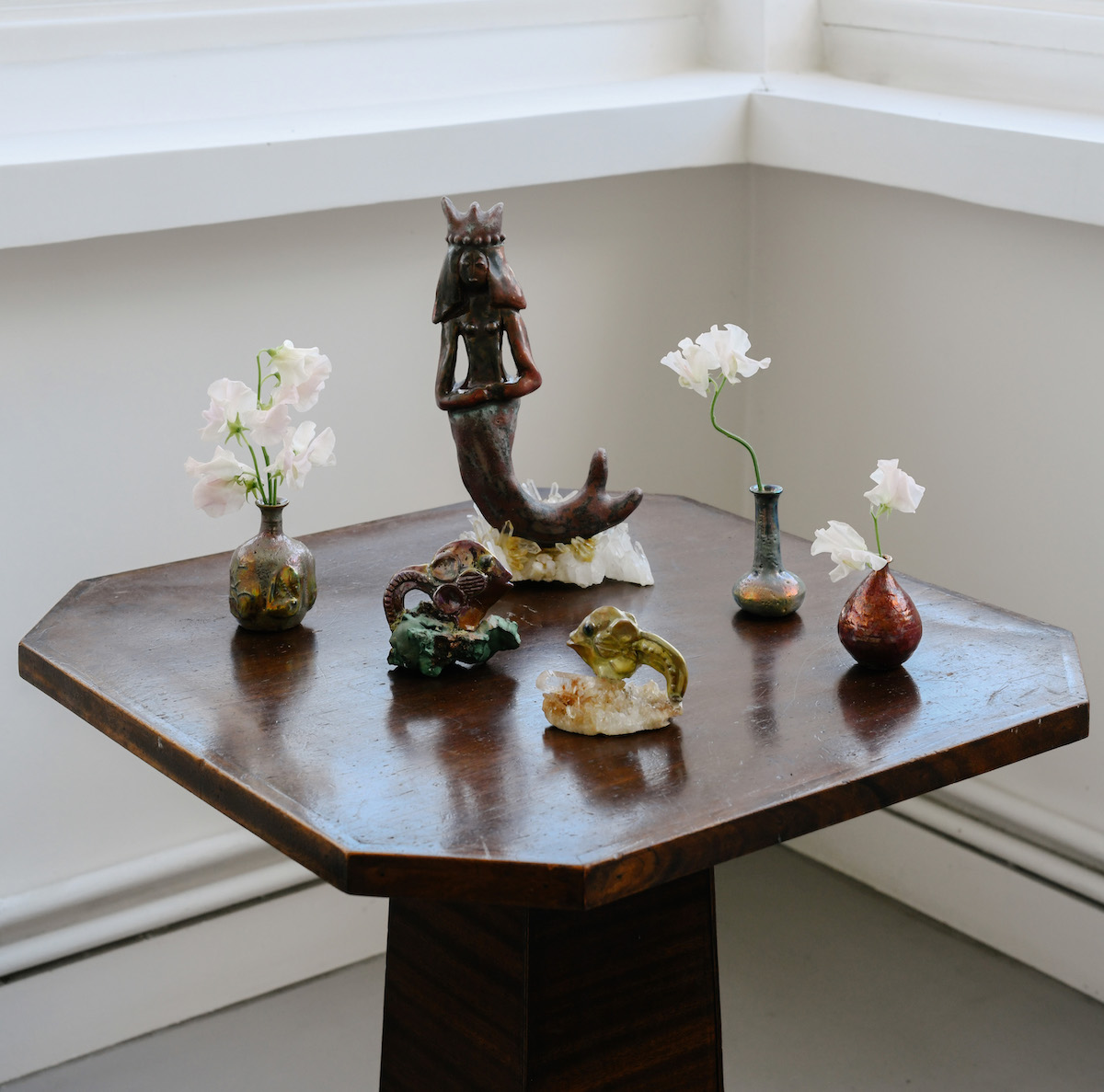
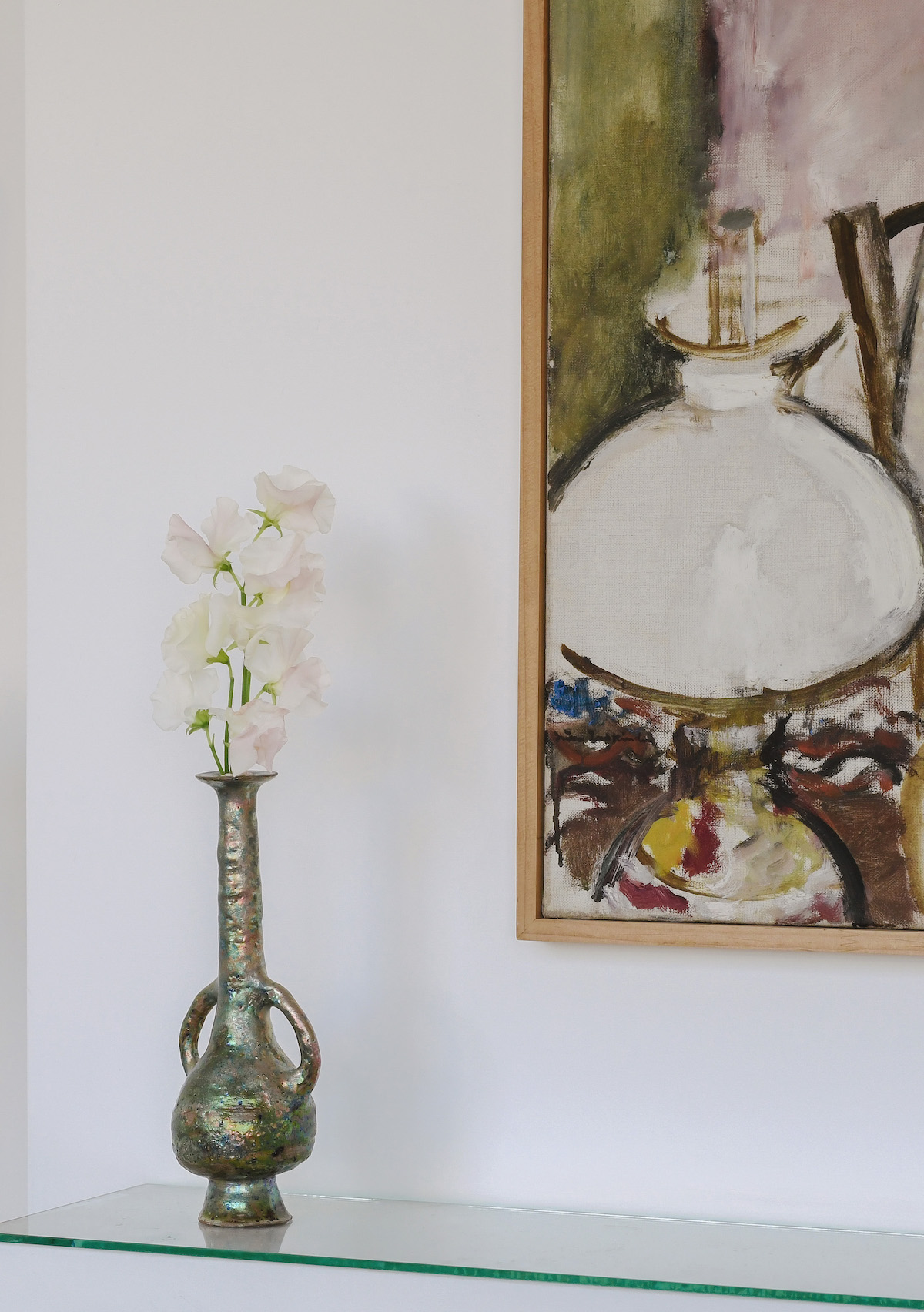
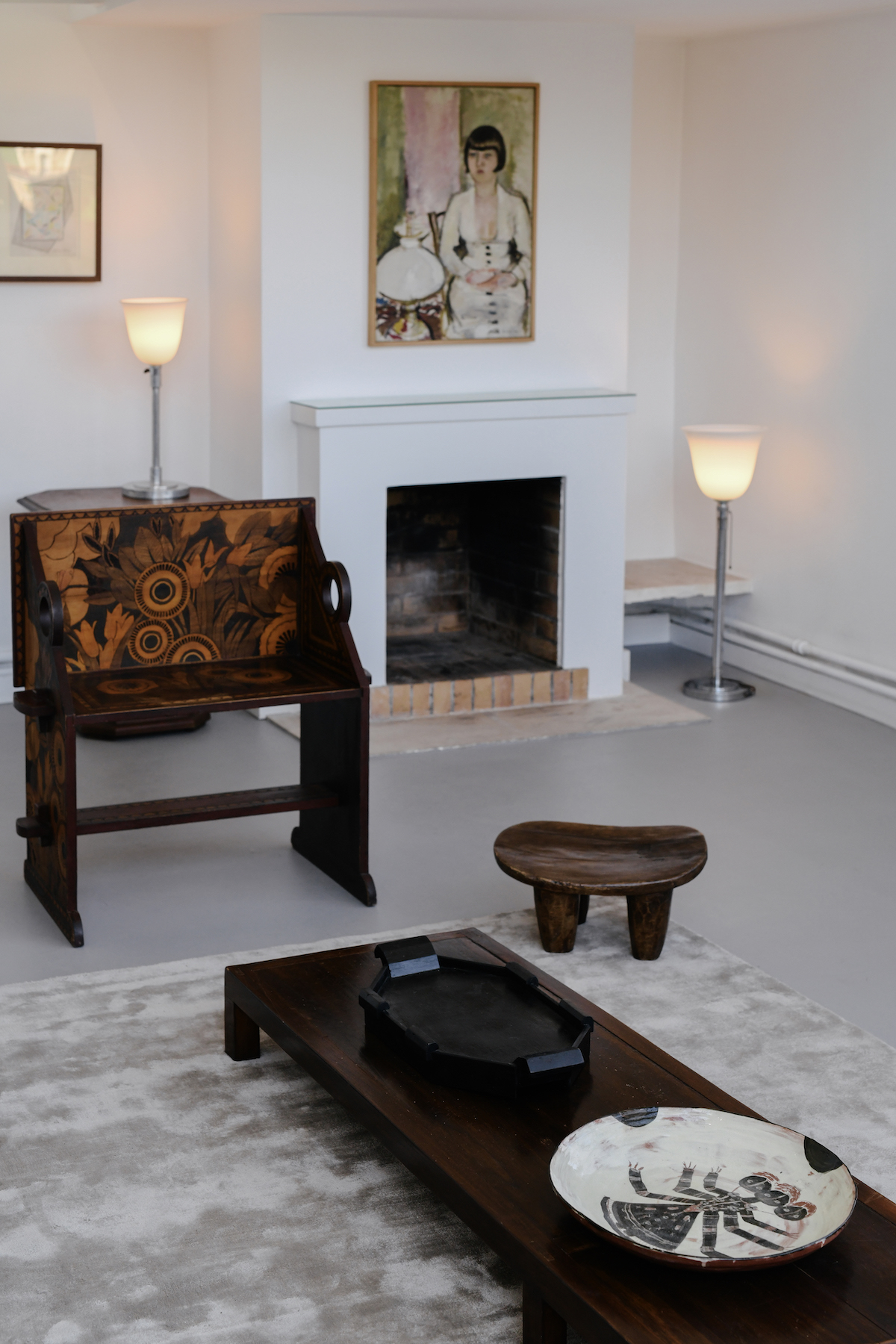
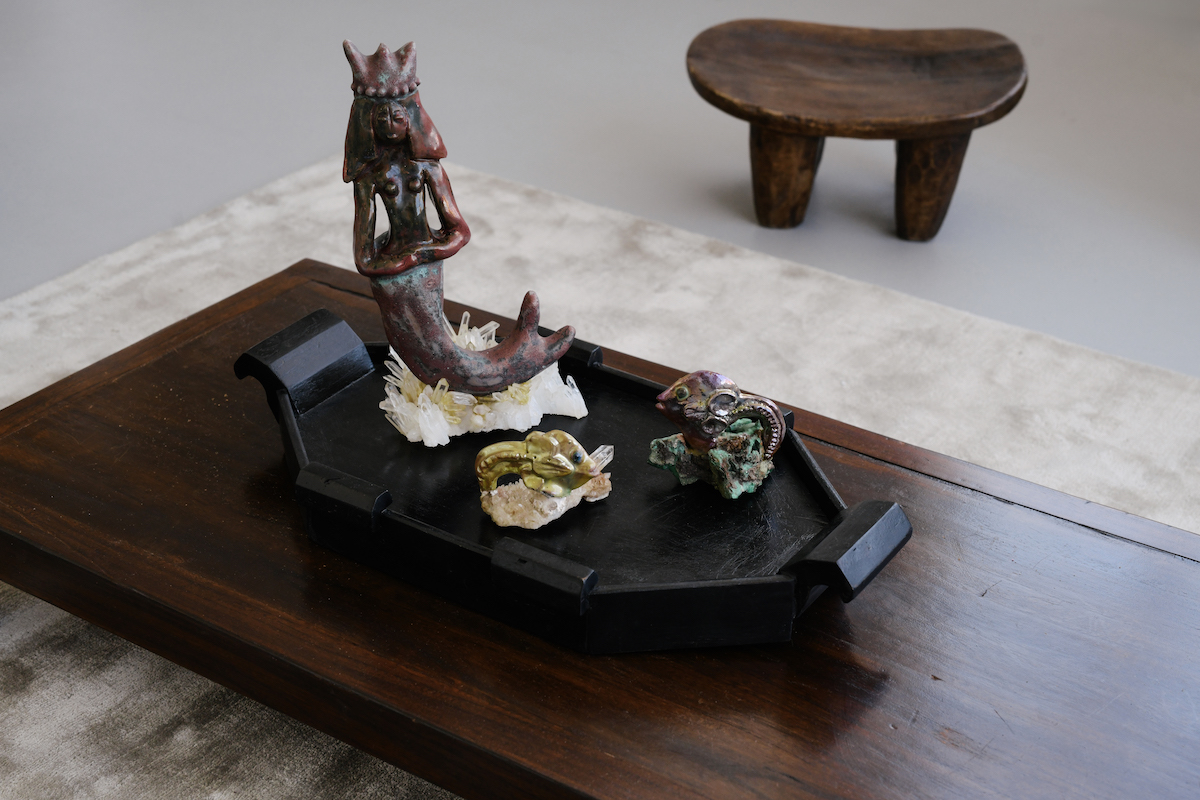
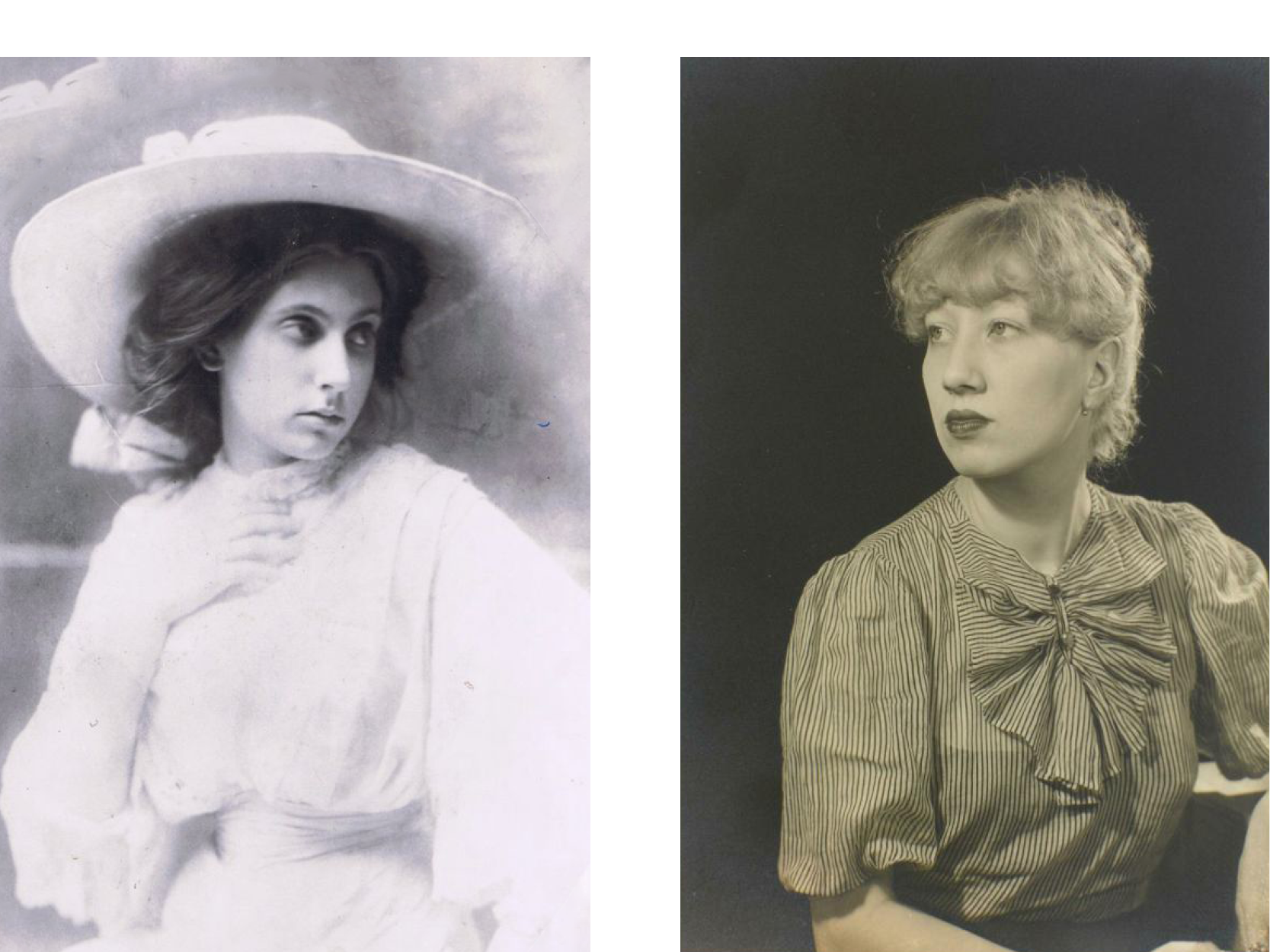
Beatrice Wood
b. 1893, San Francisco, California, US – d. 1998, Ojai, California, US
Wood studied at the Comédie-Française and Académie Julian in Paris.
Solo exhibitions include Santa Barbara Museum of Art (2014); American Craft Museum, New York; Santa Barbara Museum of Art; Museum of Contemporary Art, Lake Worth; Philadelphia Museum of Art (1978); The Butler Museum, Youngstown (1997); Philadelphia Museum of Art. (1993); Pasadena Art Museum, California (1959).
Group exhibitions include Ceramic Icons: Otto Heino and Beatrice Wood, Beatrice Wood Center for the Arts, Ojai (2020); Vessel Orchestra, Metropolitan Museum of Art, New York (2019); Contemporary Crafts from the Museum Collections, Museum of Contemporary Crafts, New York (1958).
Wood’s work is represented in the permanent collections of the Metropolitan Museum of Art in New York, the Smithsonian Institution, the Philadelphia Museum of Art, the Museum of Modern Art in New York, the National Museum of Women in the Arts, the Brooklyn Museum and the Victoria and Albert Museum in London.
She received the Gold Medal for Consummate Craftsmanship from the American Craft Council in 1994. In 2014, the Santa Barbara Museum of Art showcased a solo exhibition of her drawings.
Irène Zurkinden
b.1909, Basel, Switzerland – d. 1987, Basel, Switzerland
Zurkinden studied at the School of Arts and Crafts (Allgemeine Gewerbeschule, Basel; and the Académie la Grand Chaumière, Paris.
Solo exhibitions include Musée D’Art et D’Histoire (2024), Genève; Meredith Rosen Gallery, New York (2023); a retrospective at Kunstmuseum Basel (1985); Galerie Beyeler, Basel (1979); Galerie Riehentor, Basel (1974).
Group presentations include Kunsthalle Basel (1983); Galerie Wolfensberger, Zürich (1959); Galerie Kléber, Paris (1950); and Galerie Bettie Thommen, Basel (1930).
Zurkinden’s work is in permanent collections at the Basel Public Art Collection, at the Kunstmuseum Basel, the Basel Public Art Collection; Art Credit Basel-Stadt; and the Swiss National Library, Graphic Collection.
She has received awards including; Prize of the Regio Basiliensis for visual arts (1982) and the Basel Cultural Award (1986). In 2014, Basel named a public square “Irène Zurkinden-Platz”.

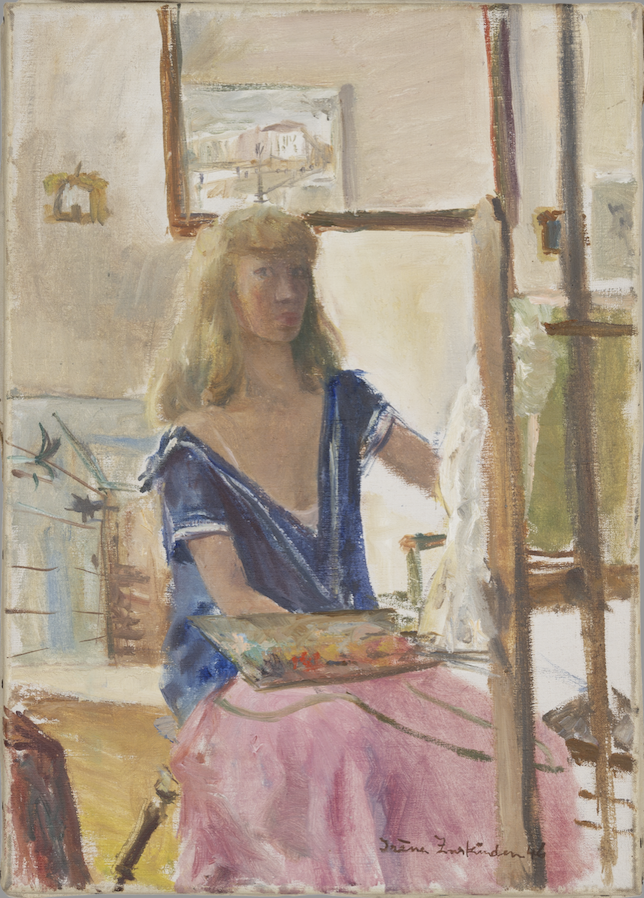
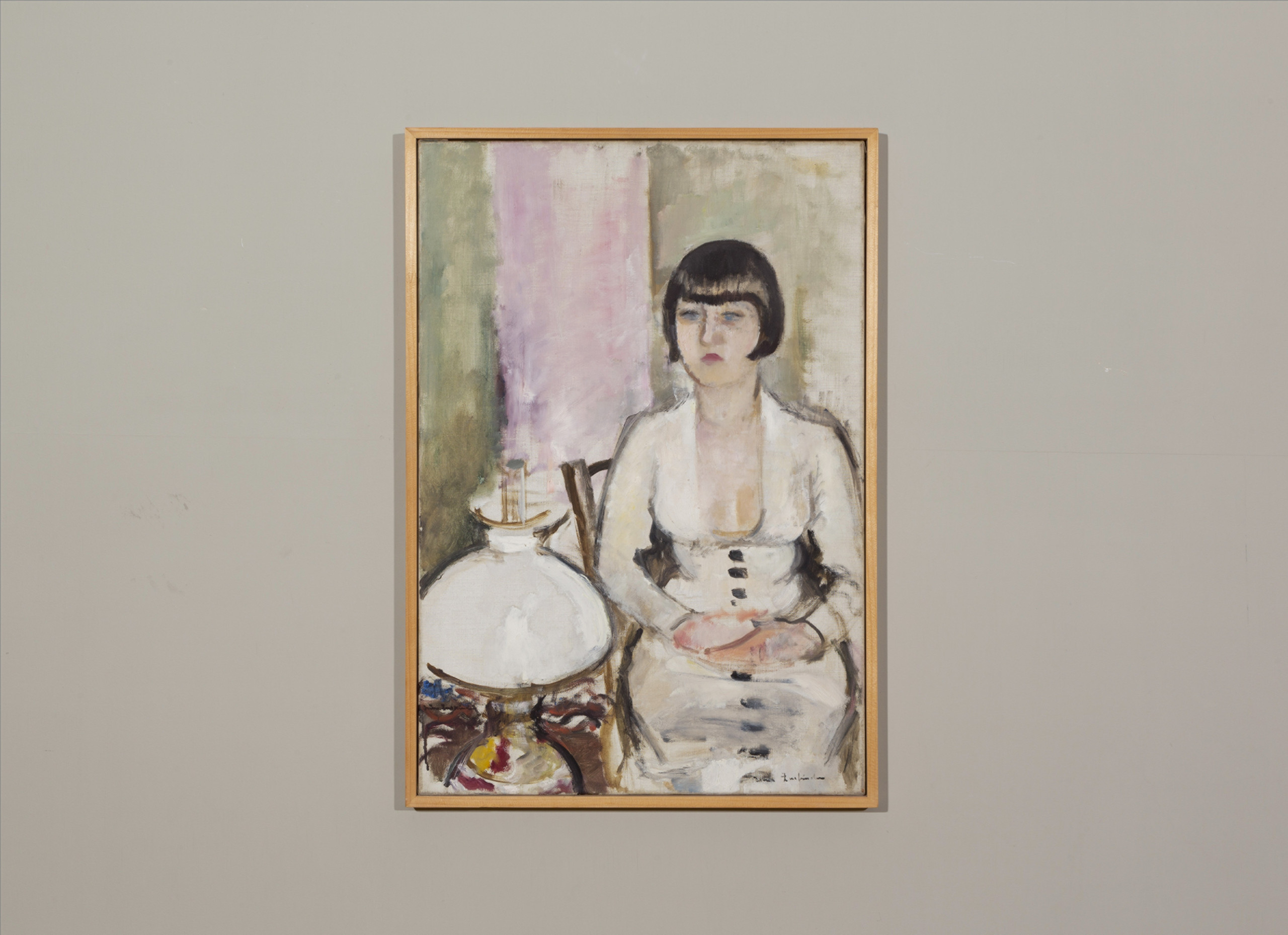
Untitled, 1931
Oil on canvas
72 x 49 cm
28 3/8 x 19 1/4 in
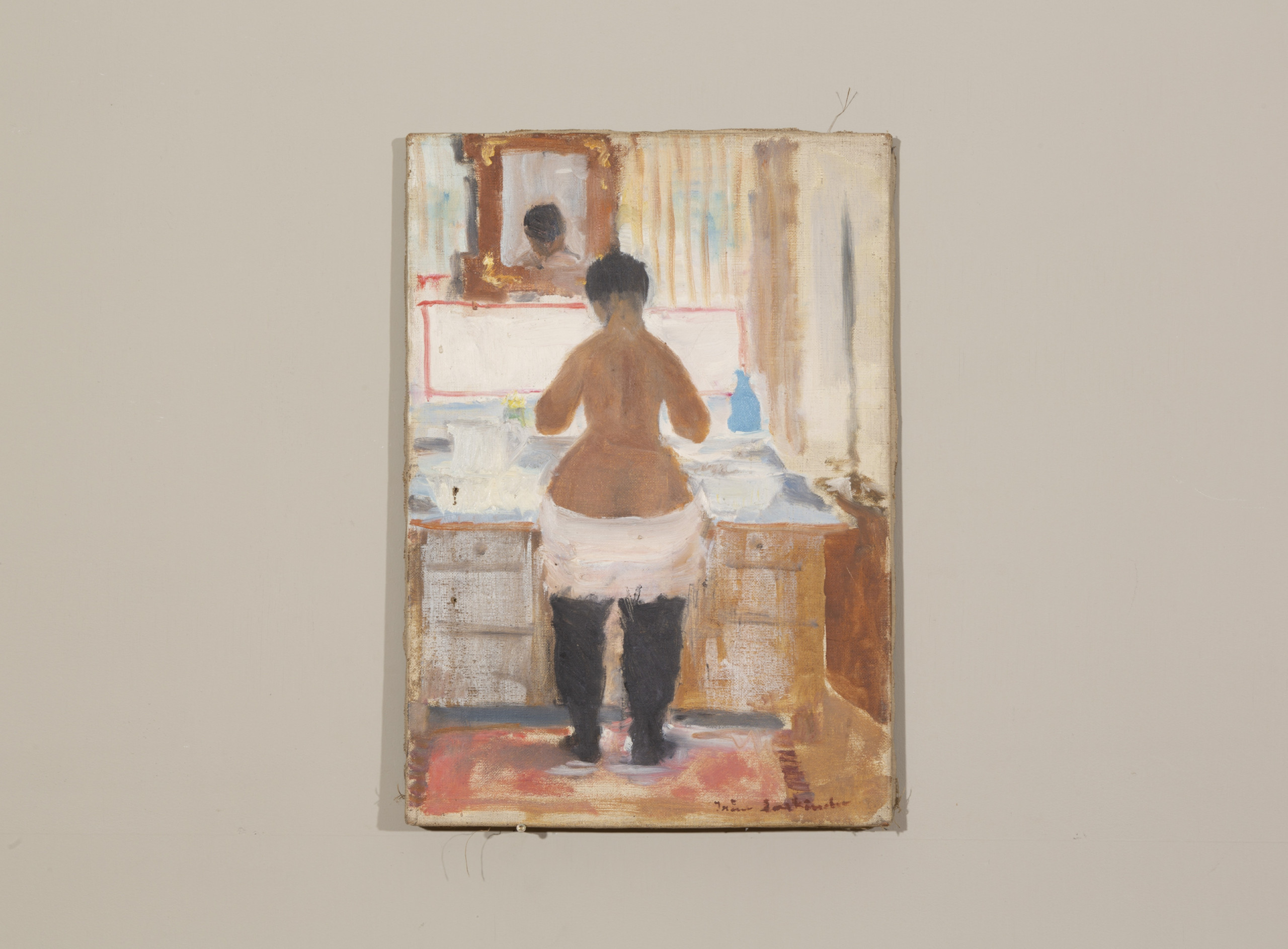
Thekla, 1941
oil on canvas
44 x 30 cm
17 3/8 x 11 3/4 in
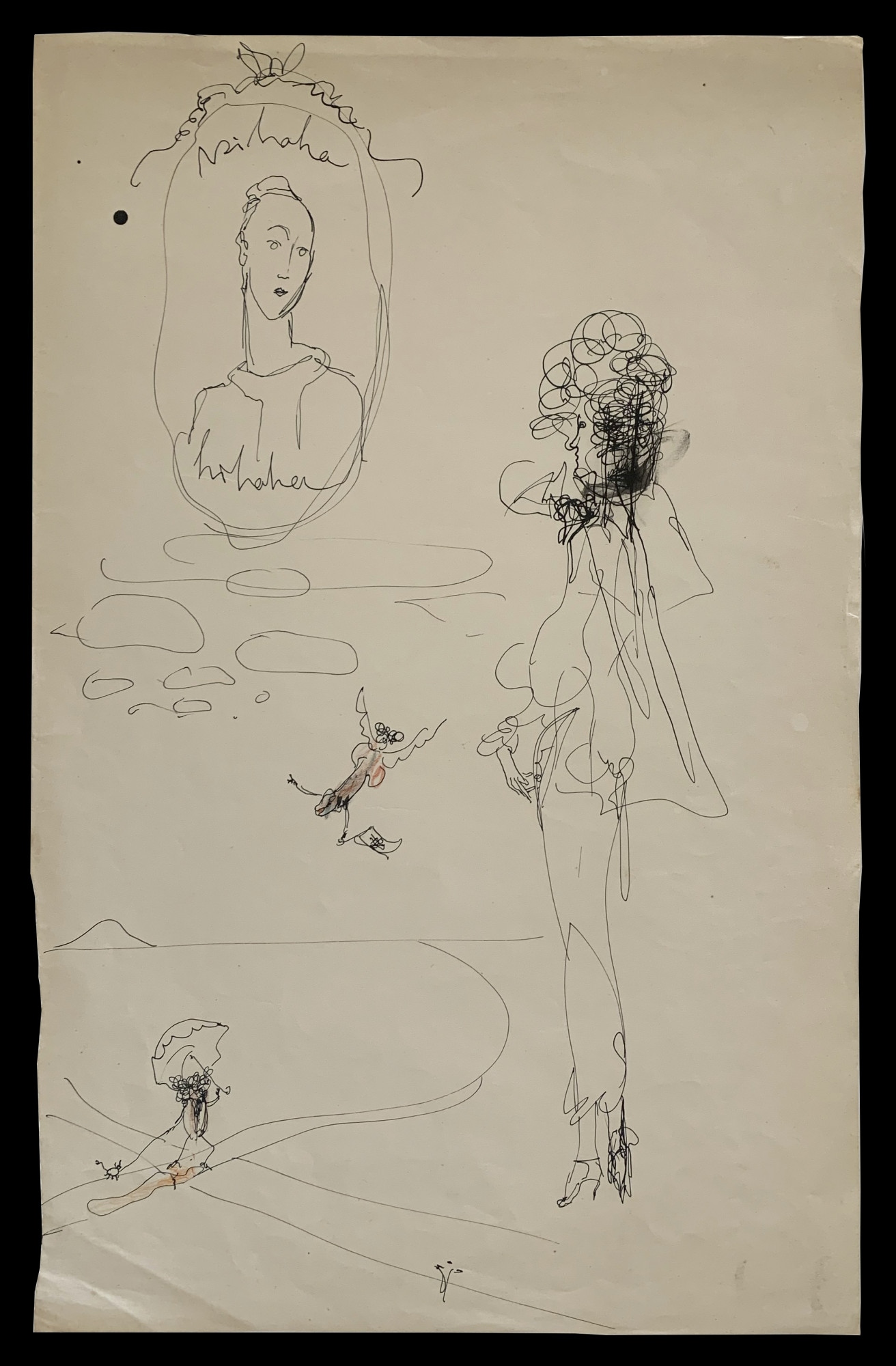
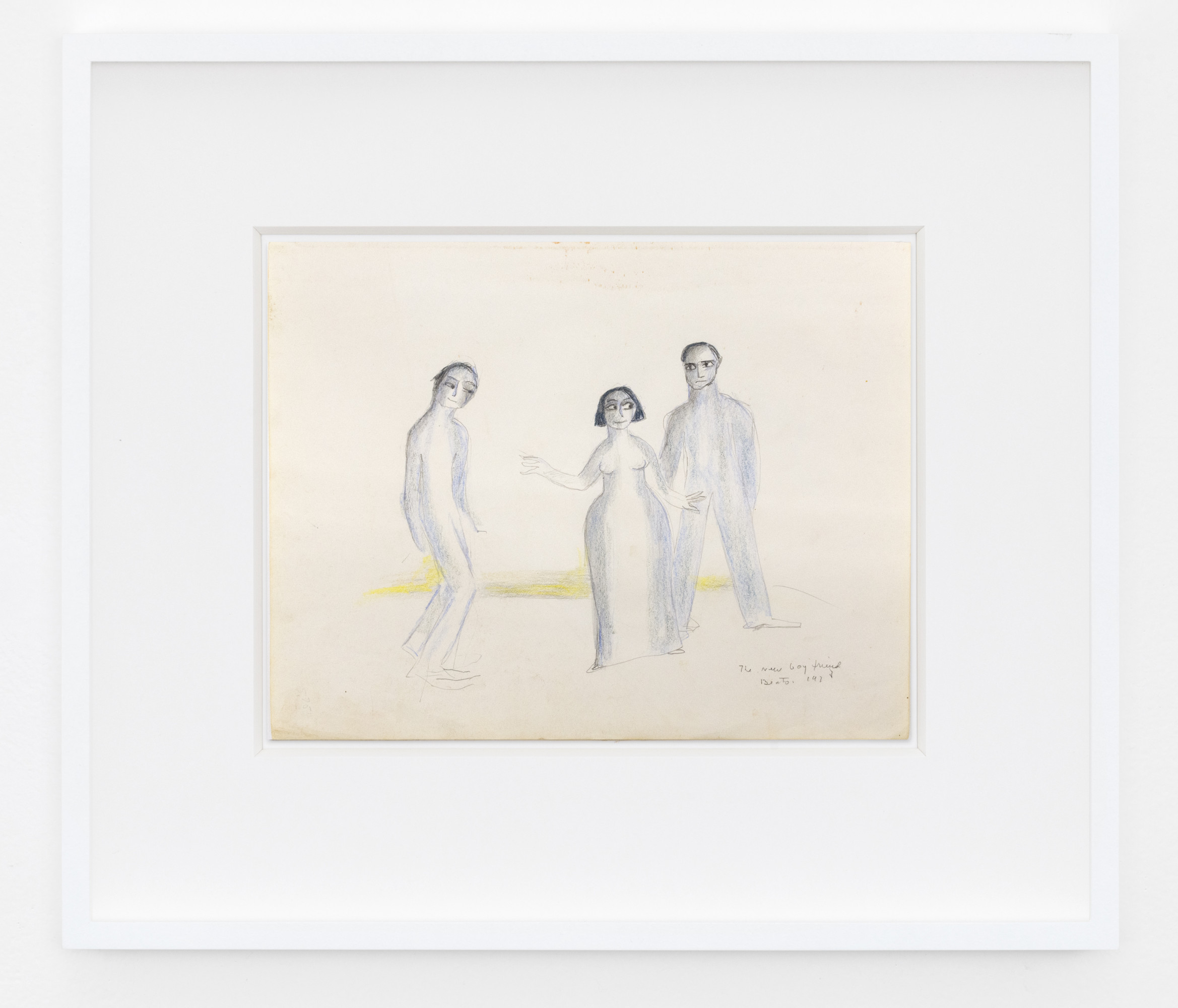
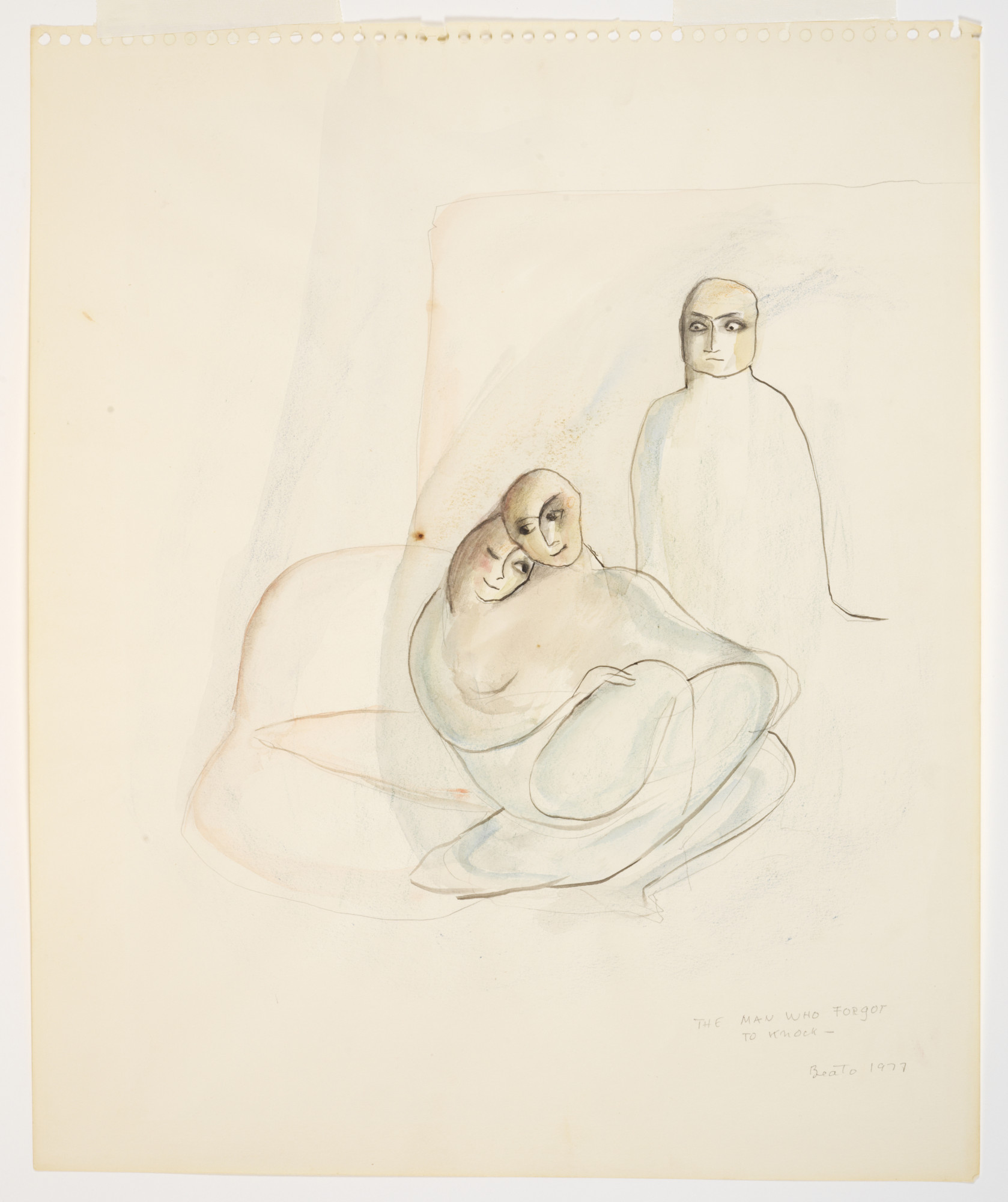
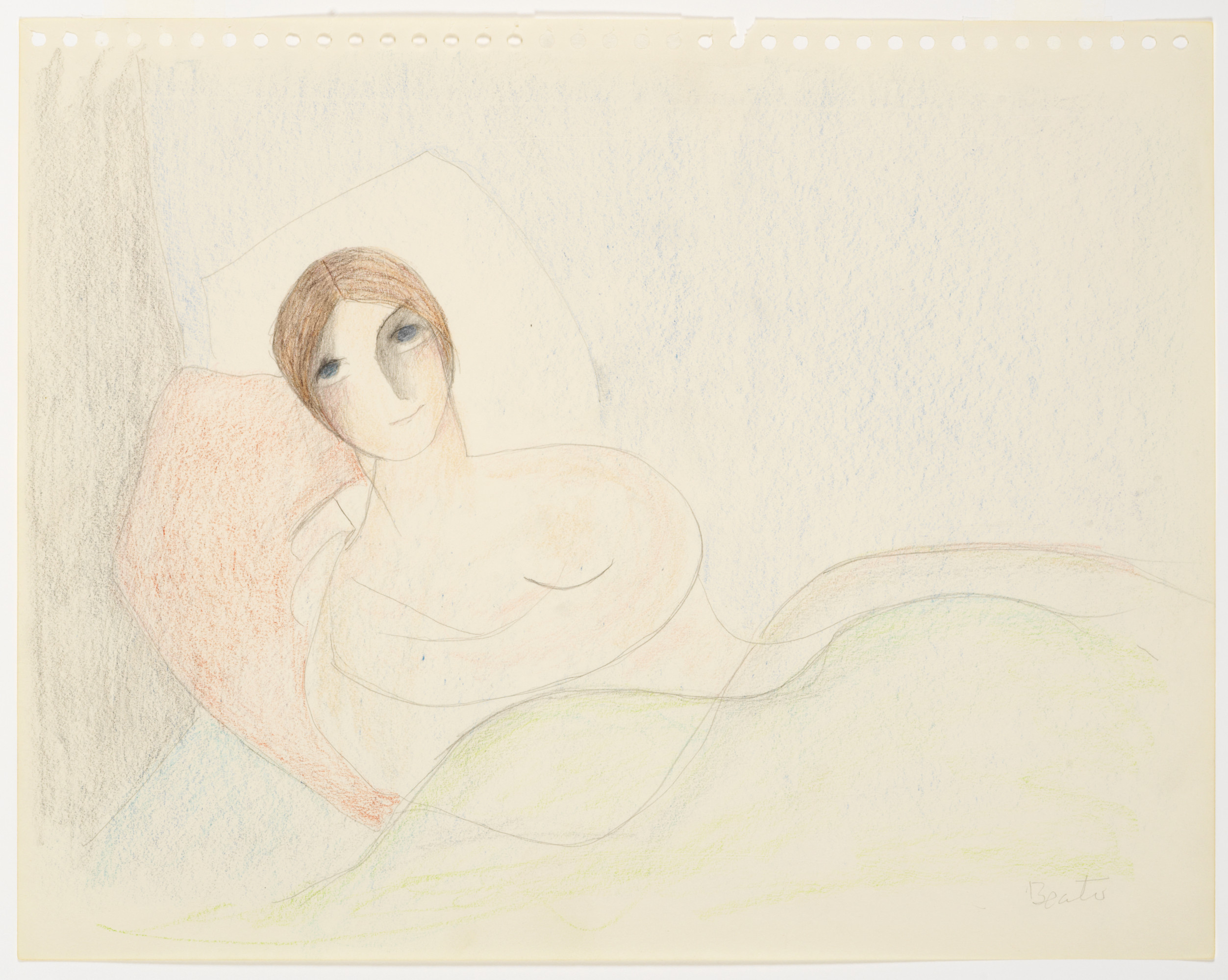
Untitled,
Signed lower right
Graphite and coloured pencil on paper
28 x 35 cm
11 x 13 3/4 in
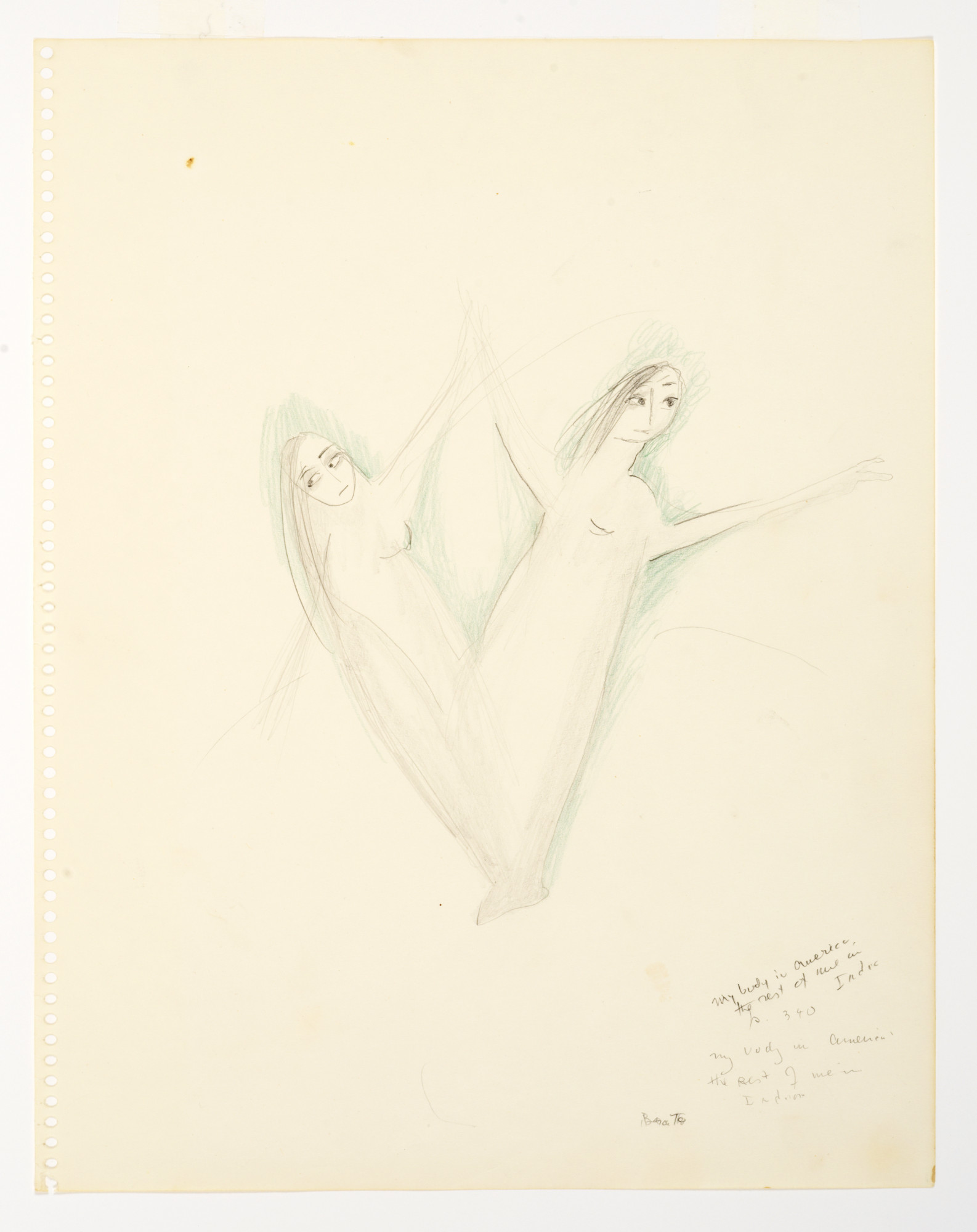
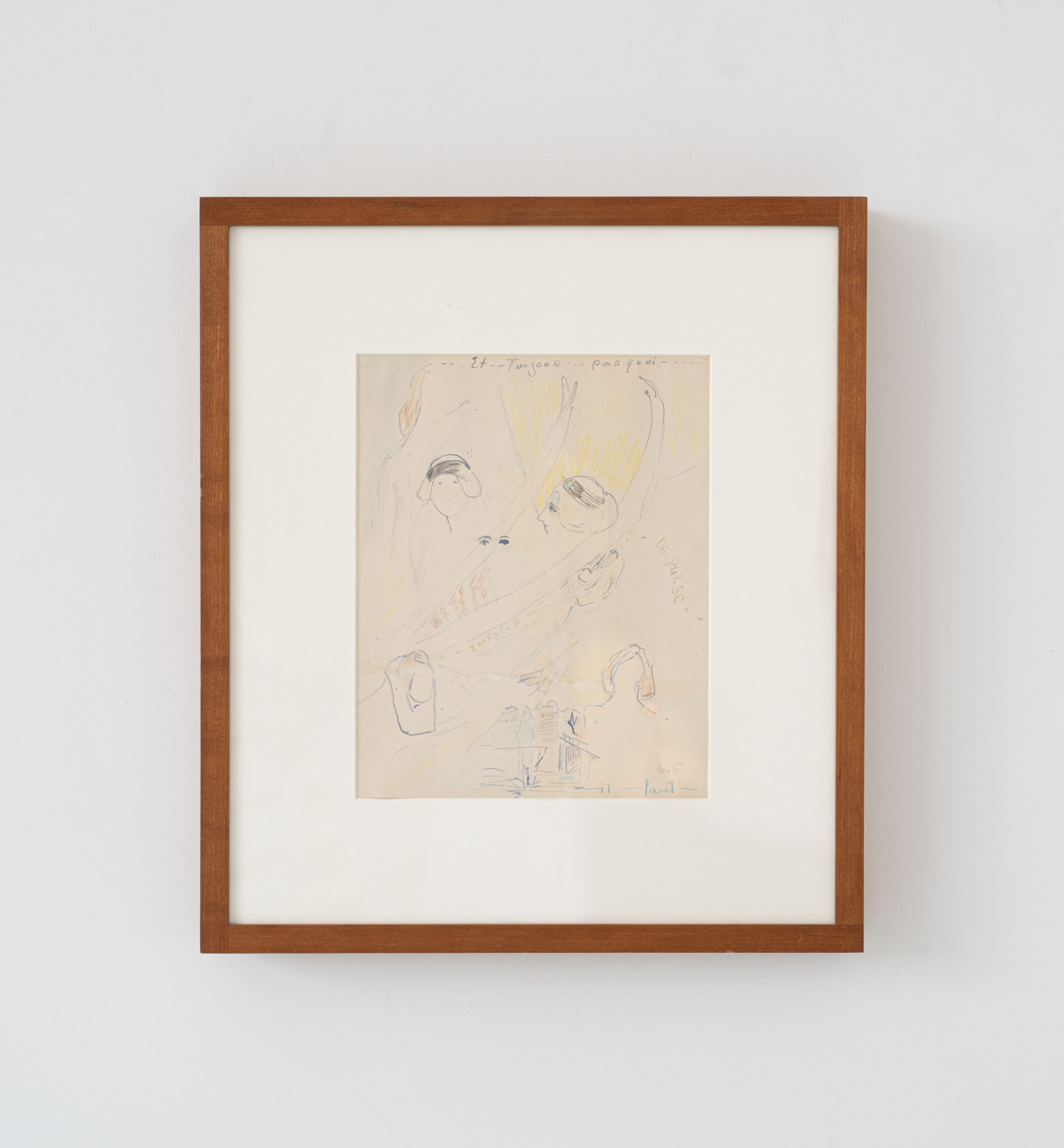
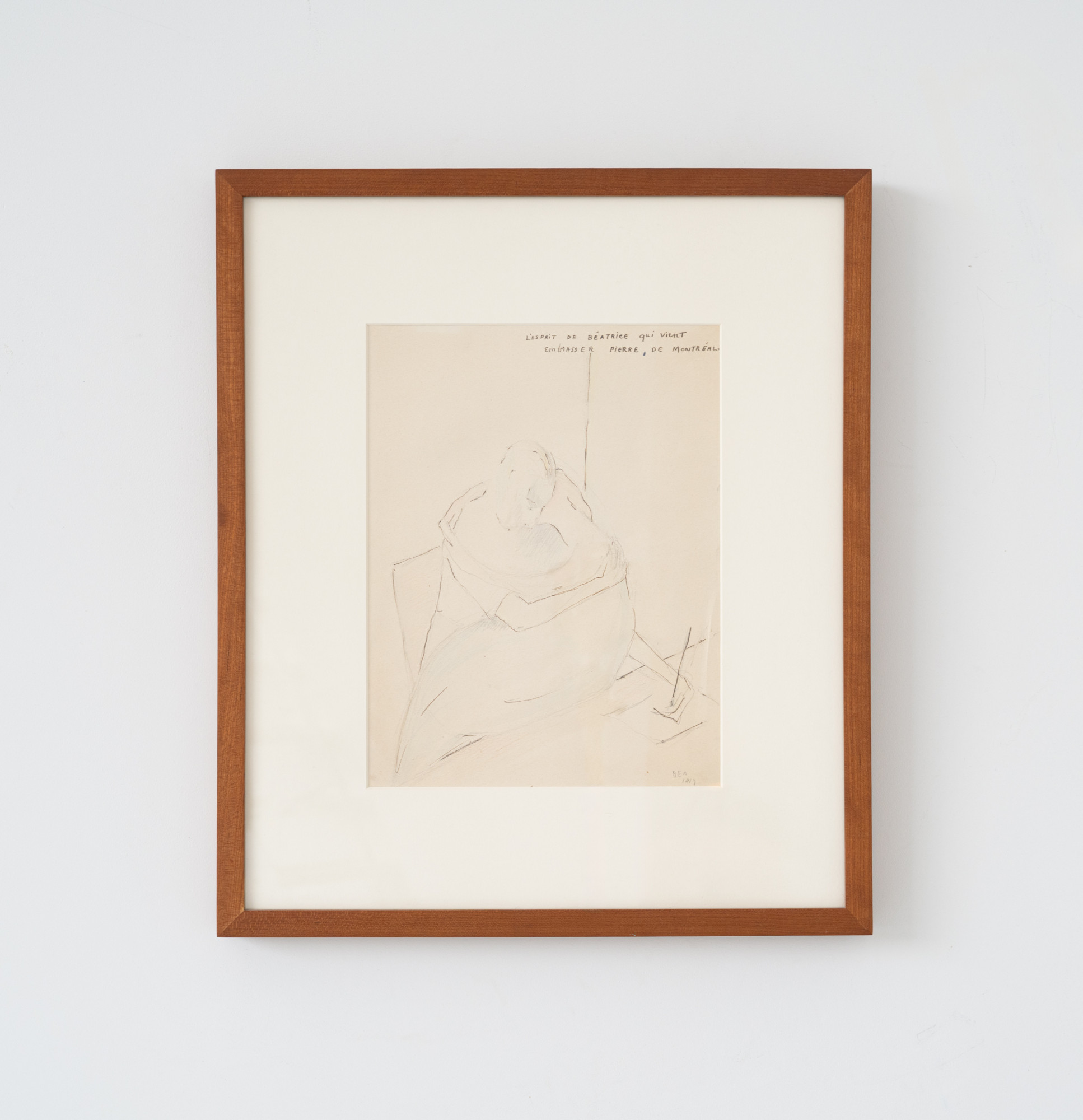
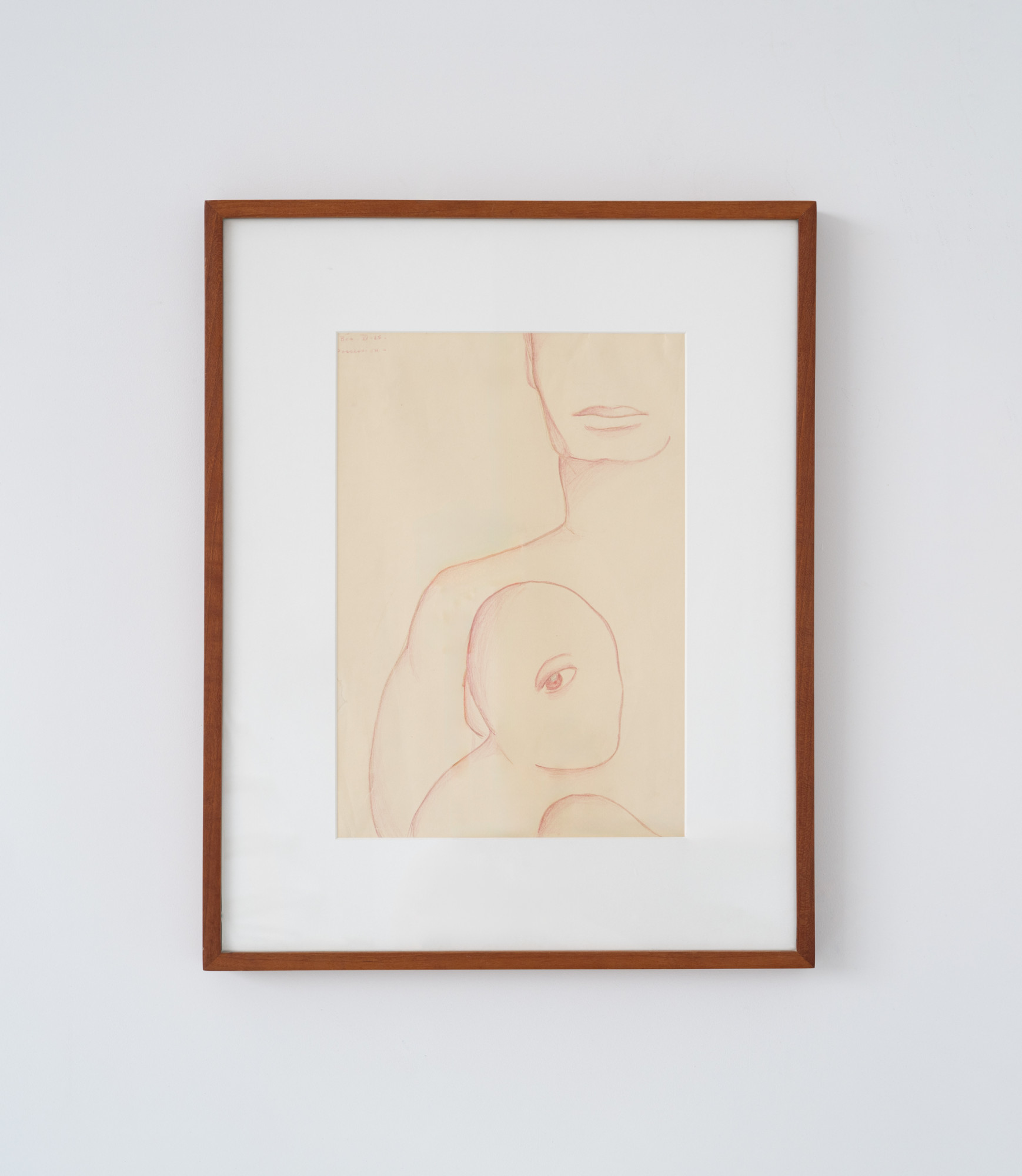
Possession, 1925
Colored pencil on paper
34.3 x 24.1 cm
13 1/2 x 9 1/2 in
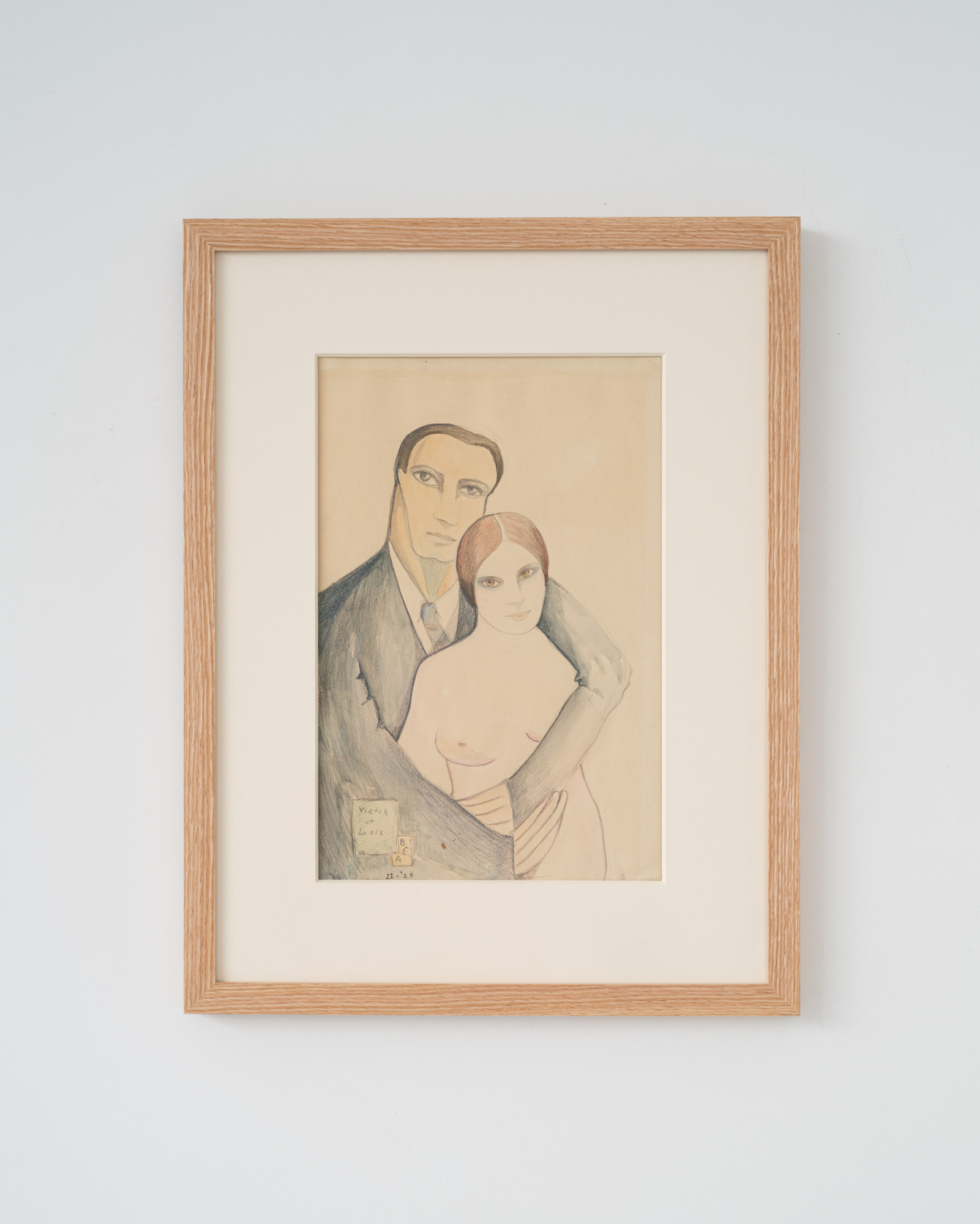
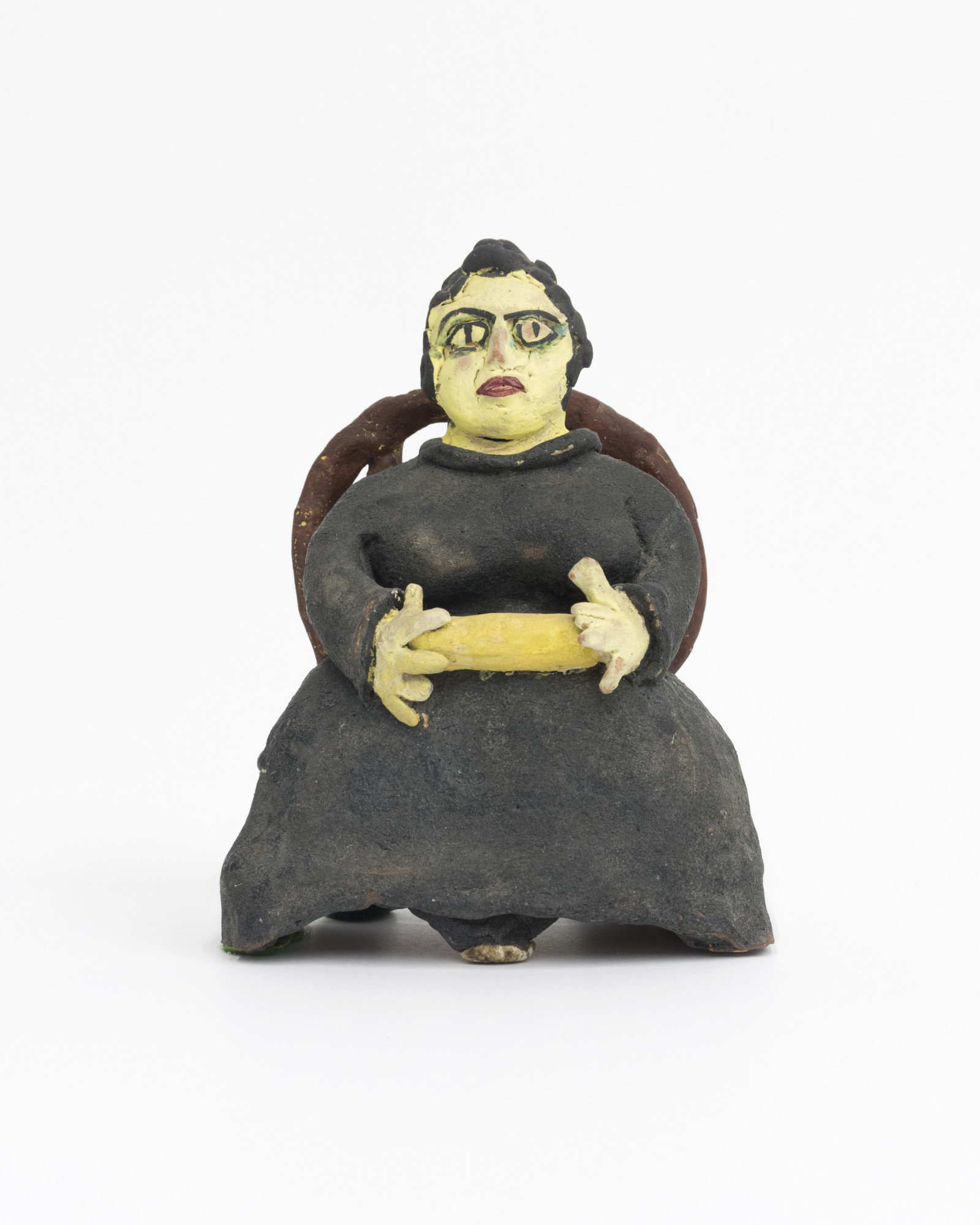
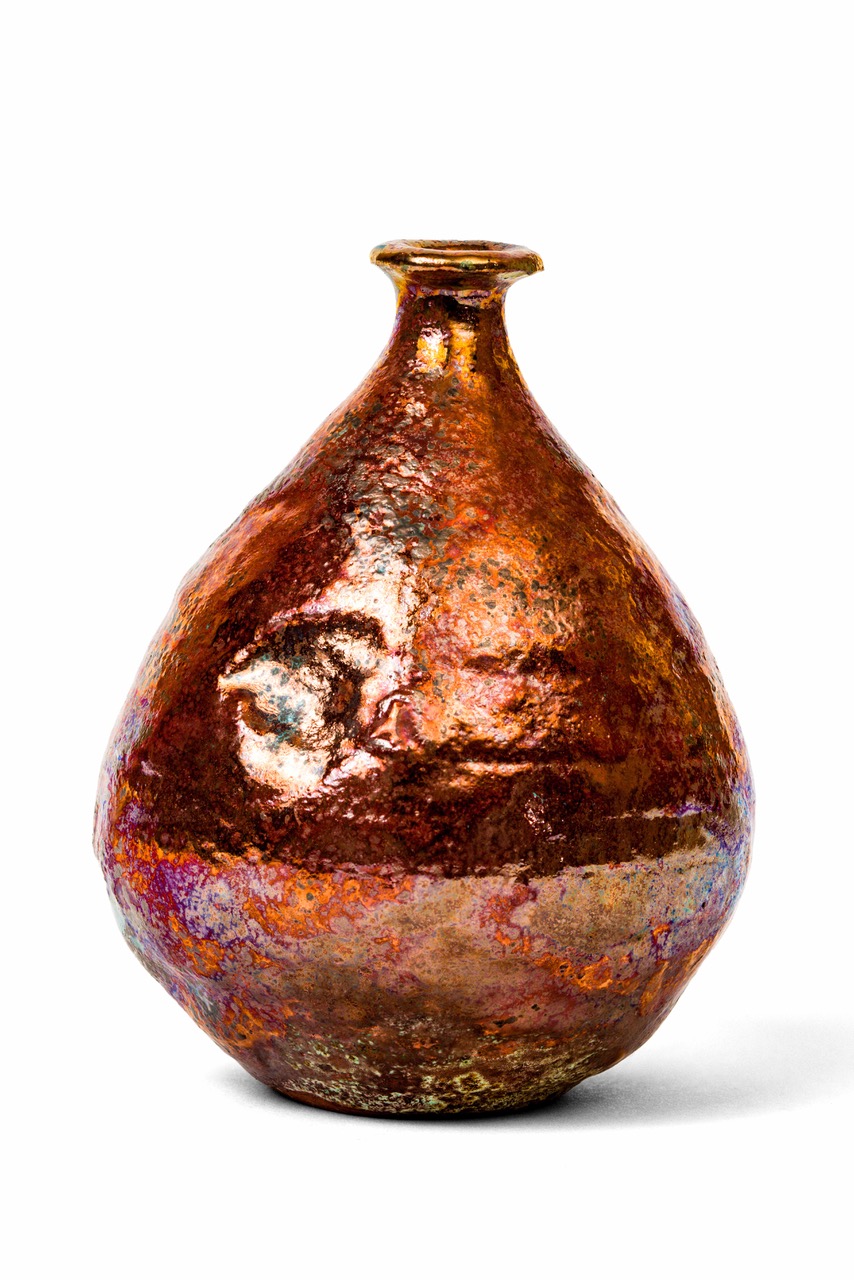
Bud Vase 1, 1975
6.3 x 6.3 x 8.3 cm
2 1/2 x 2 1/2 x 3 1/4 in
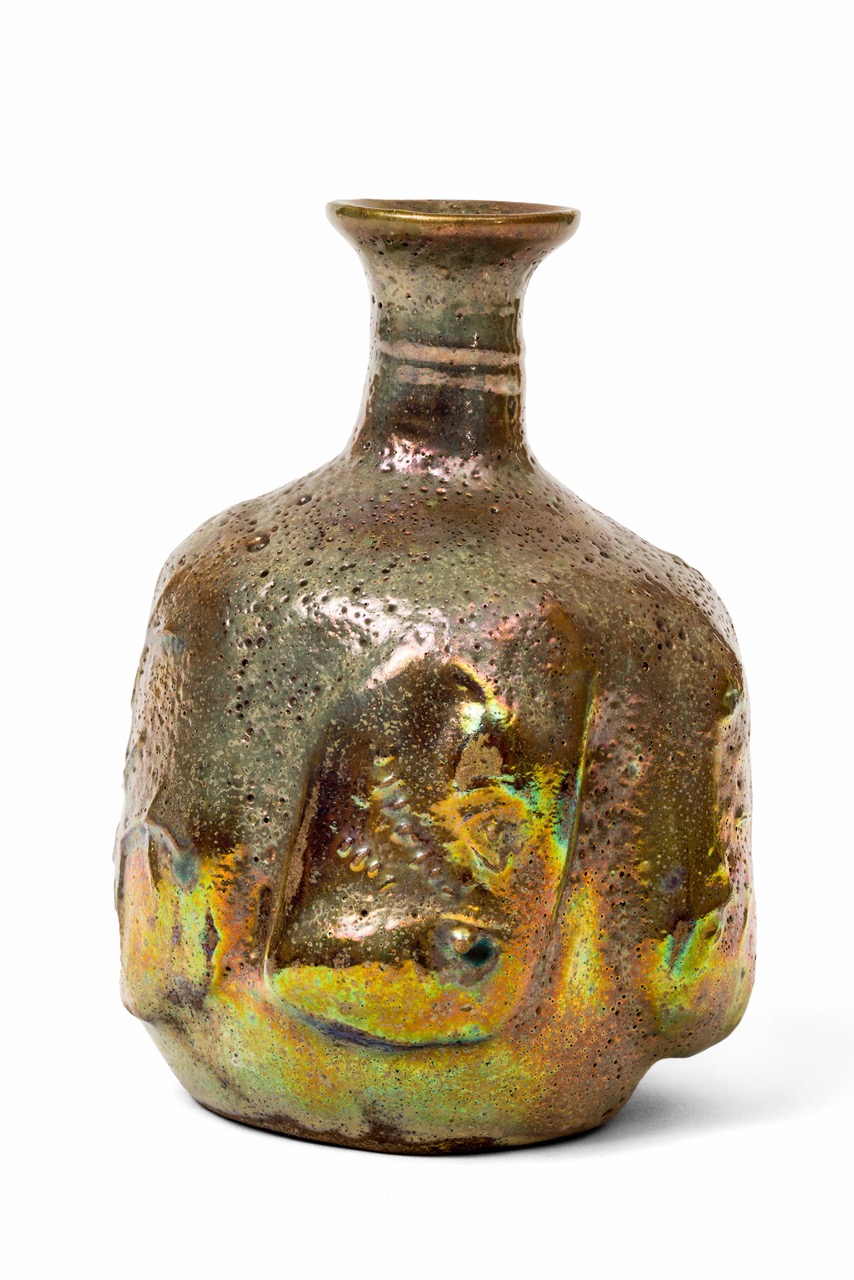
Bud Vase 2, circa 1990
6.3 x 6.3 x 9.5 cm
2 1/2 x 2 1/2 x 3 3/4 in
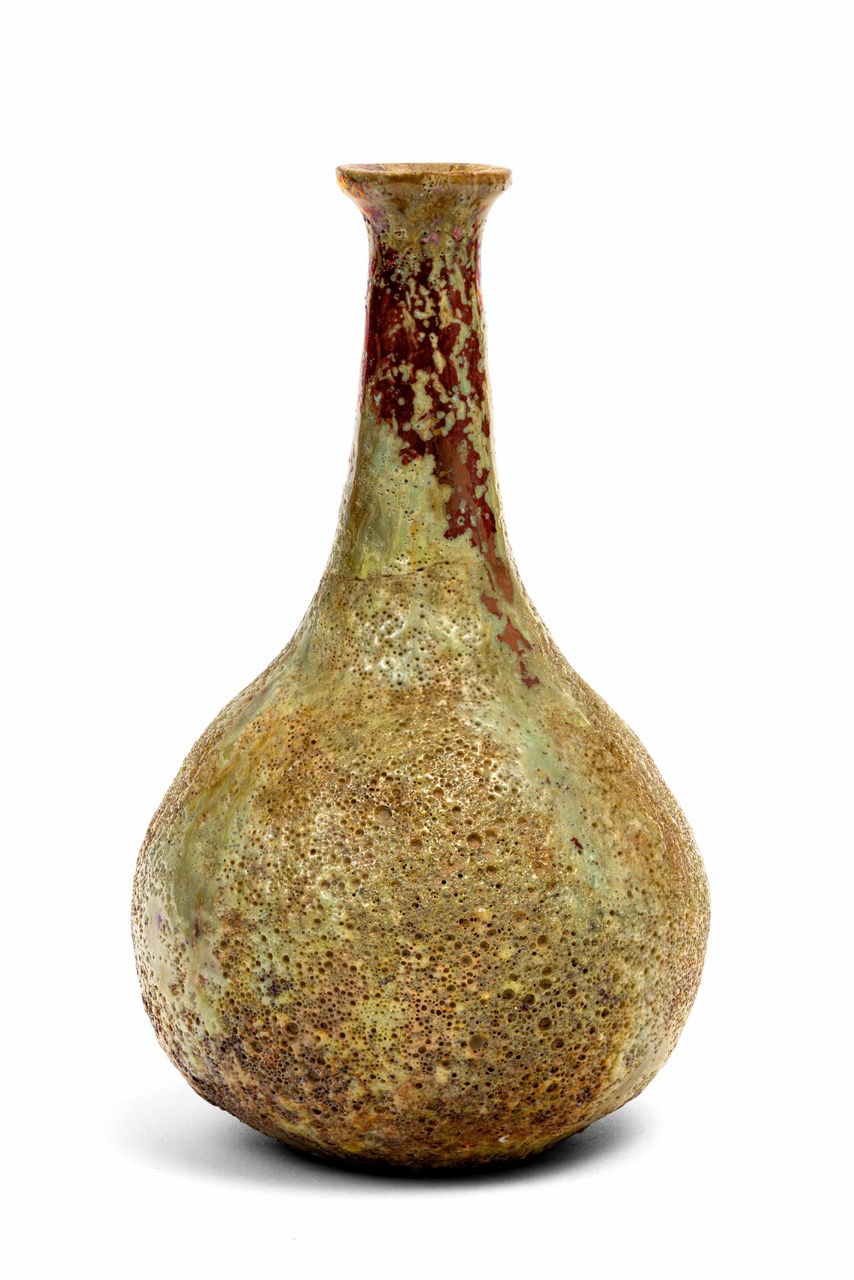
Bud Vase 3, 1985
7 x 7 x 11.4 cm
2 3/4 x 2 3/4 x 4 1/2 in
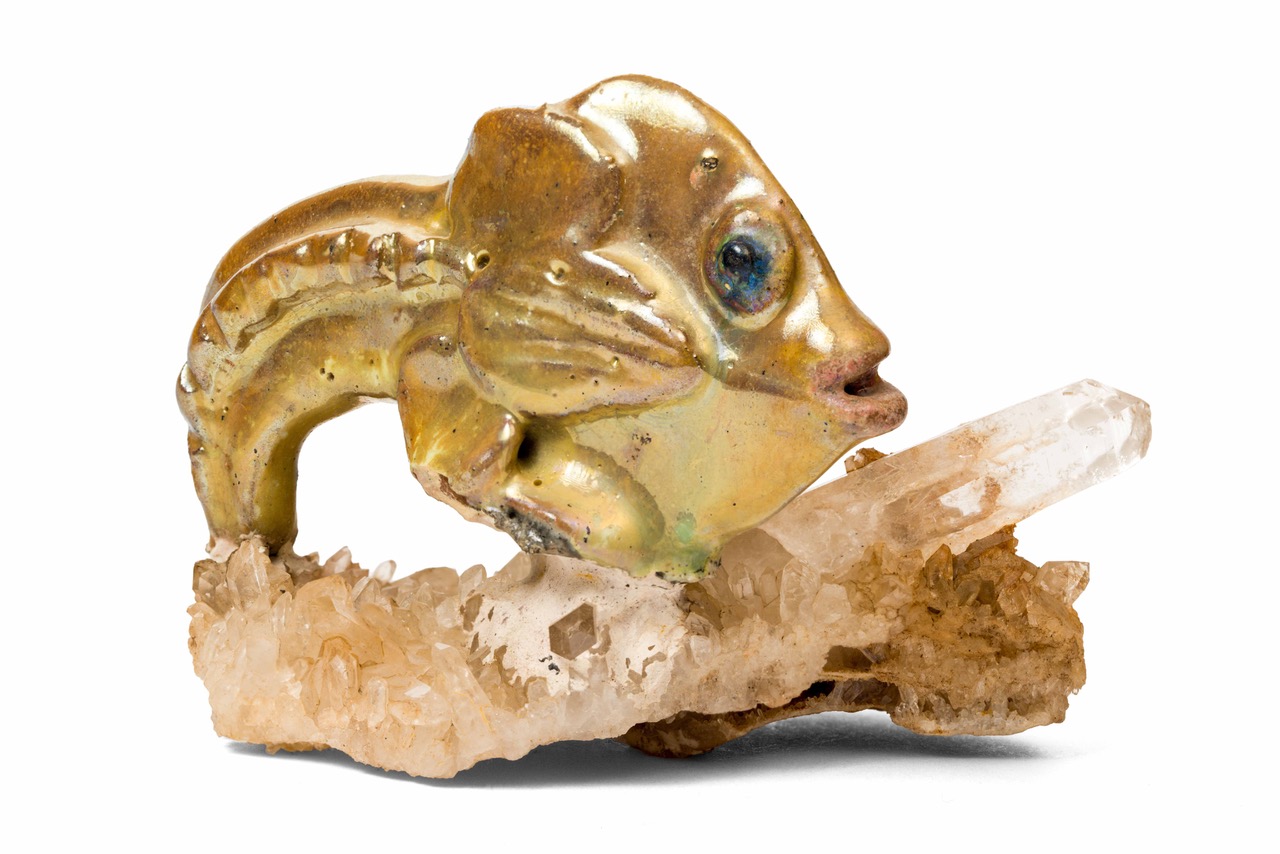
Fish, 1990
7 x 10.2 x 7 cm
2 3/4 x 4 x 2 3/4 in
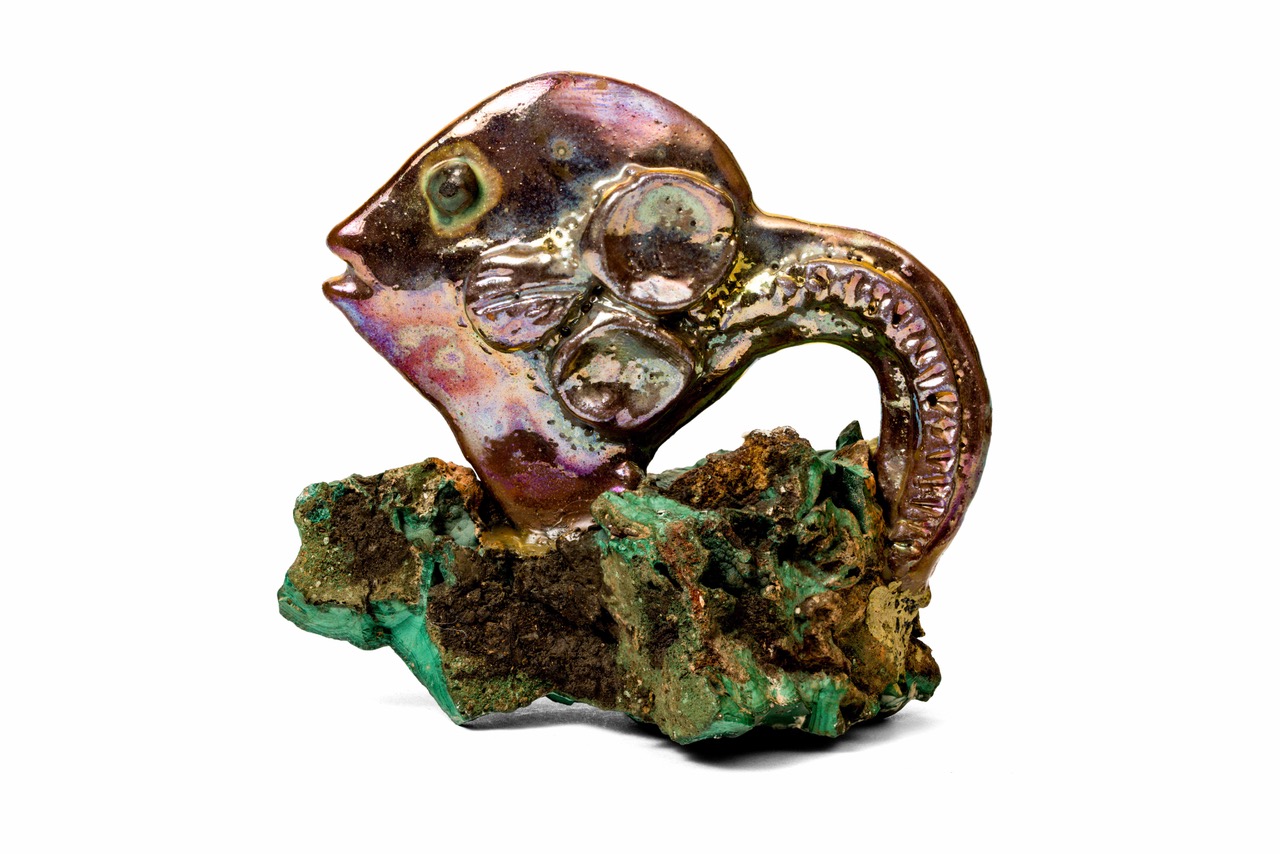
Fish, 1985
7.6 x 10.2 x 9.5 cm
3 x 4 x 3 3/4 in
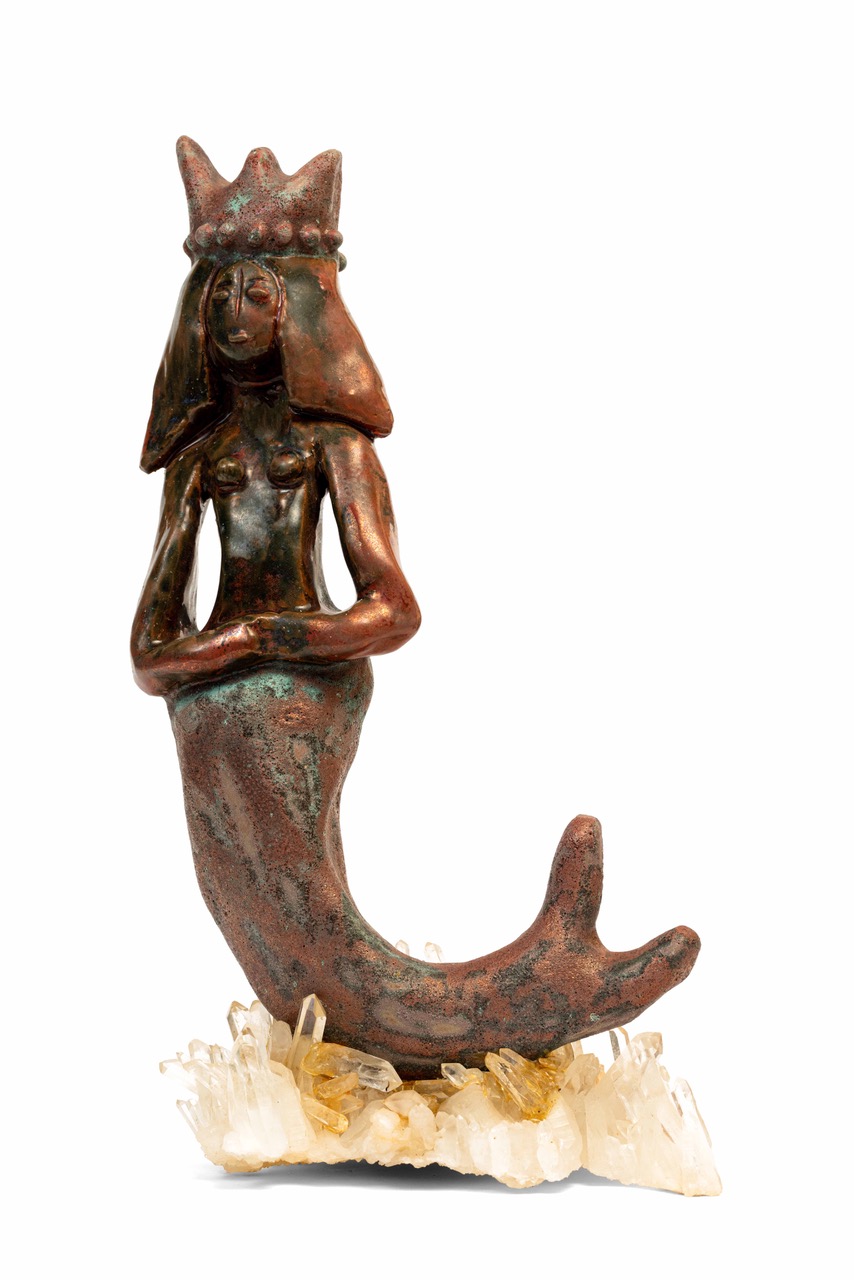
Mermaid, 1985
3.3 x 16.5 x 29.8 cm
5 1/4 x 6 1/2 x 11 3/4 in
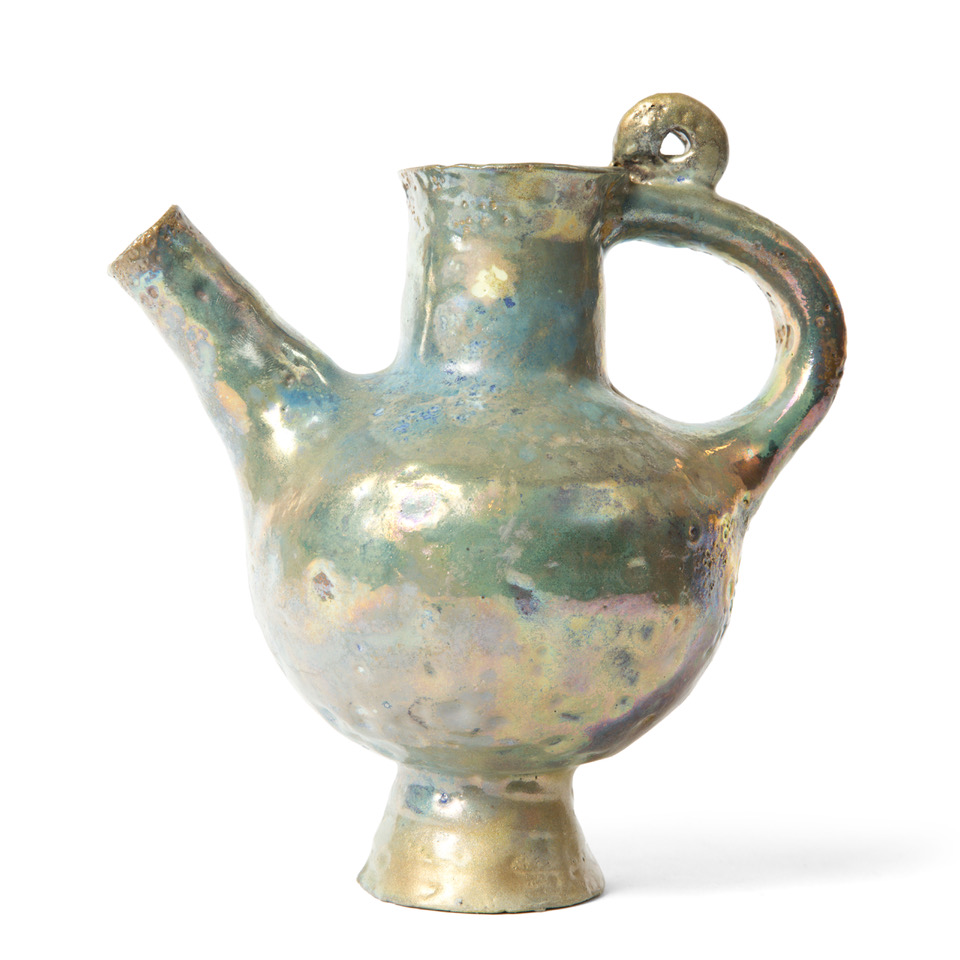
Ewer, 1985
9.5 x 14.6 x 15.9 cm
3 3/4 x 5 3/4 x 6 1/4 in
